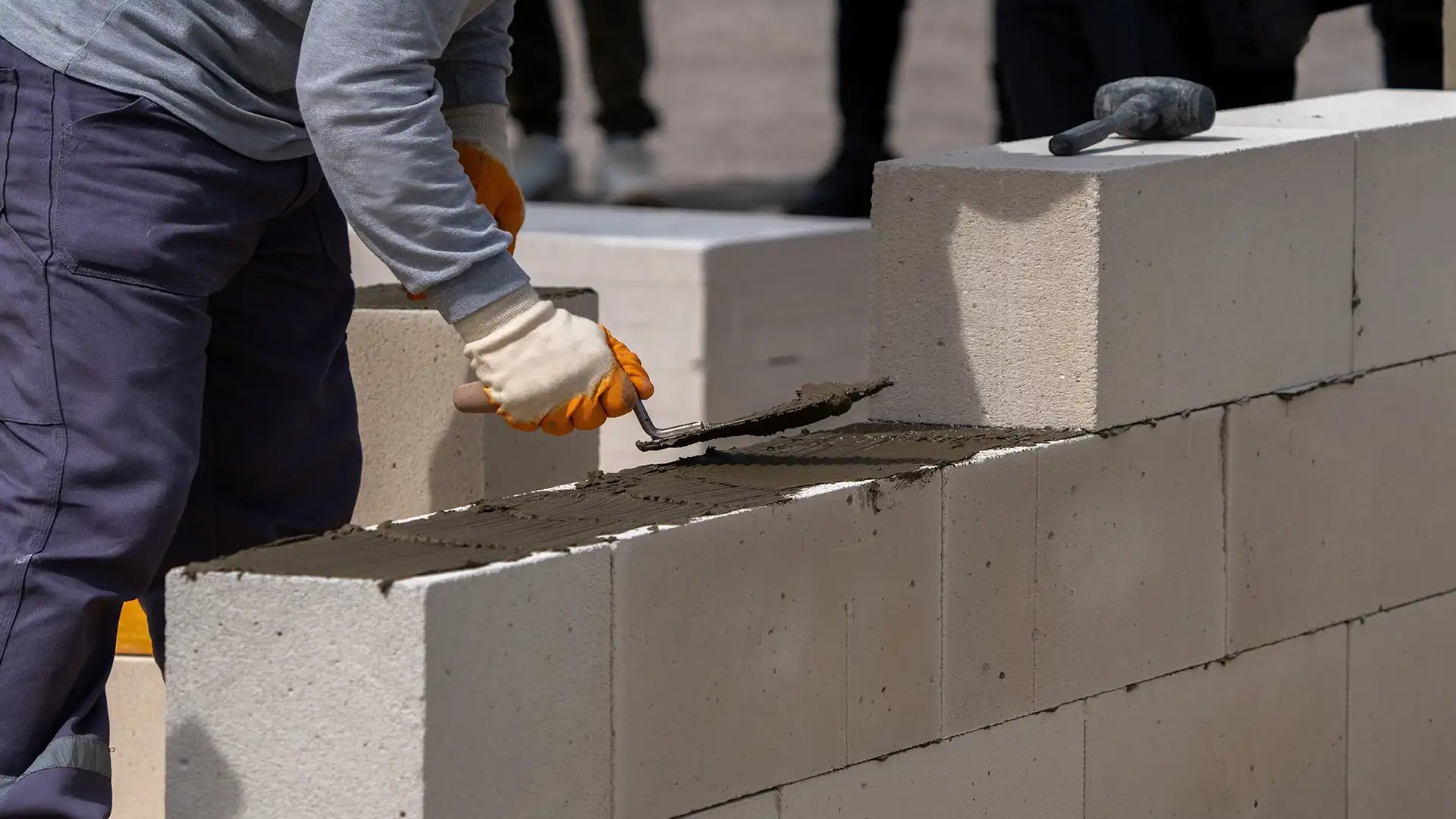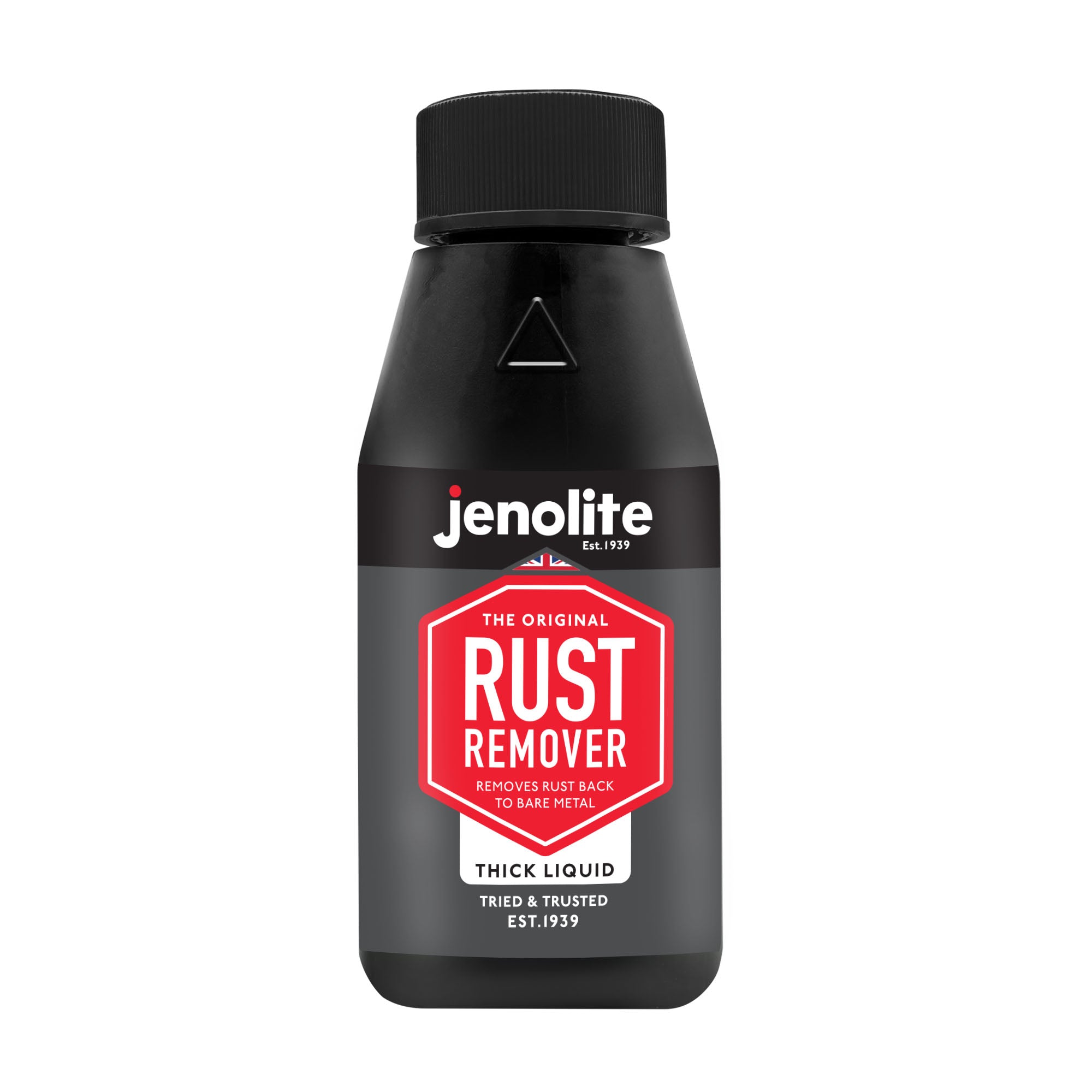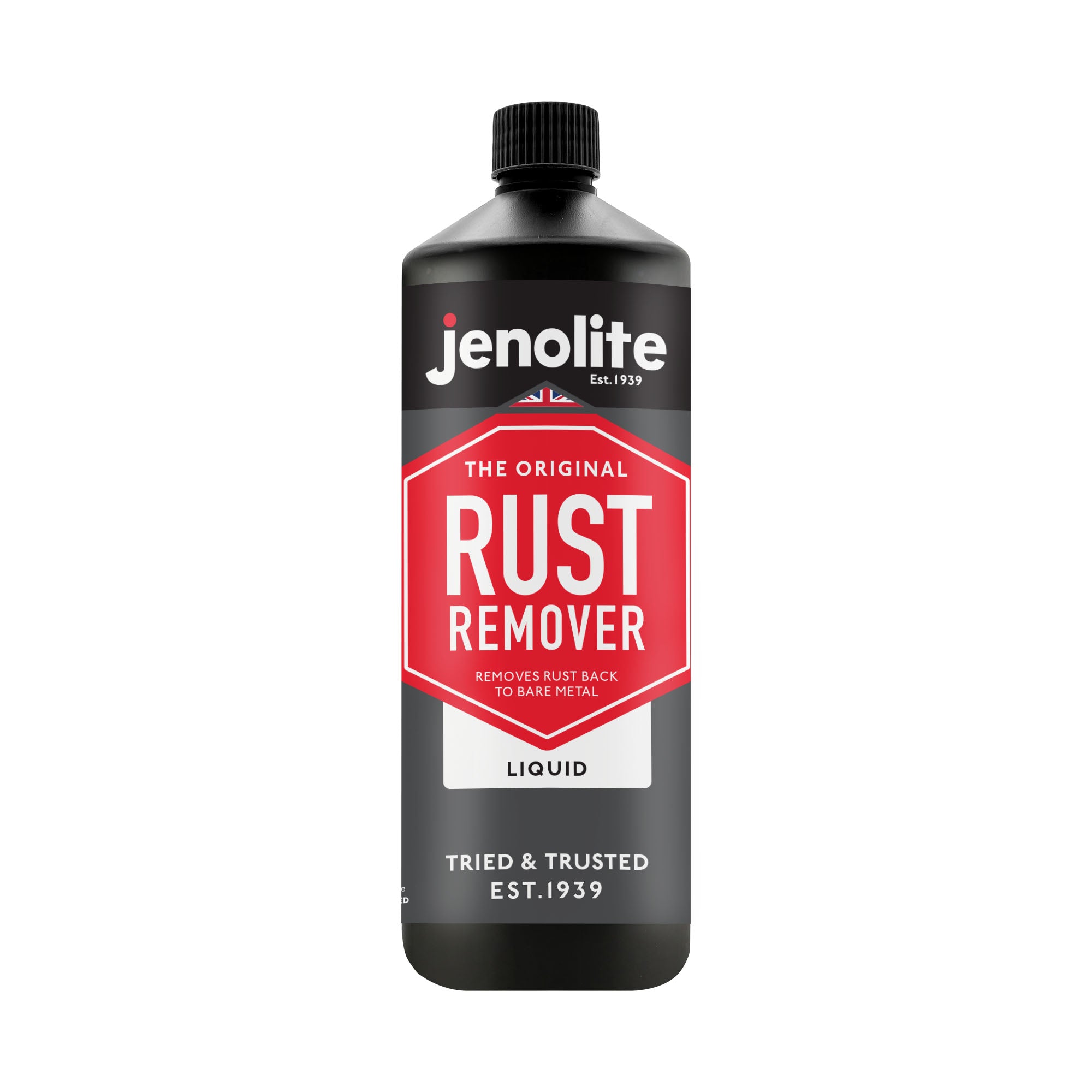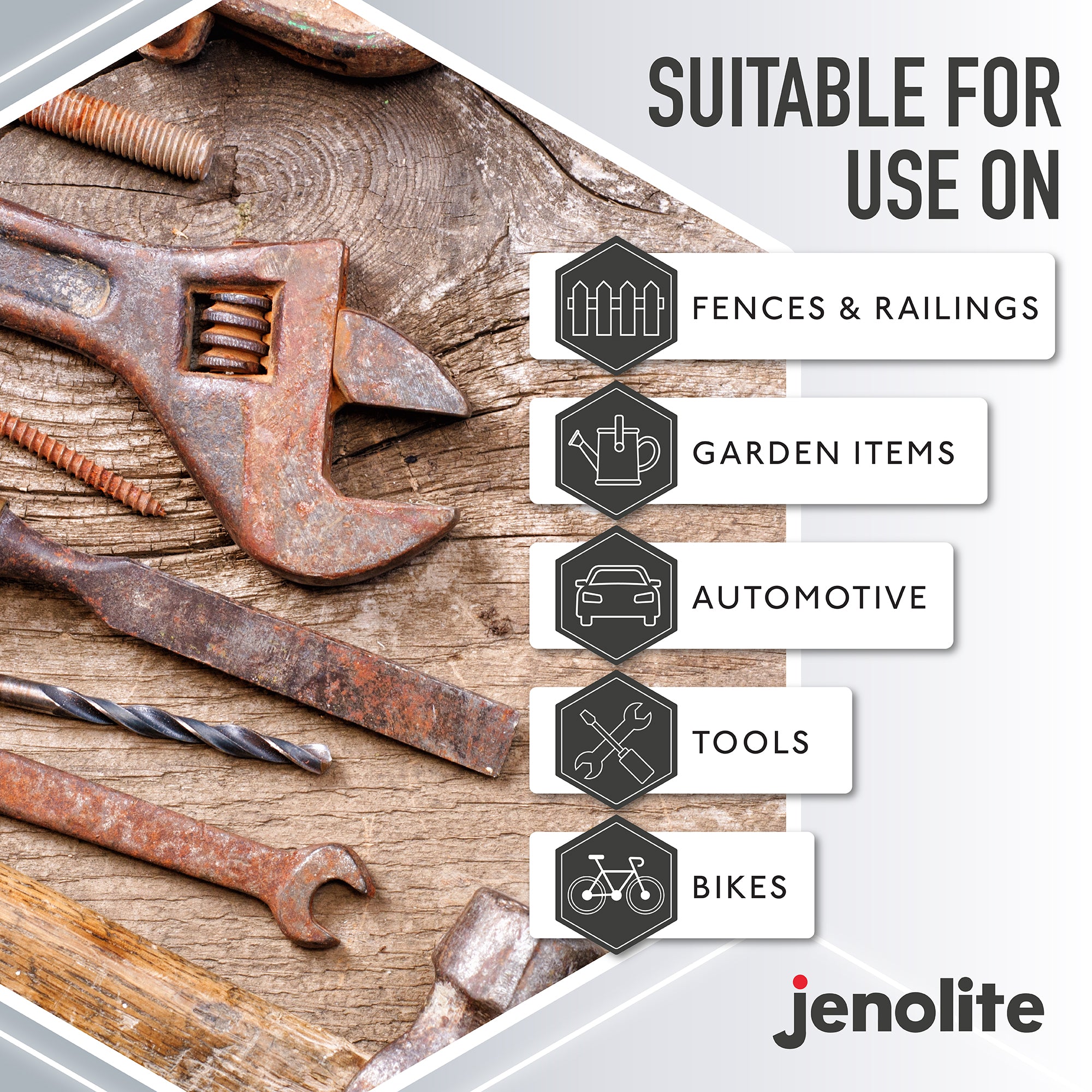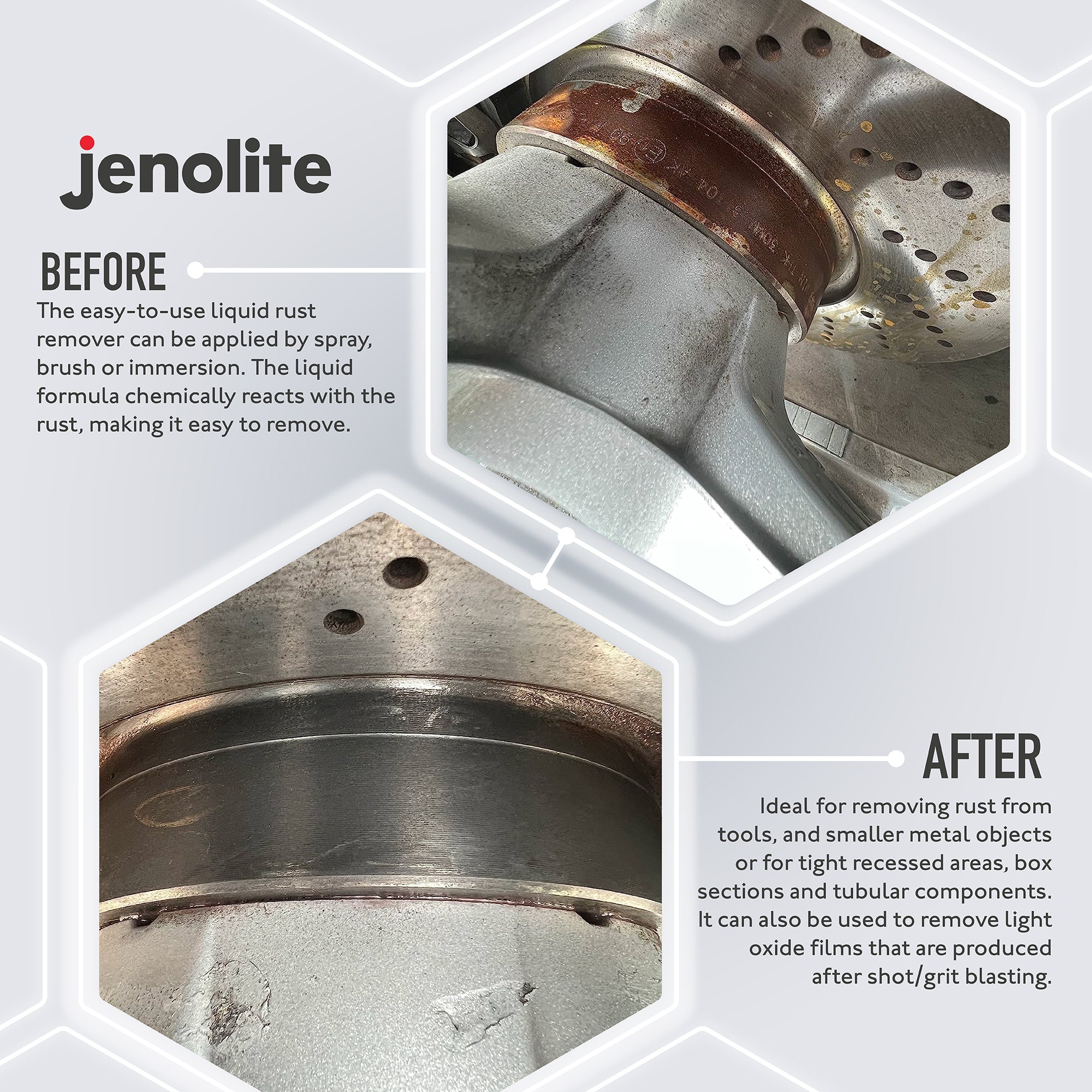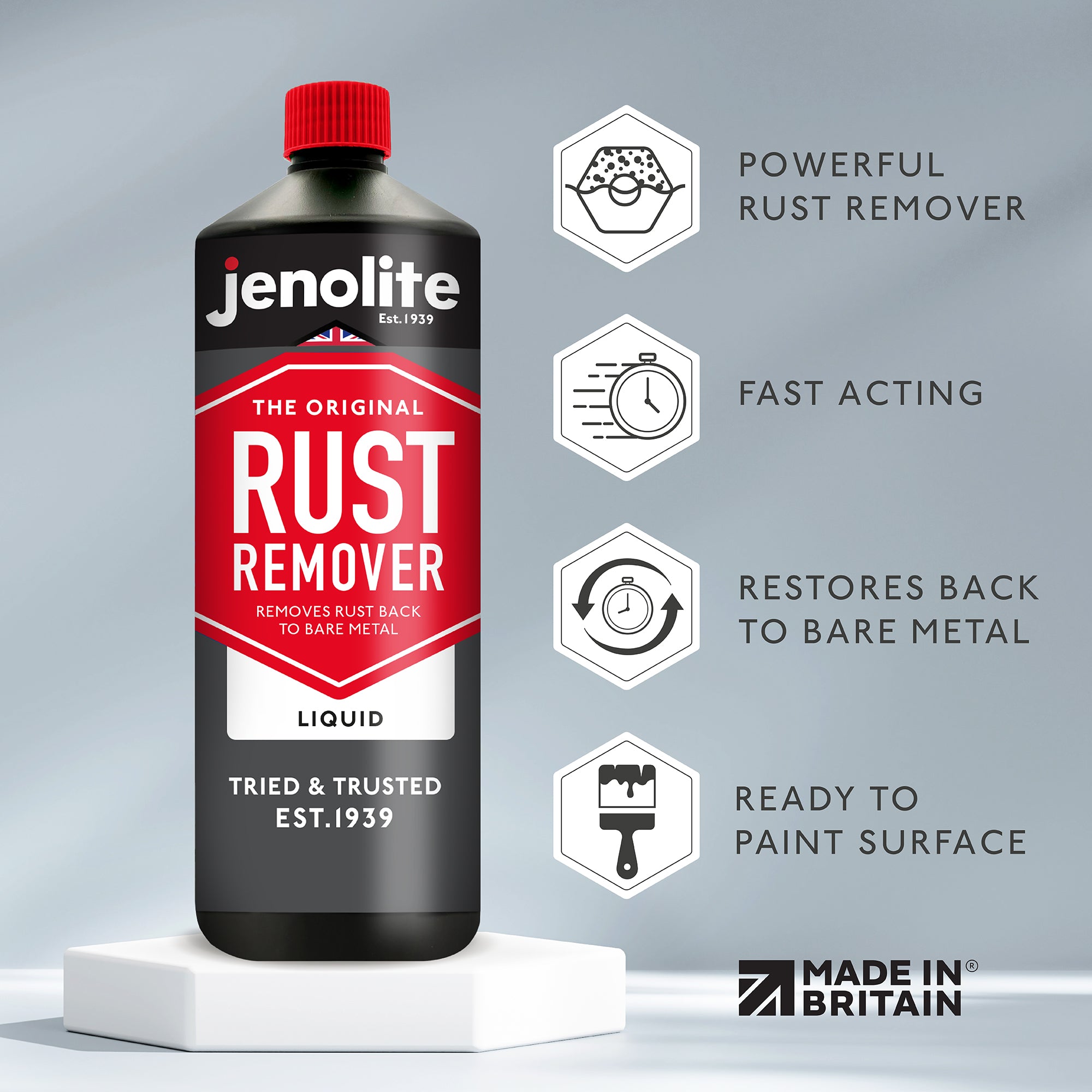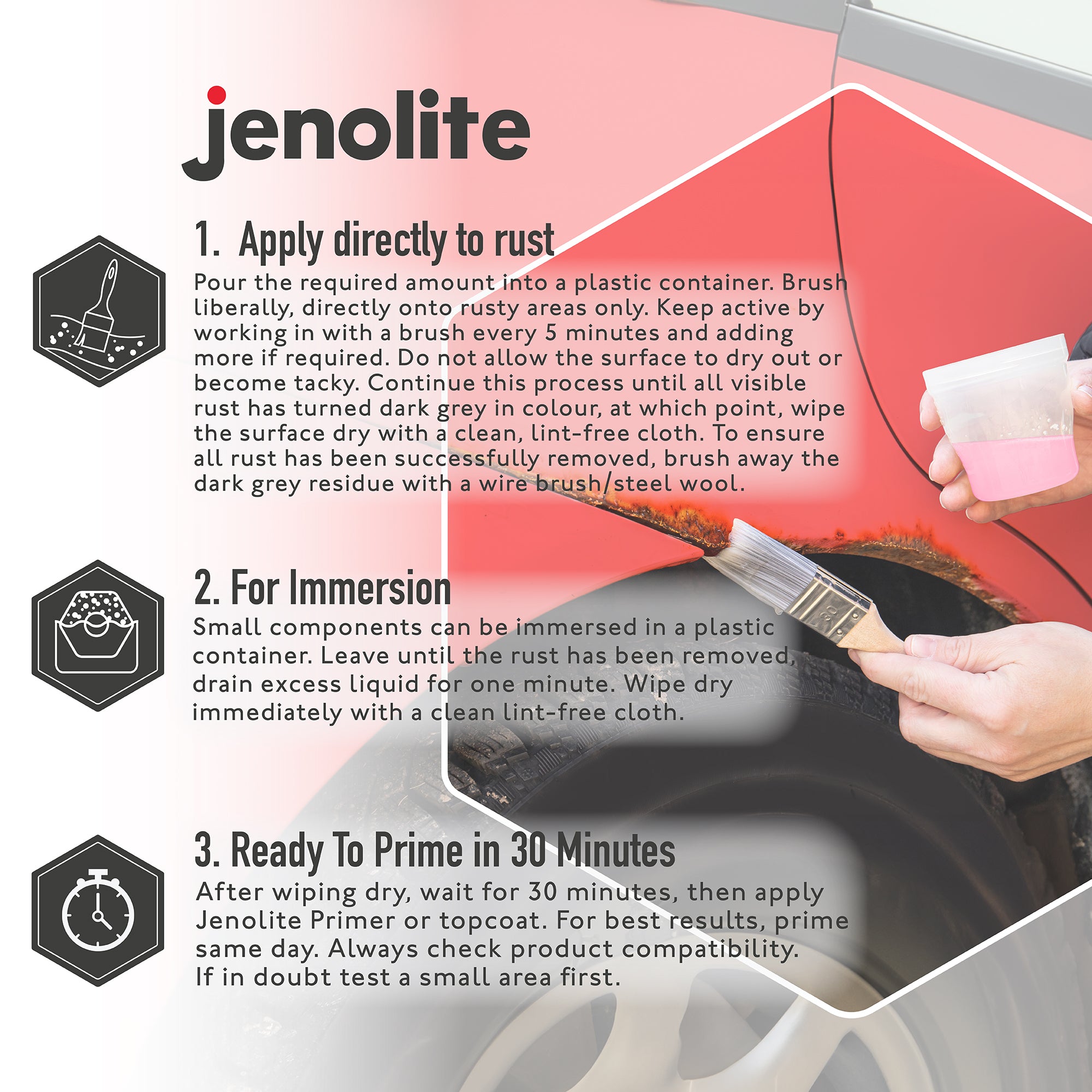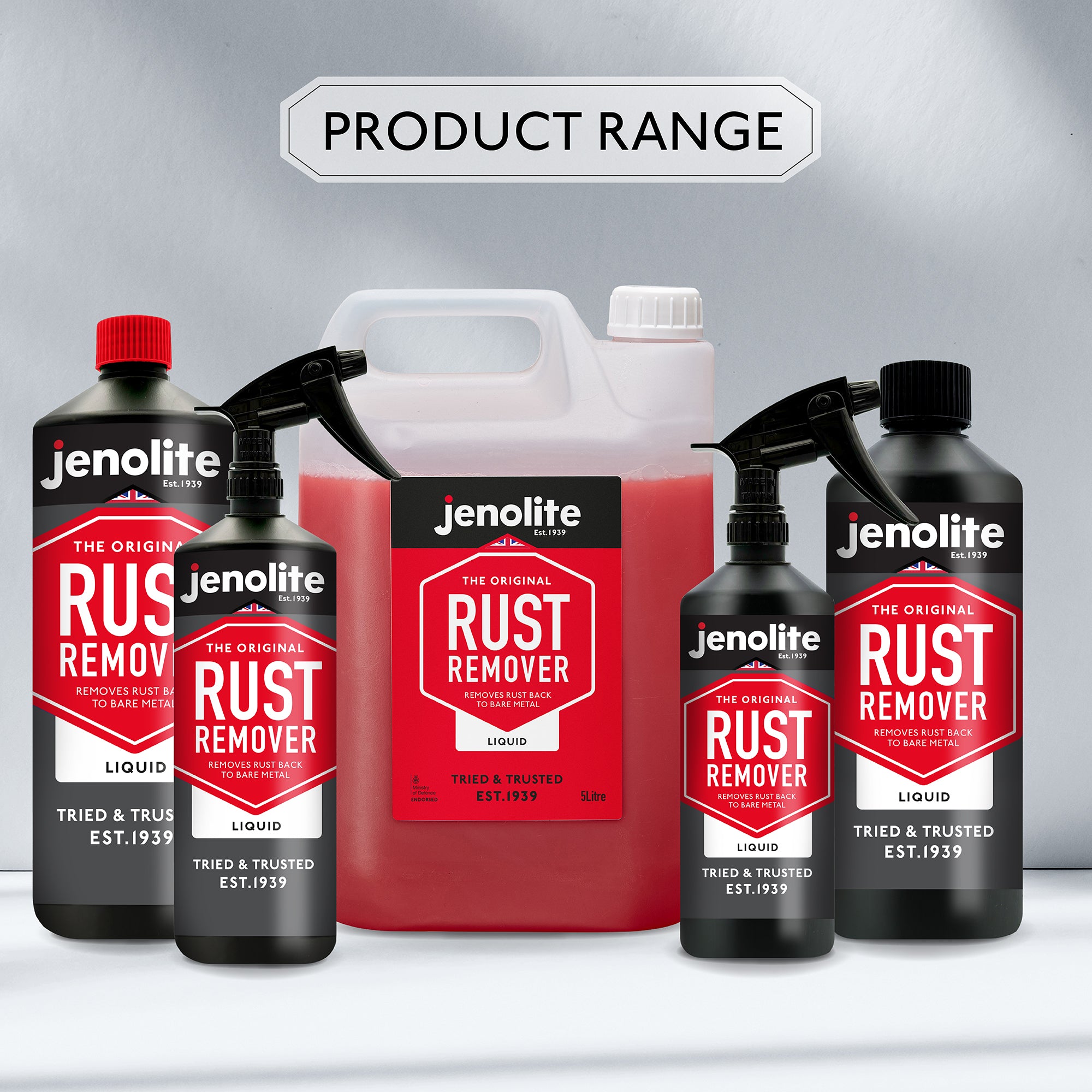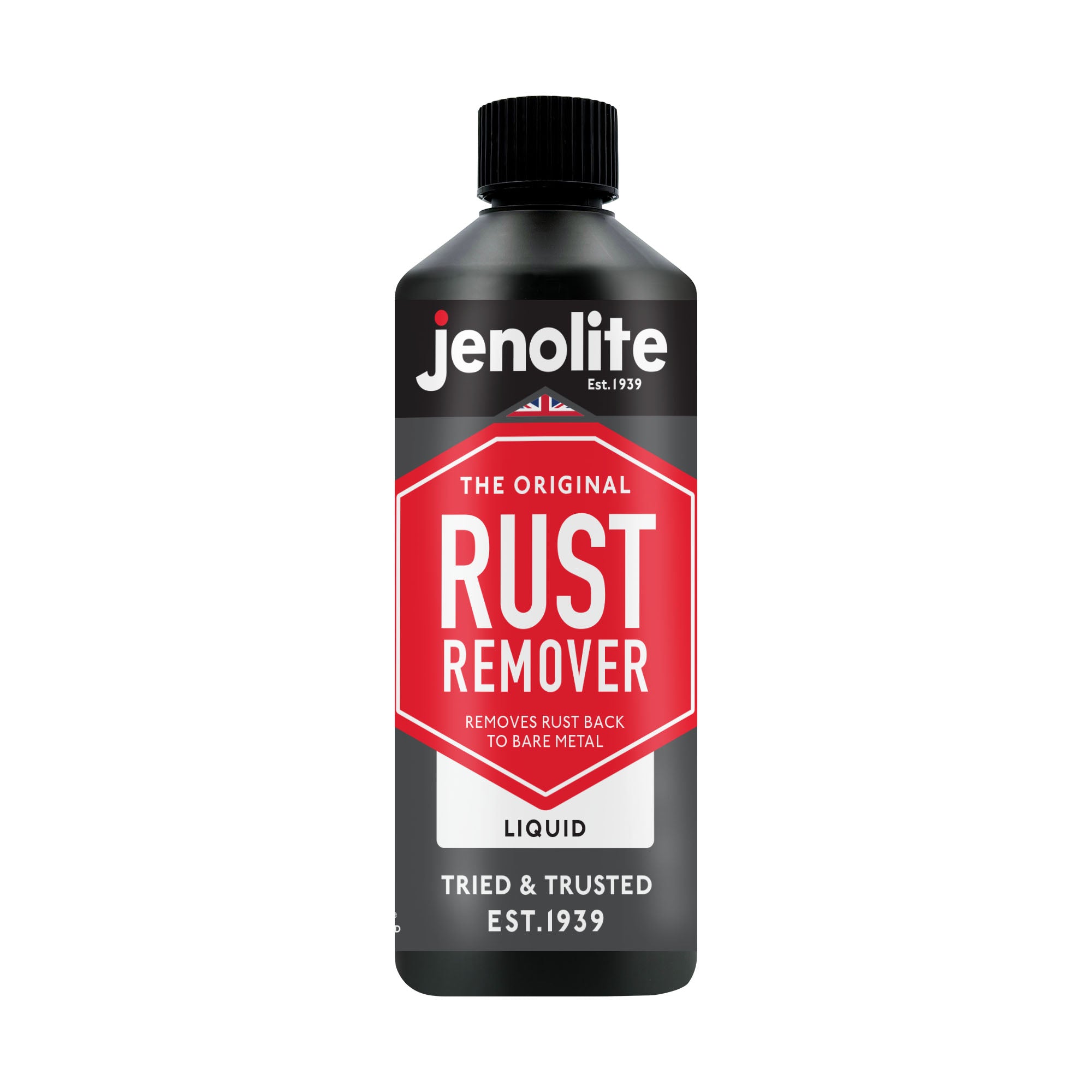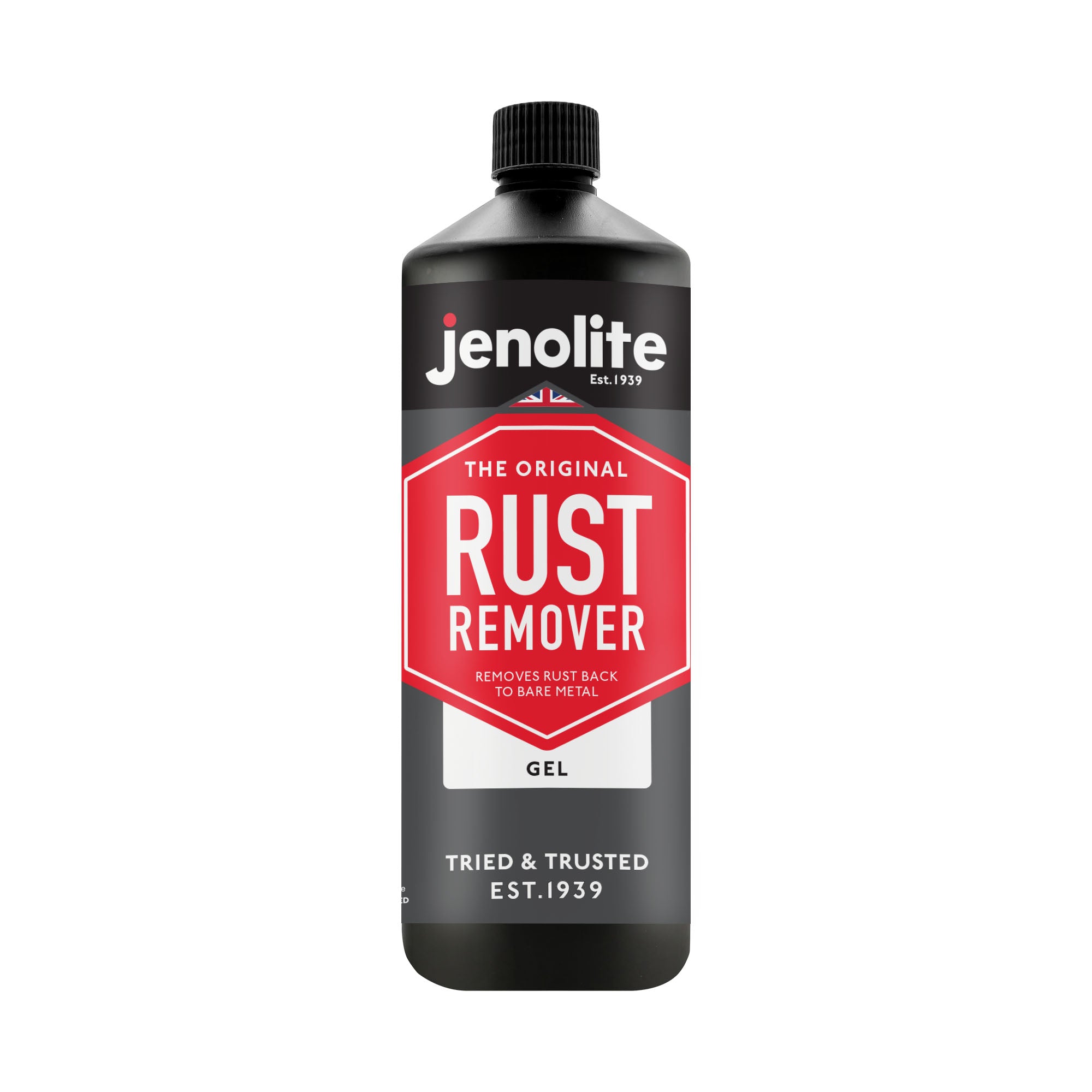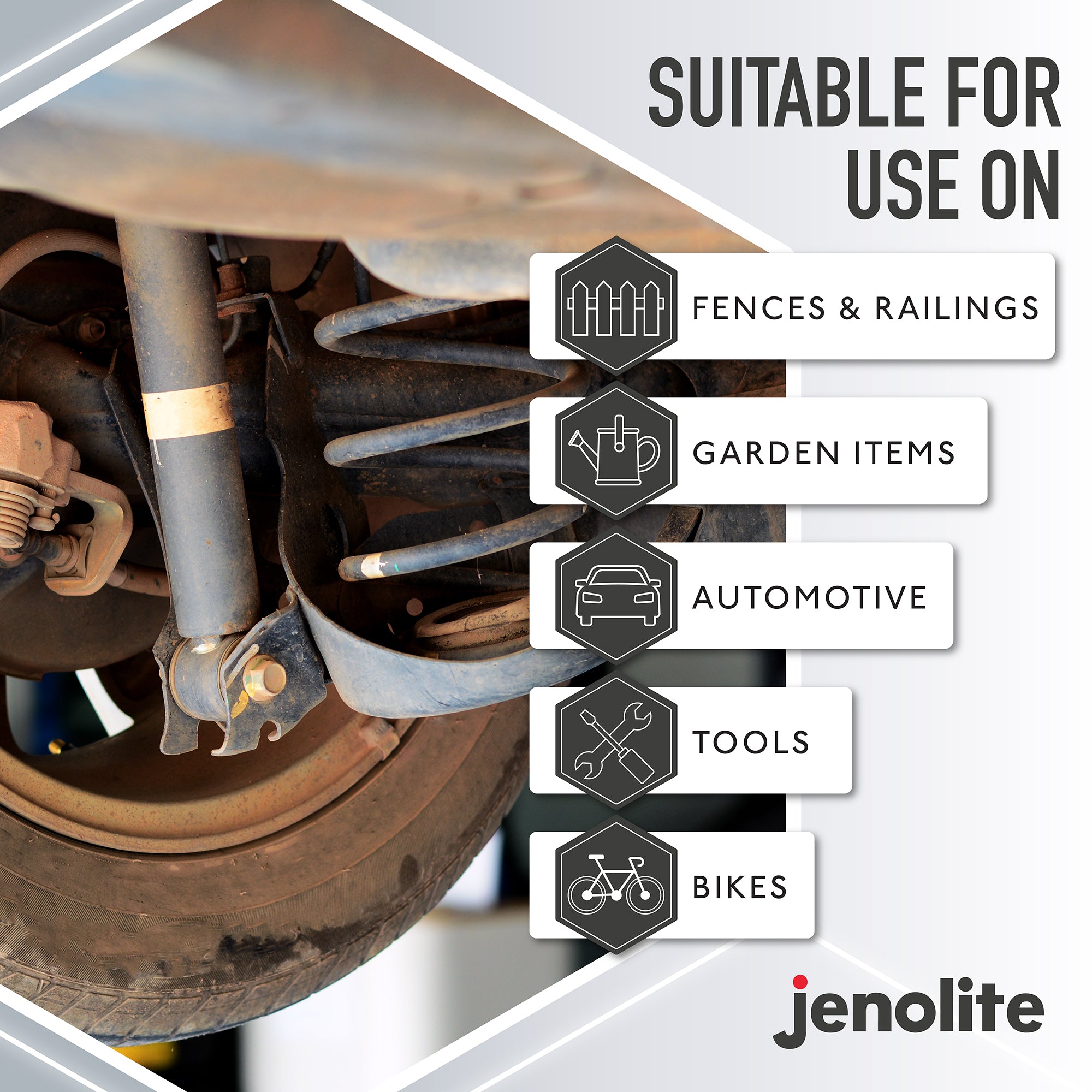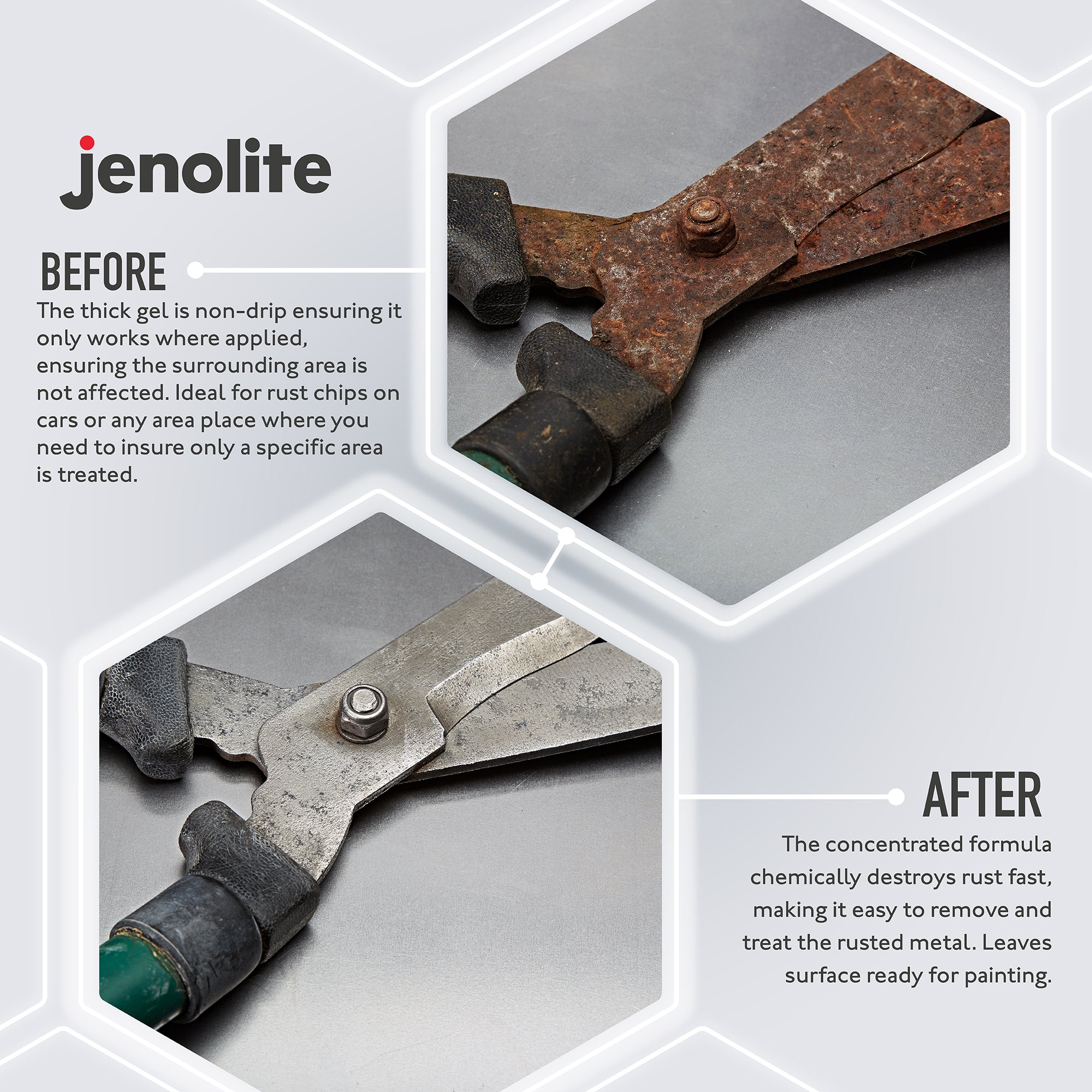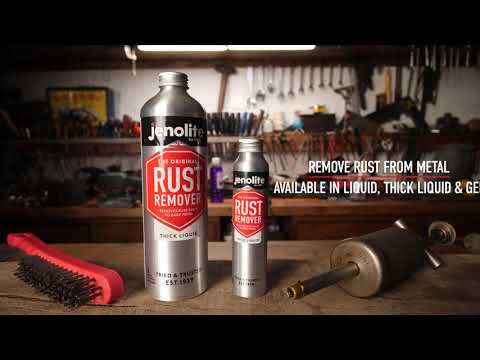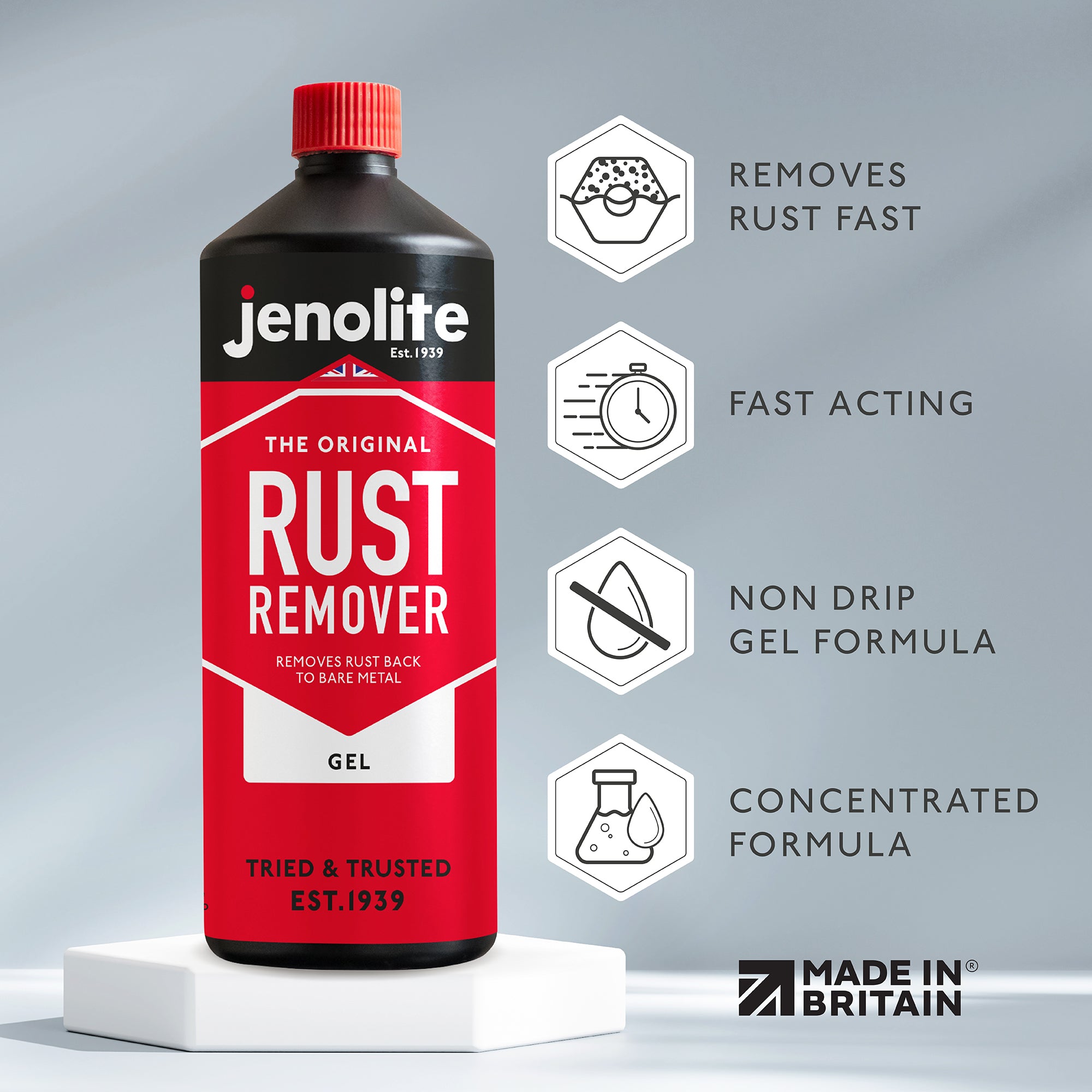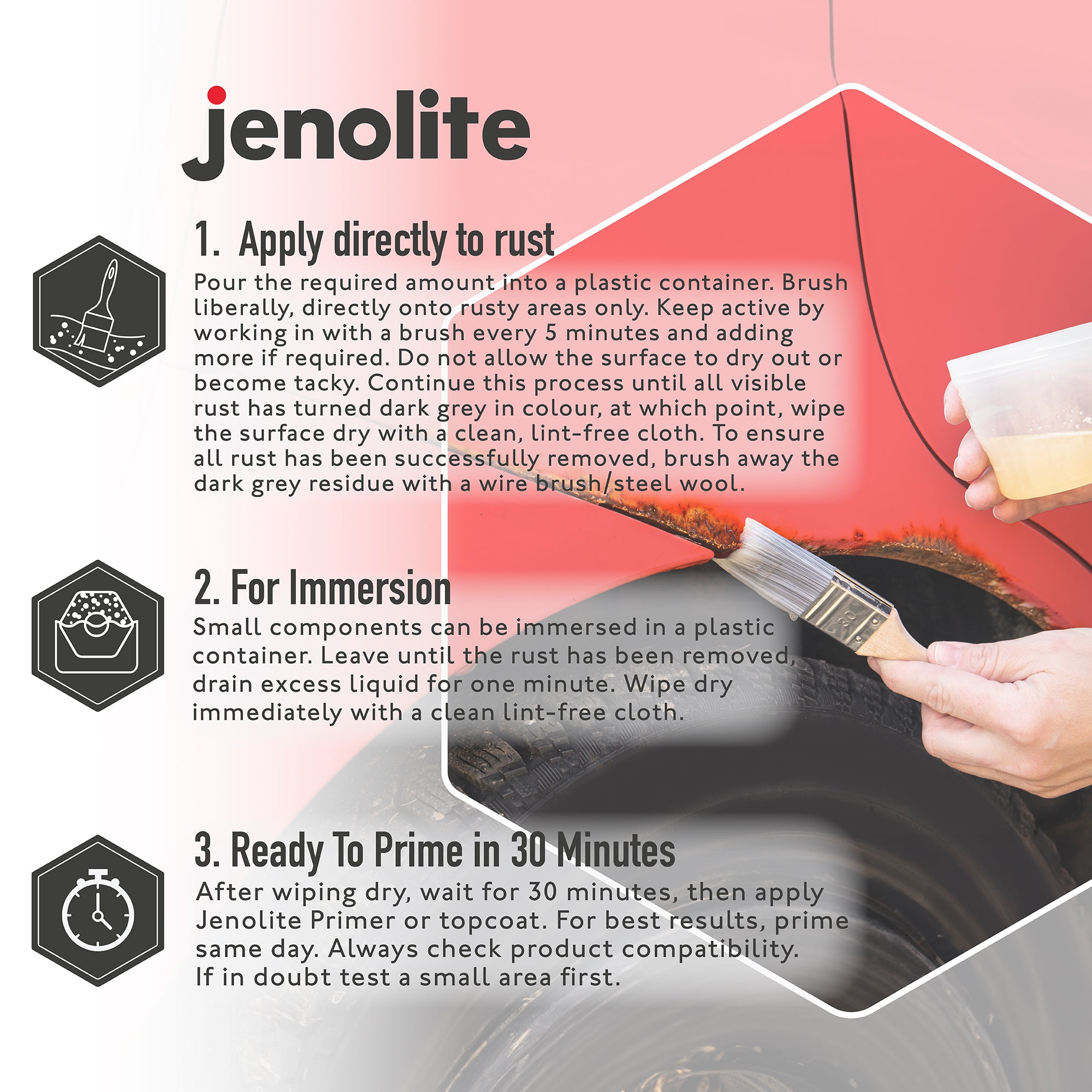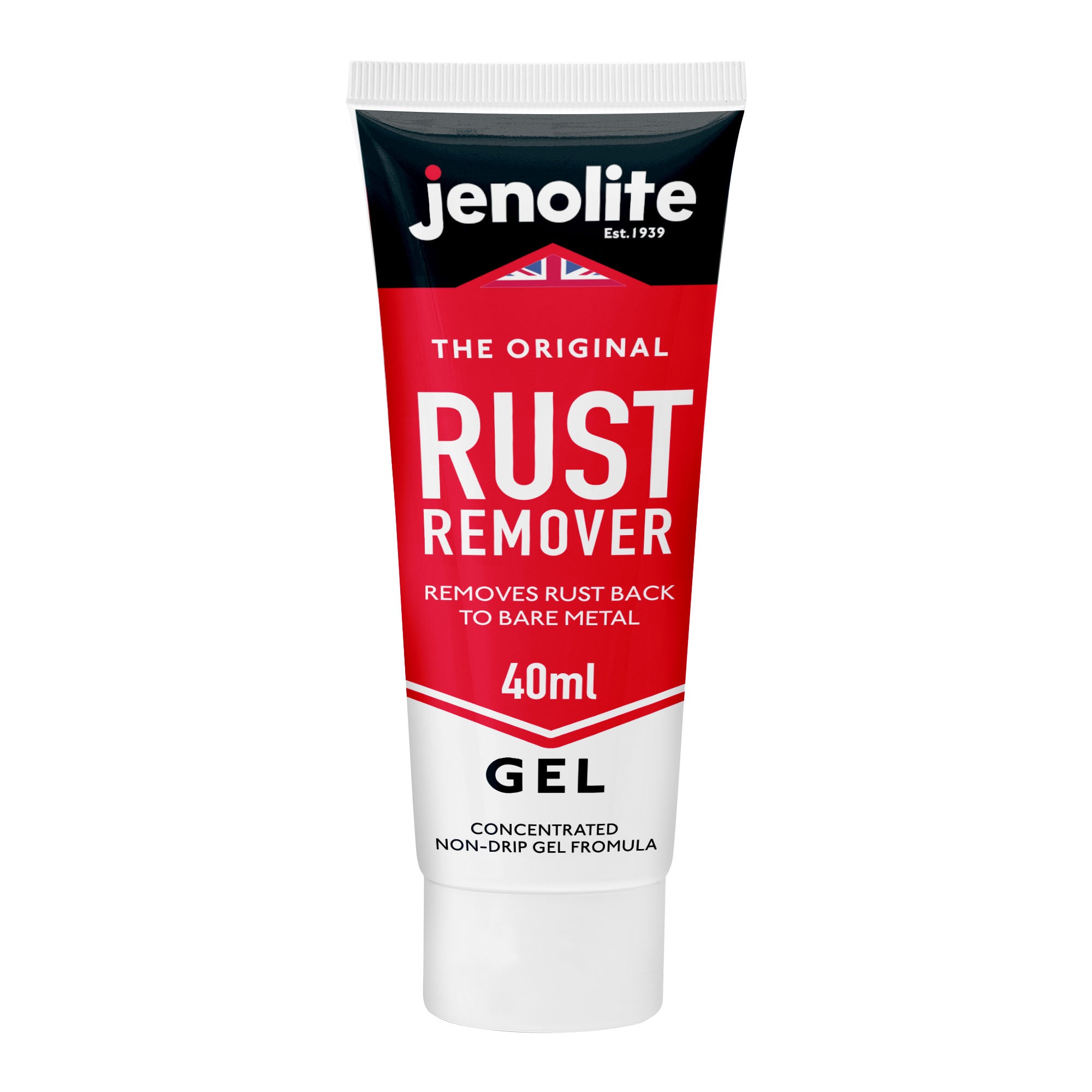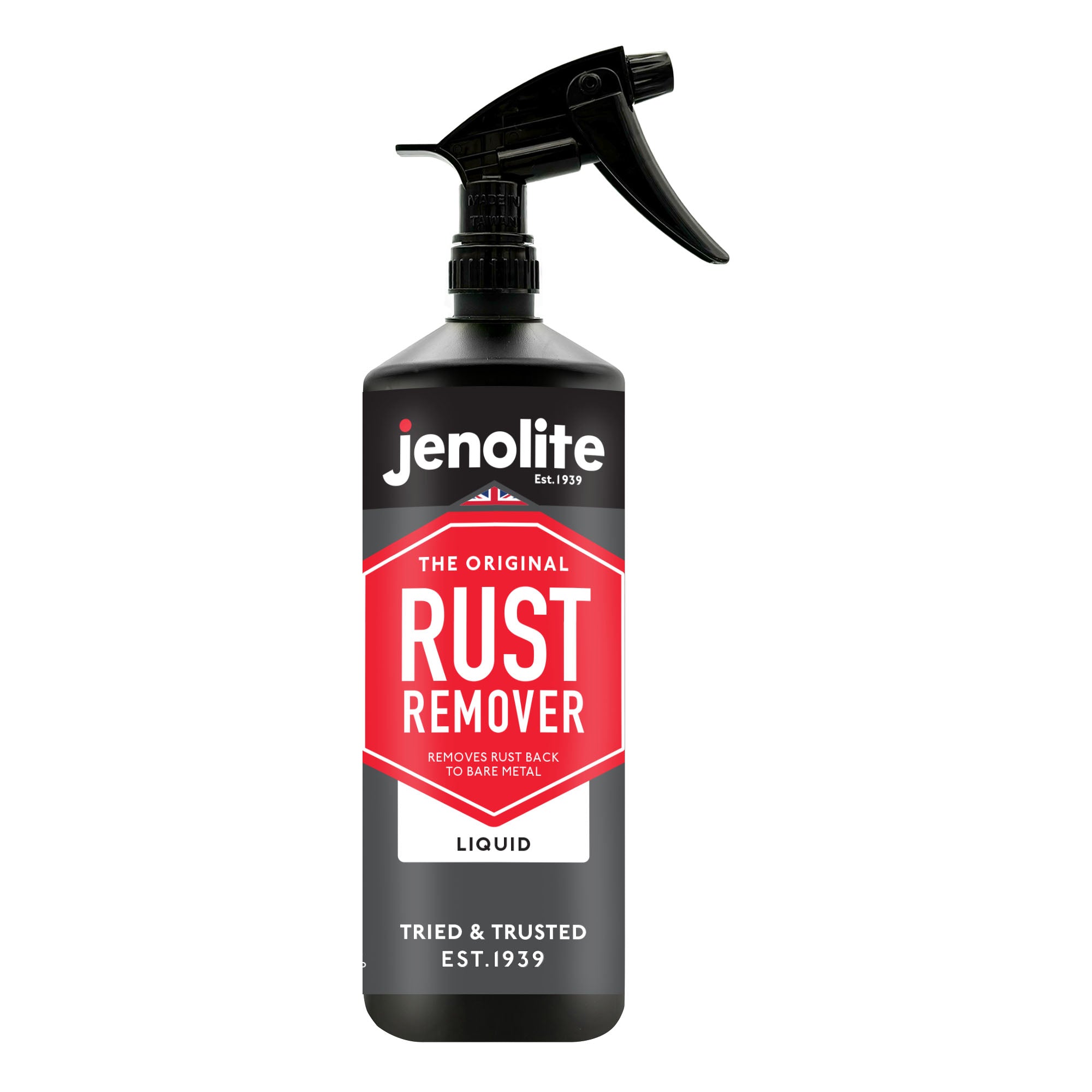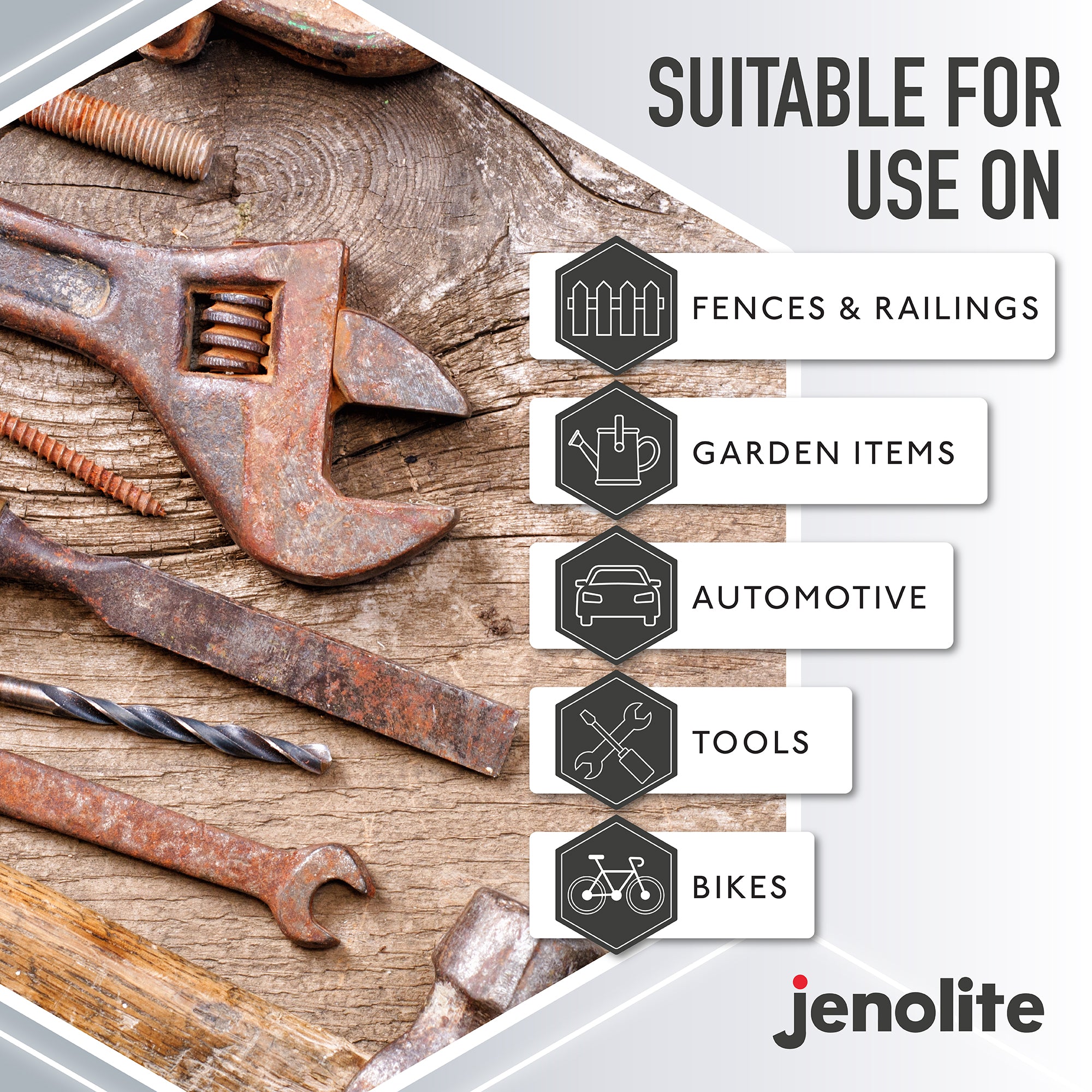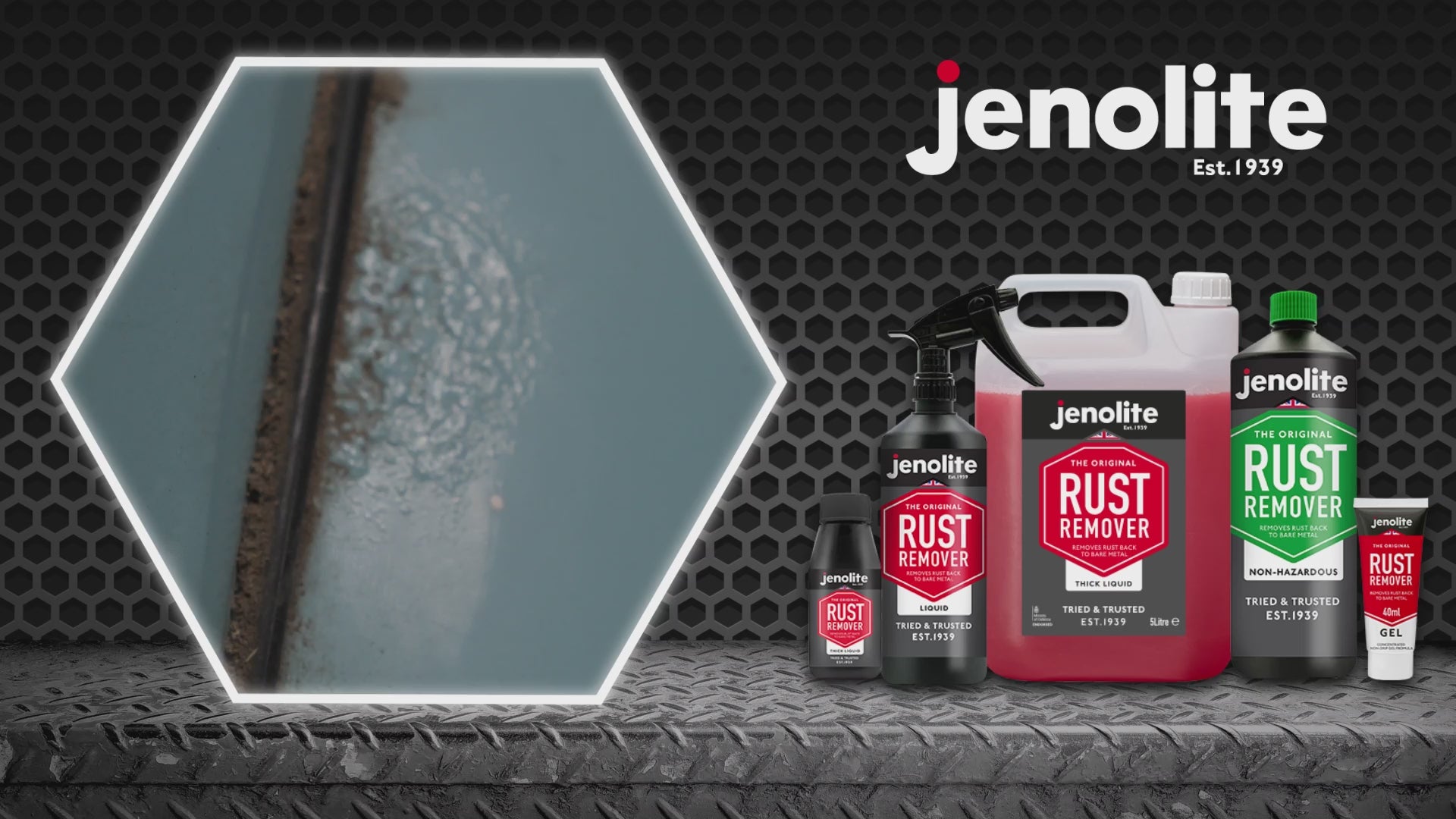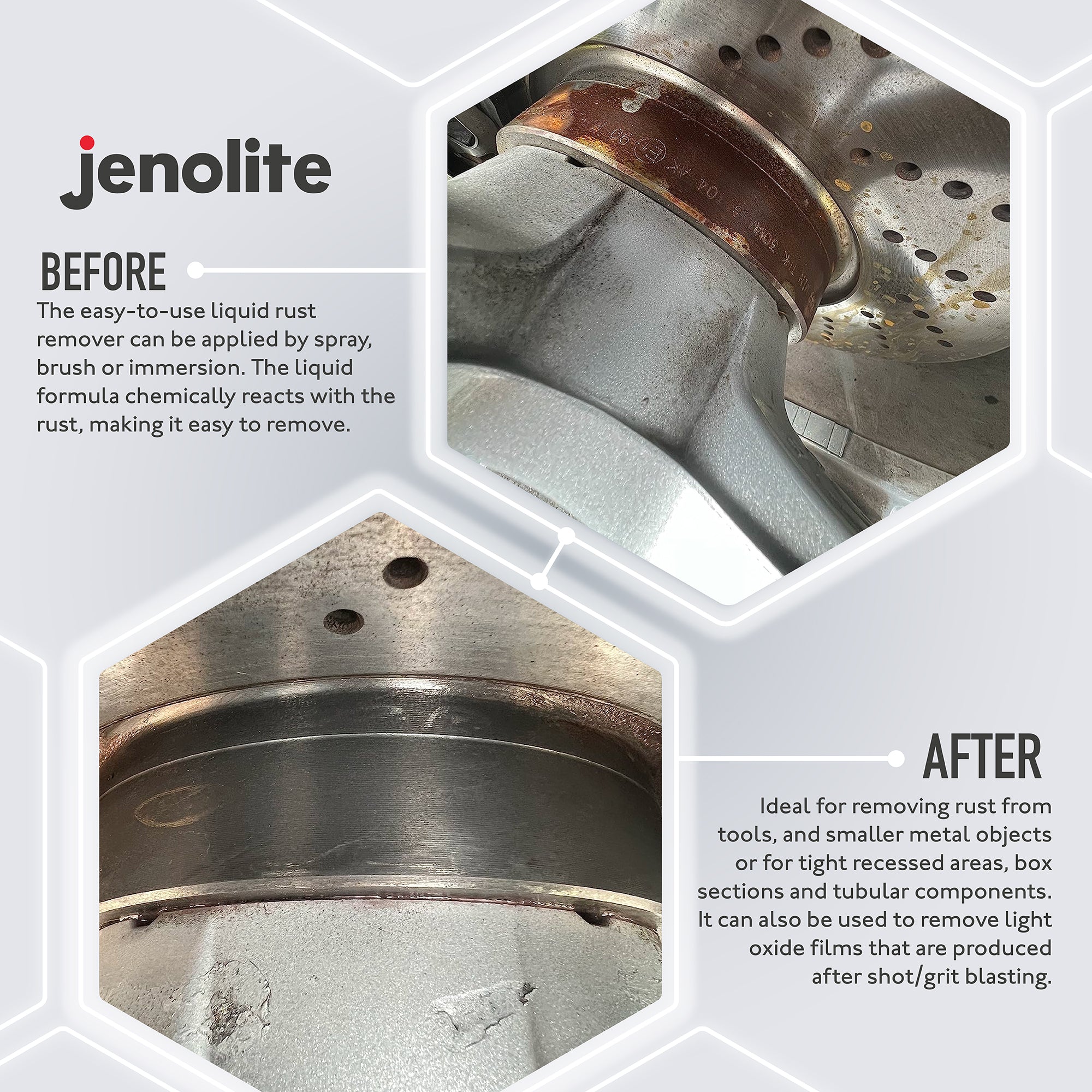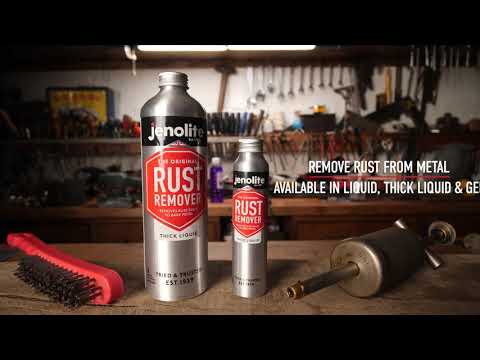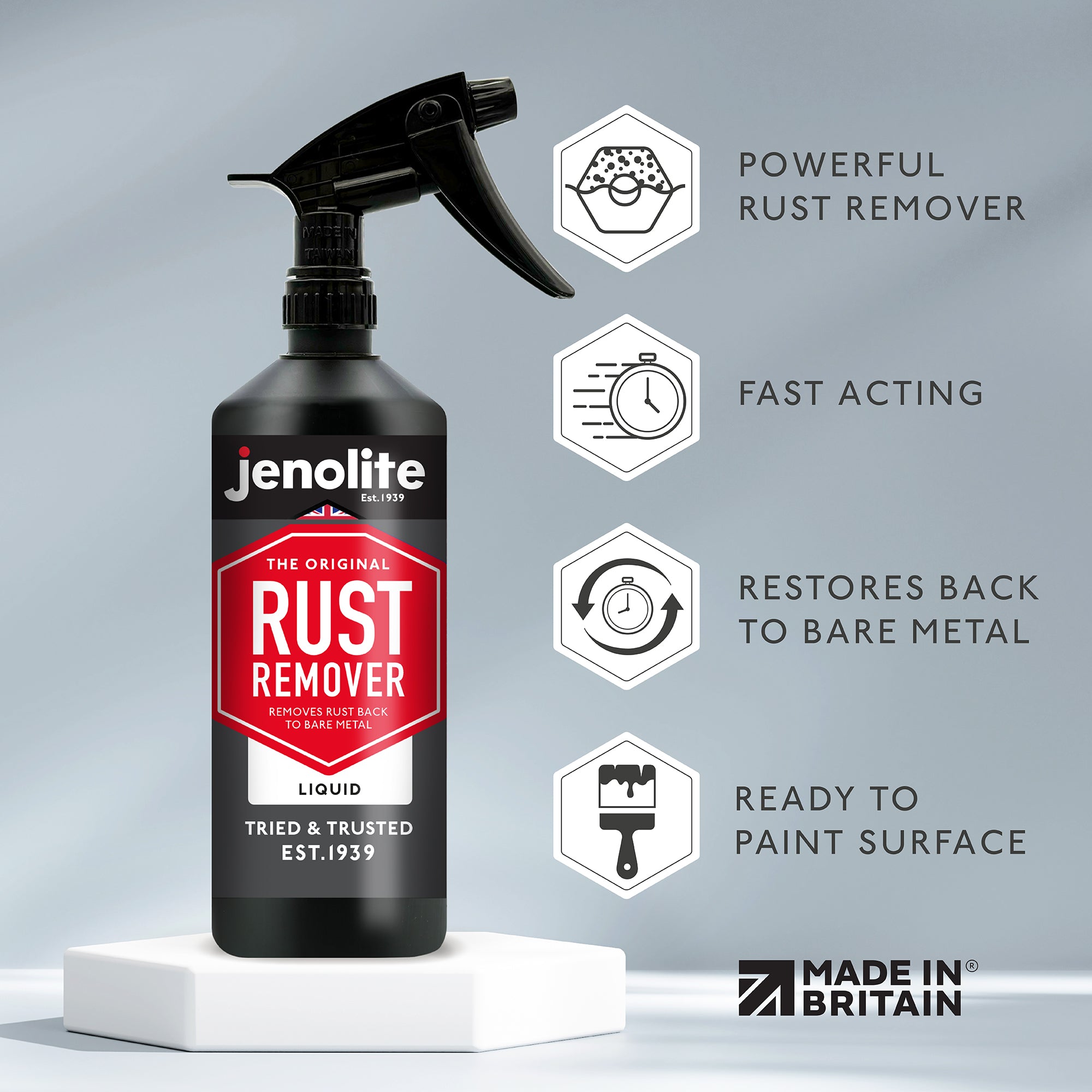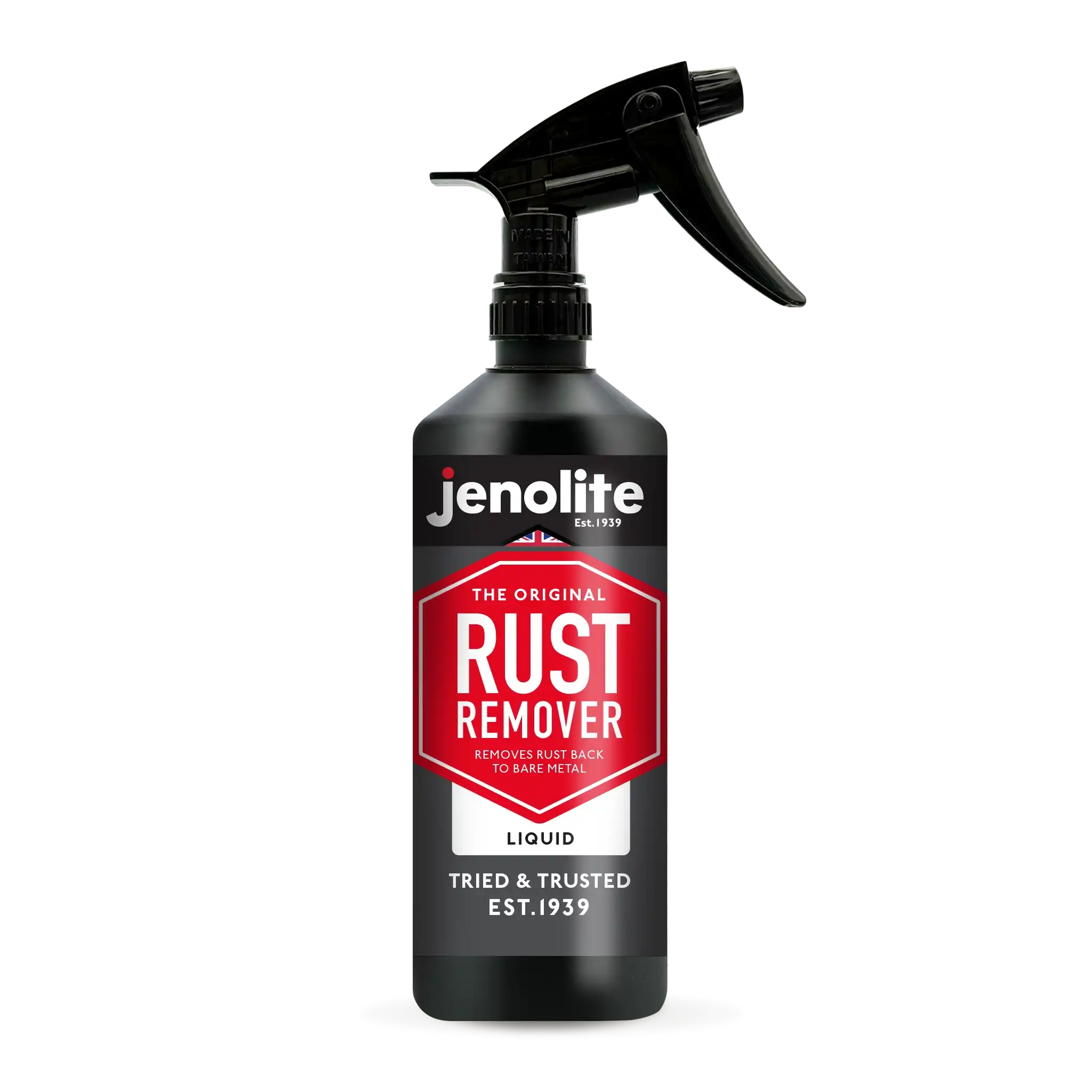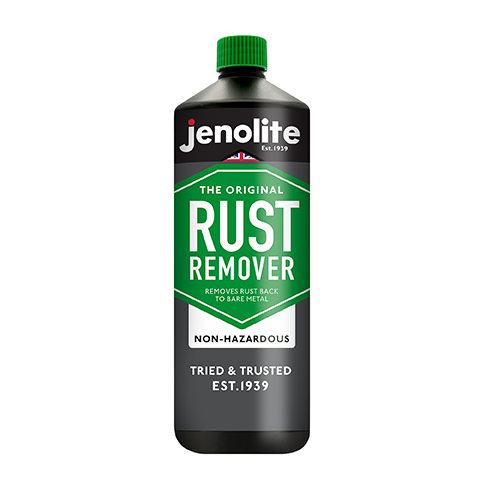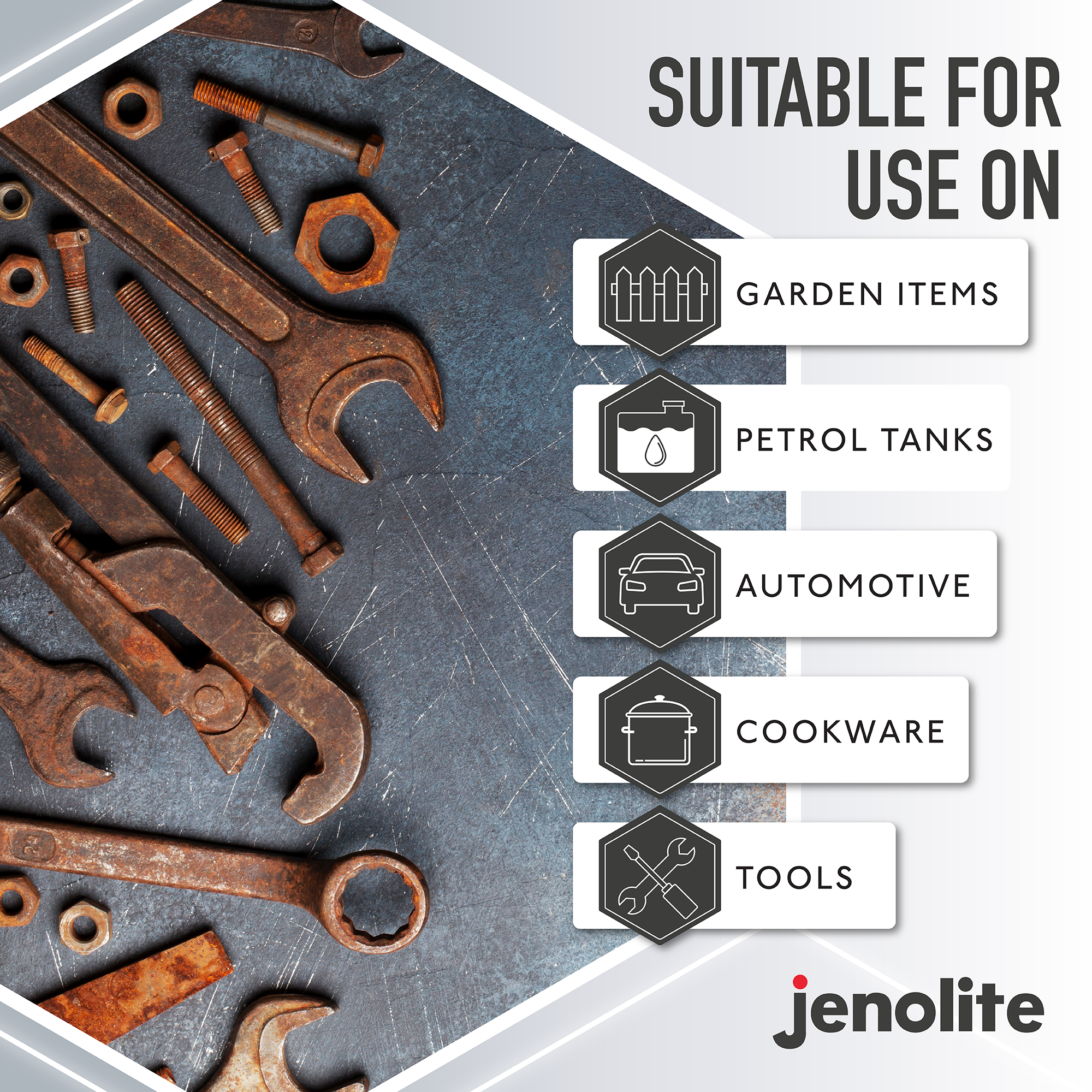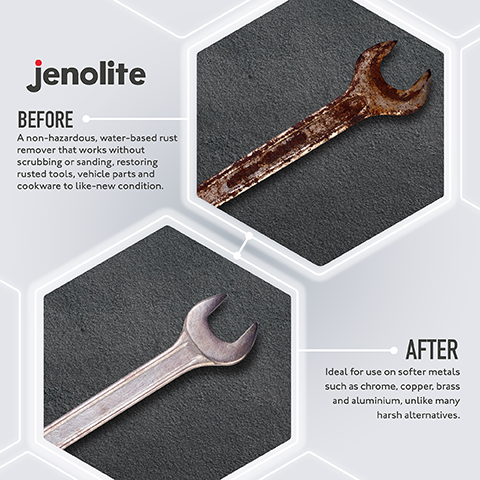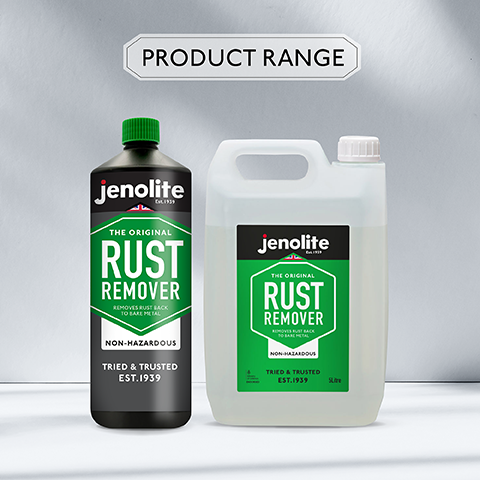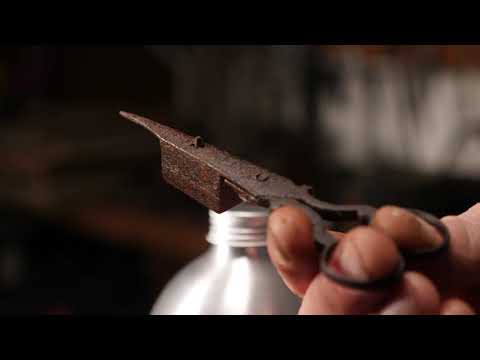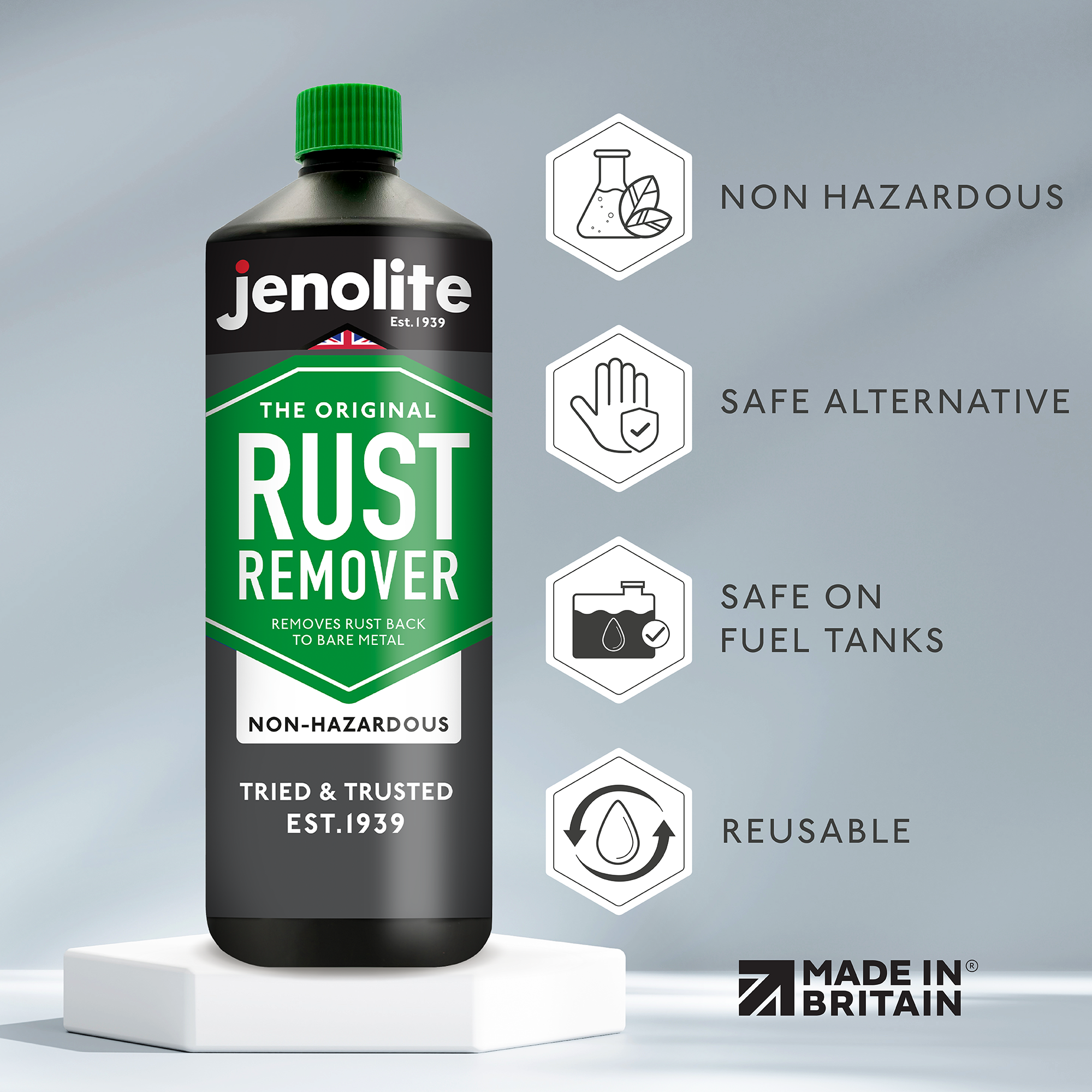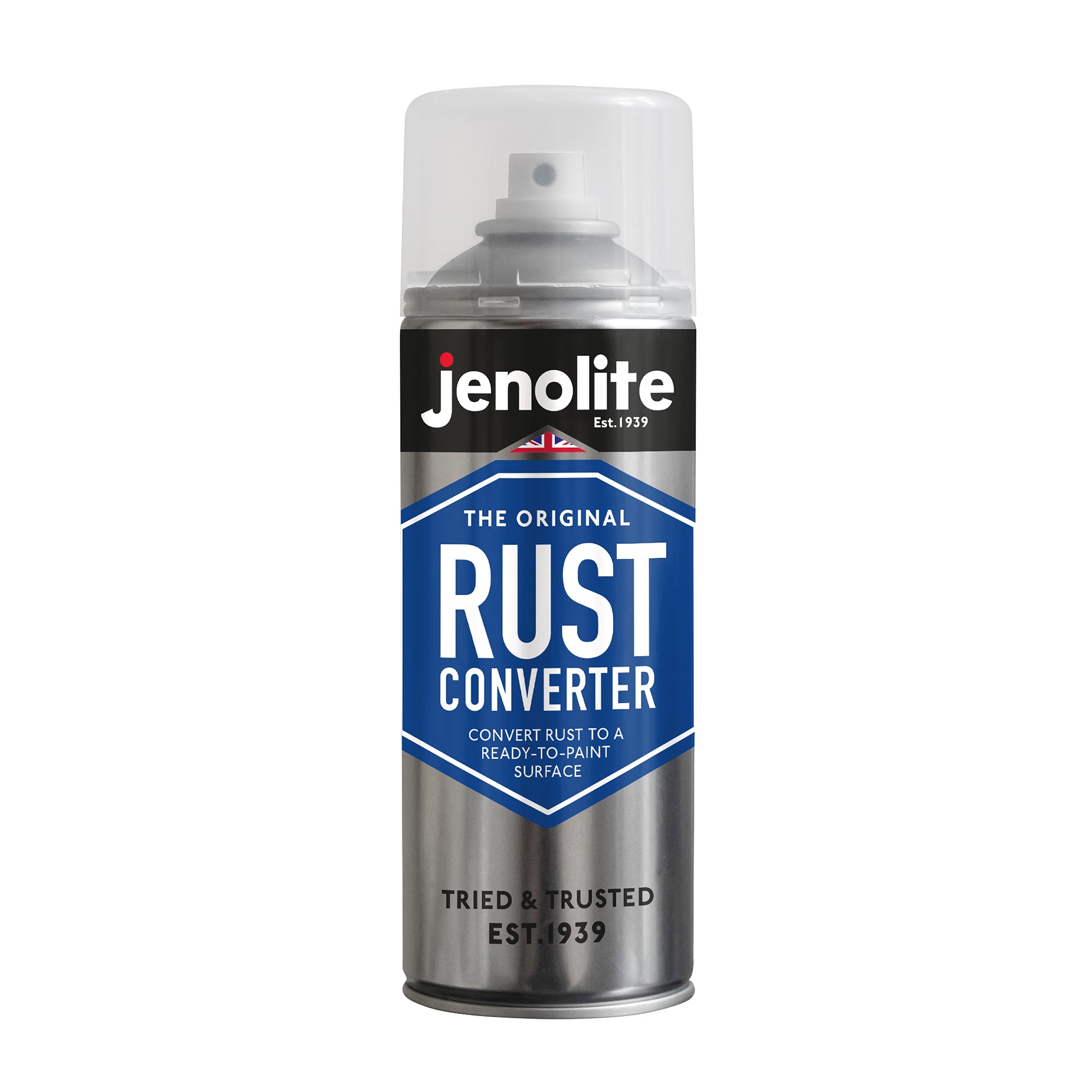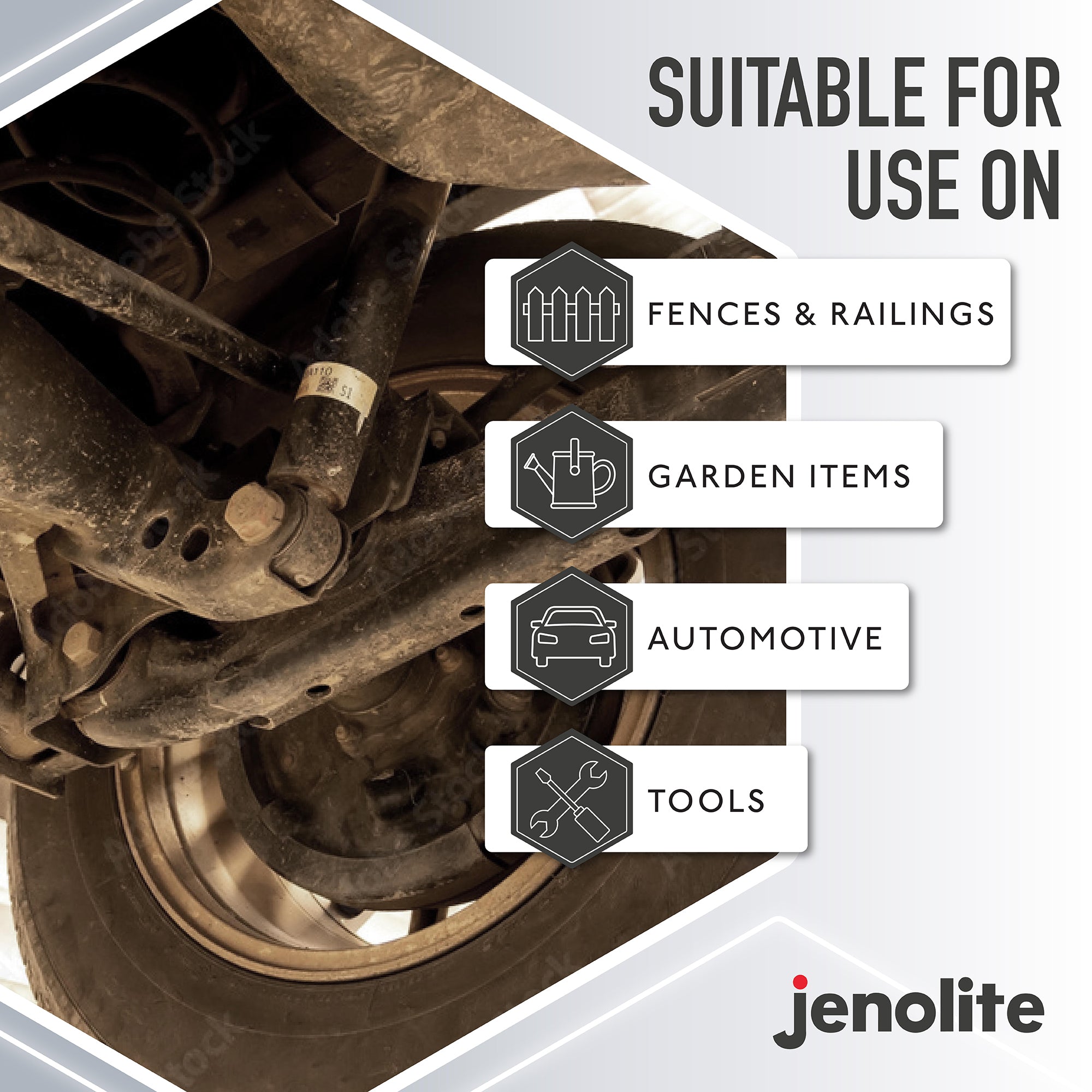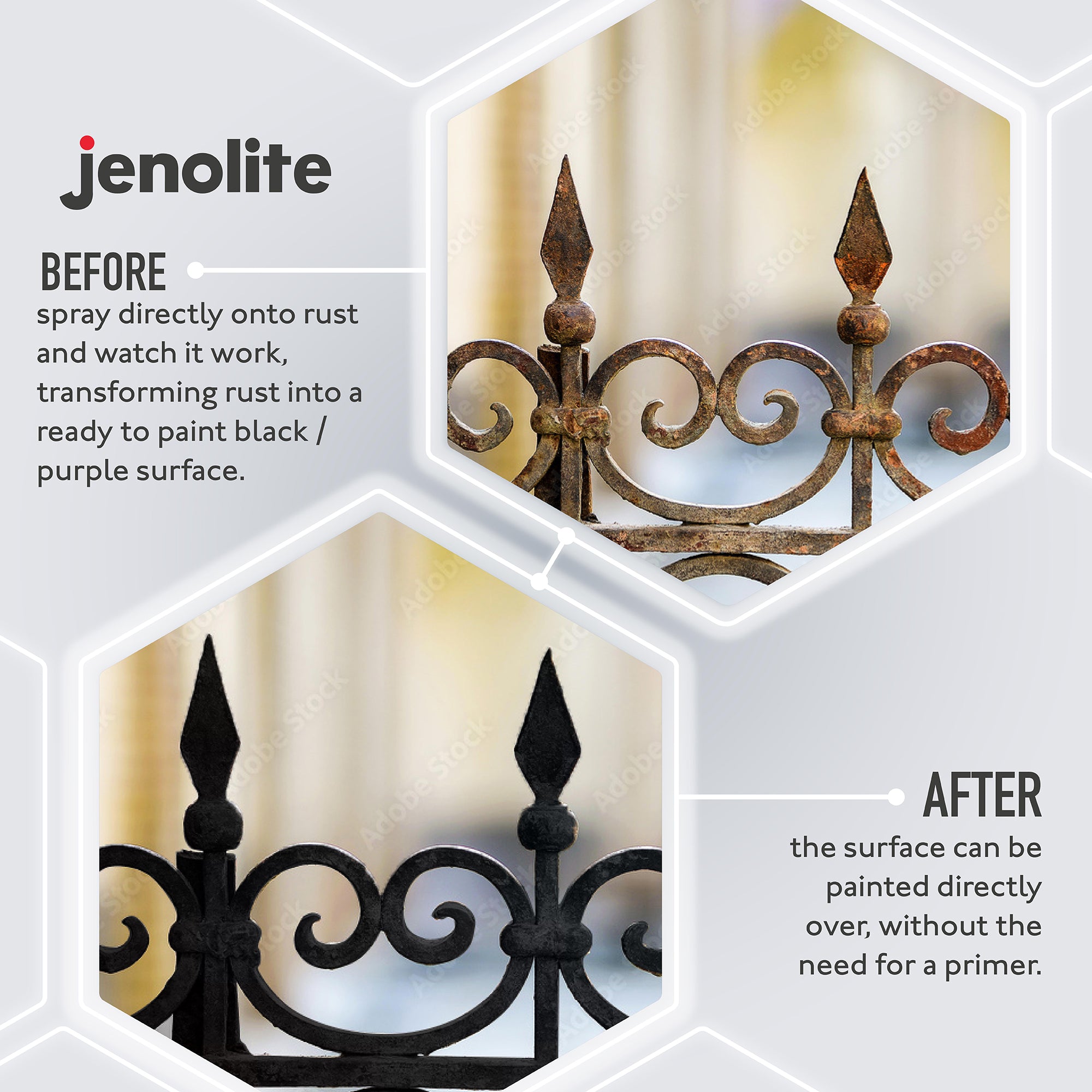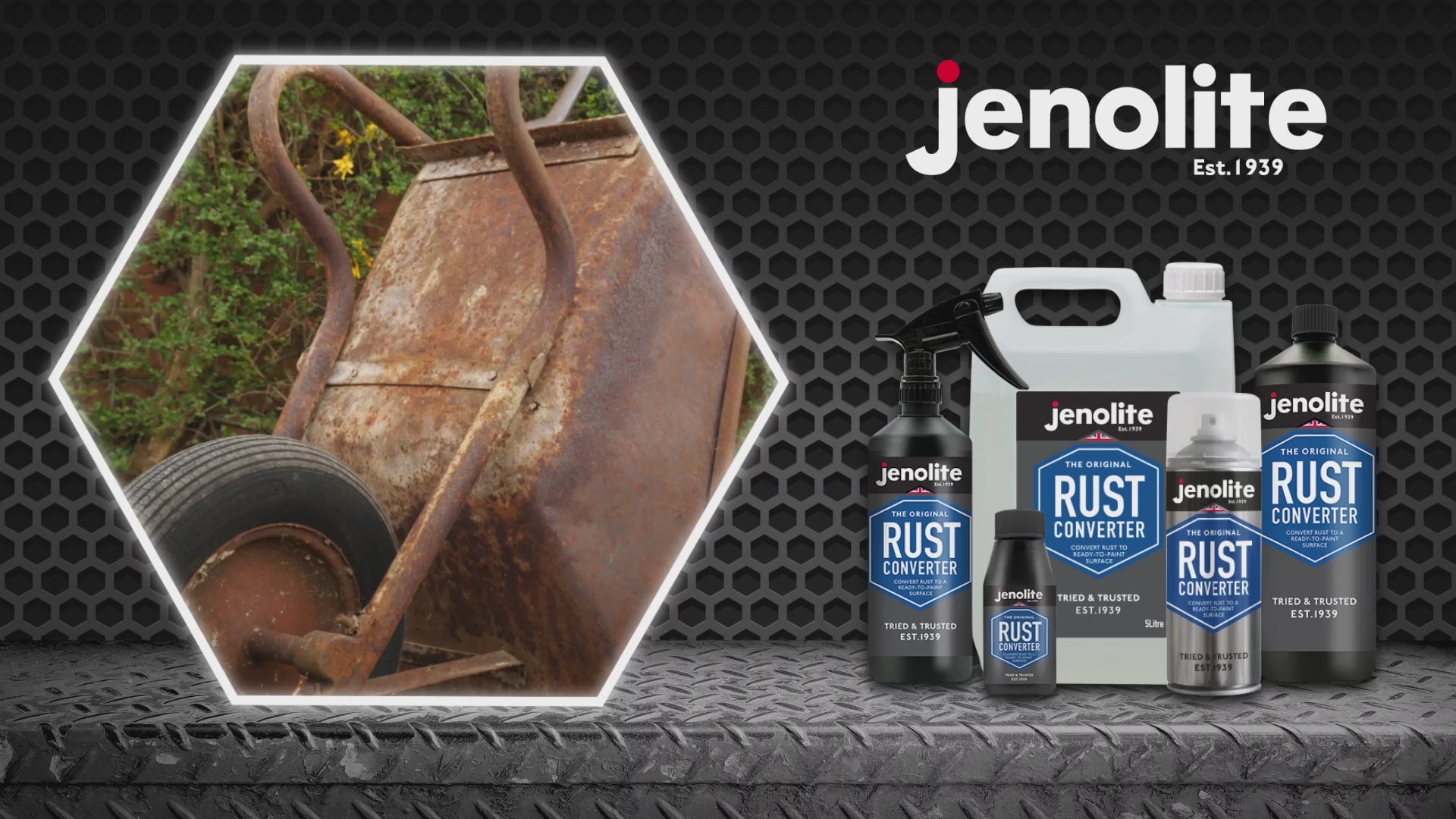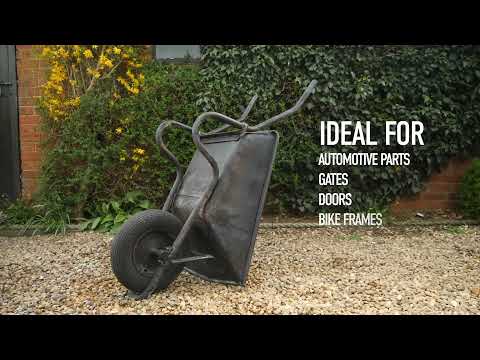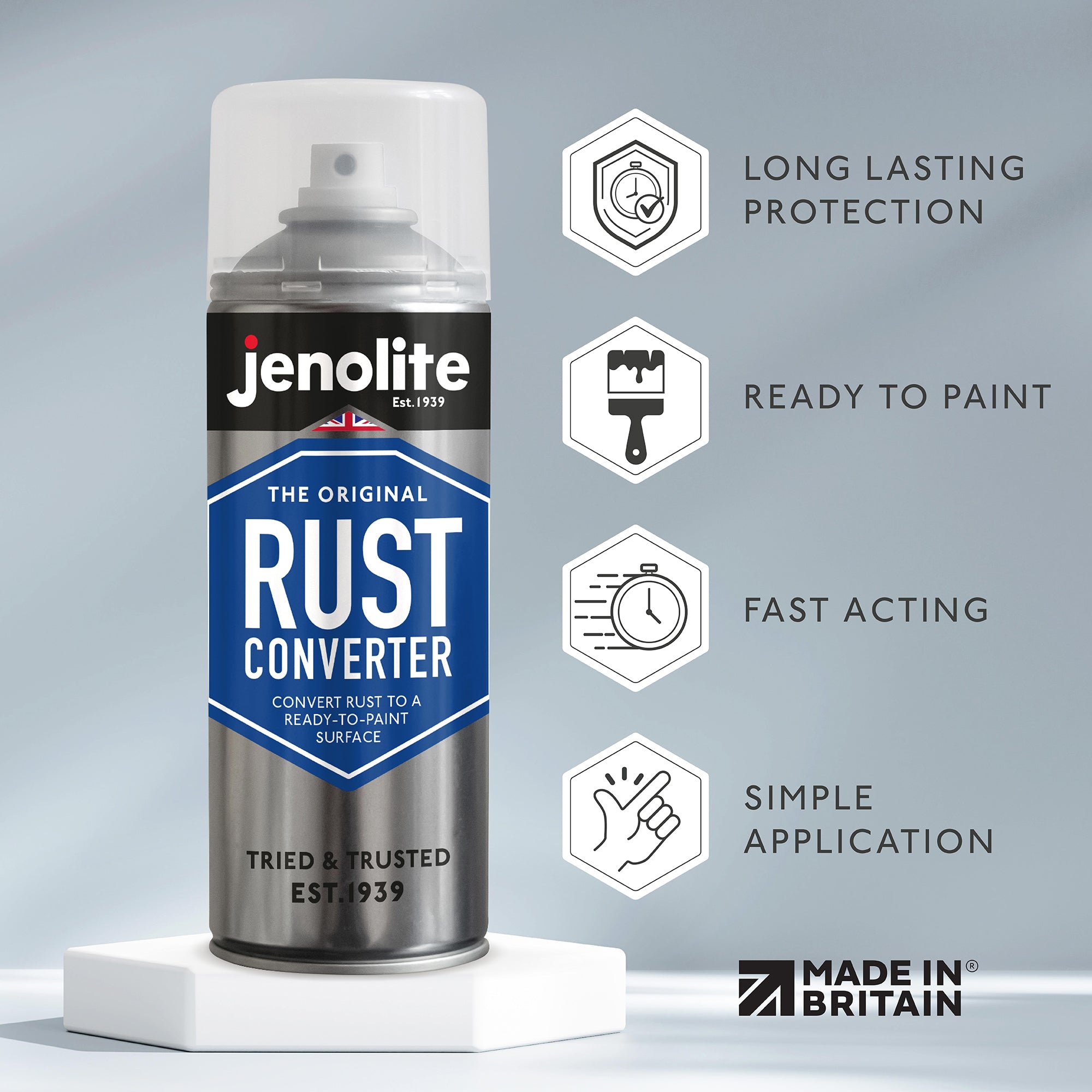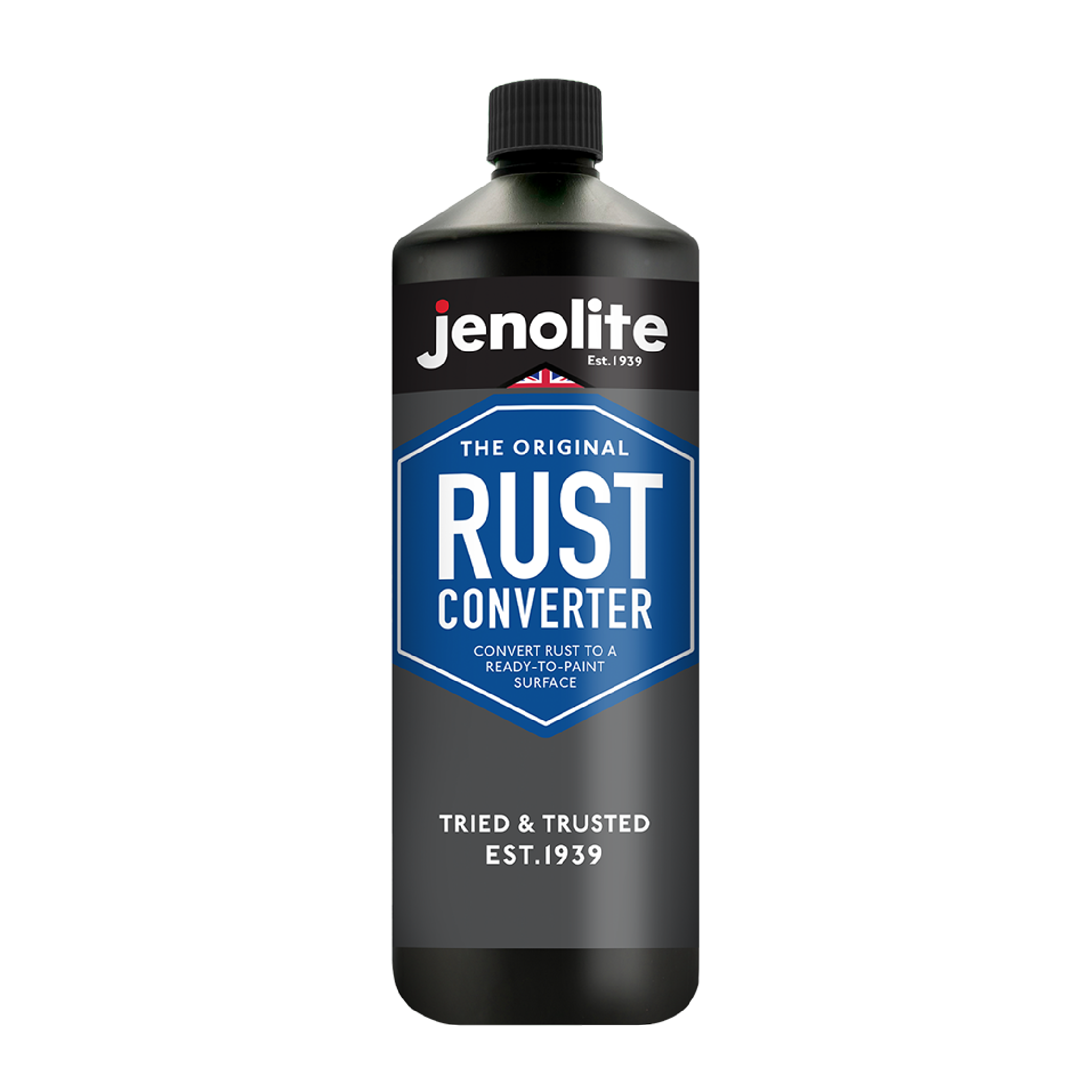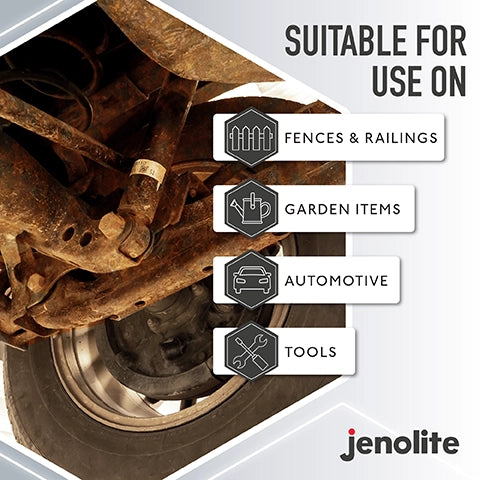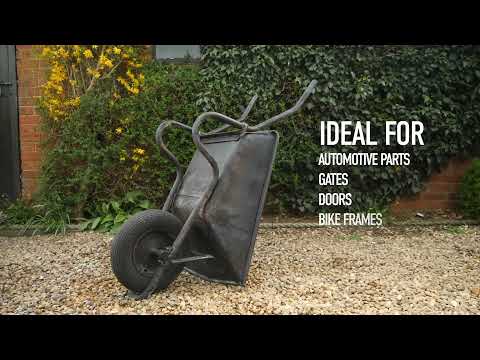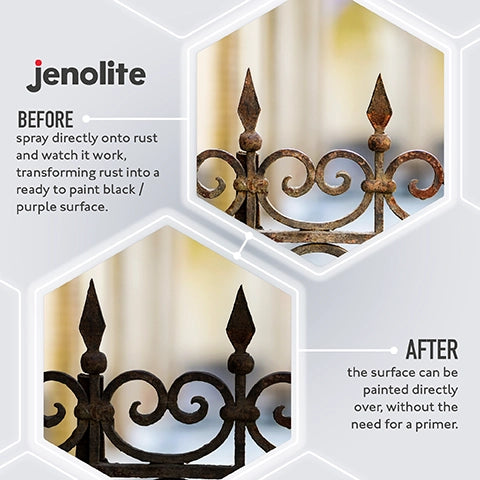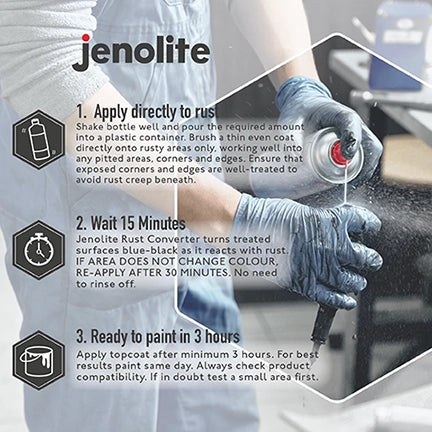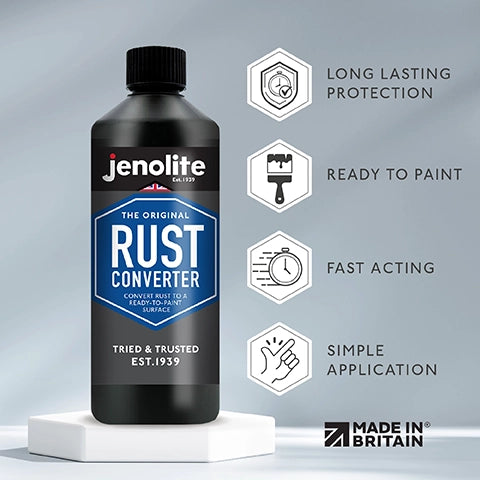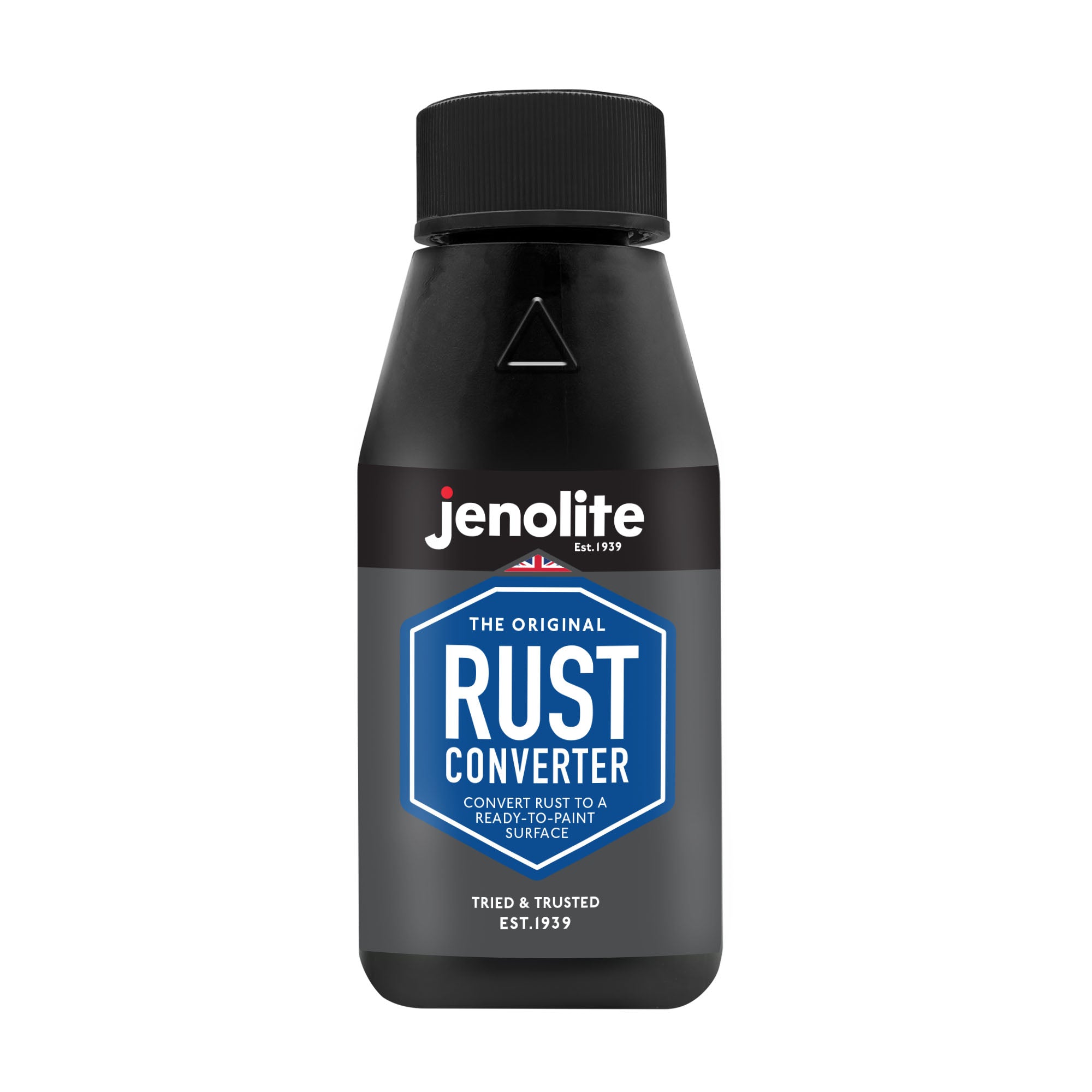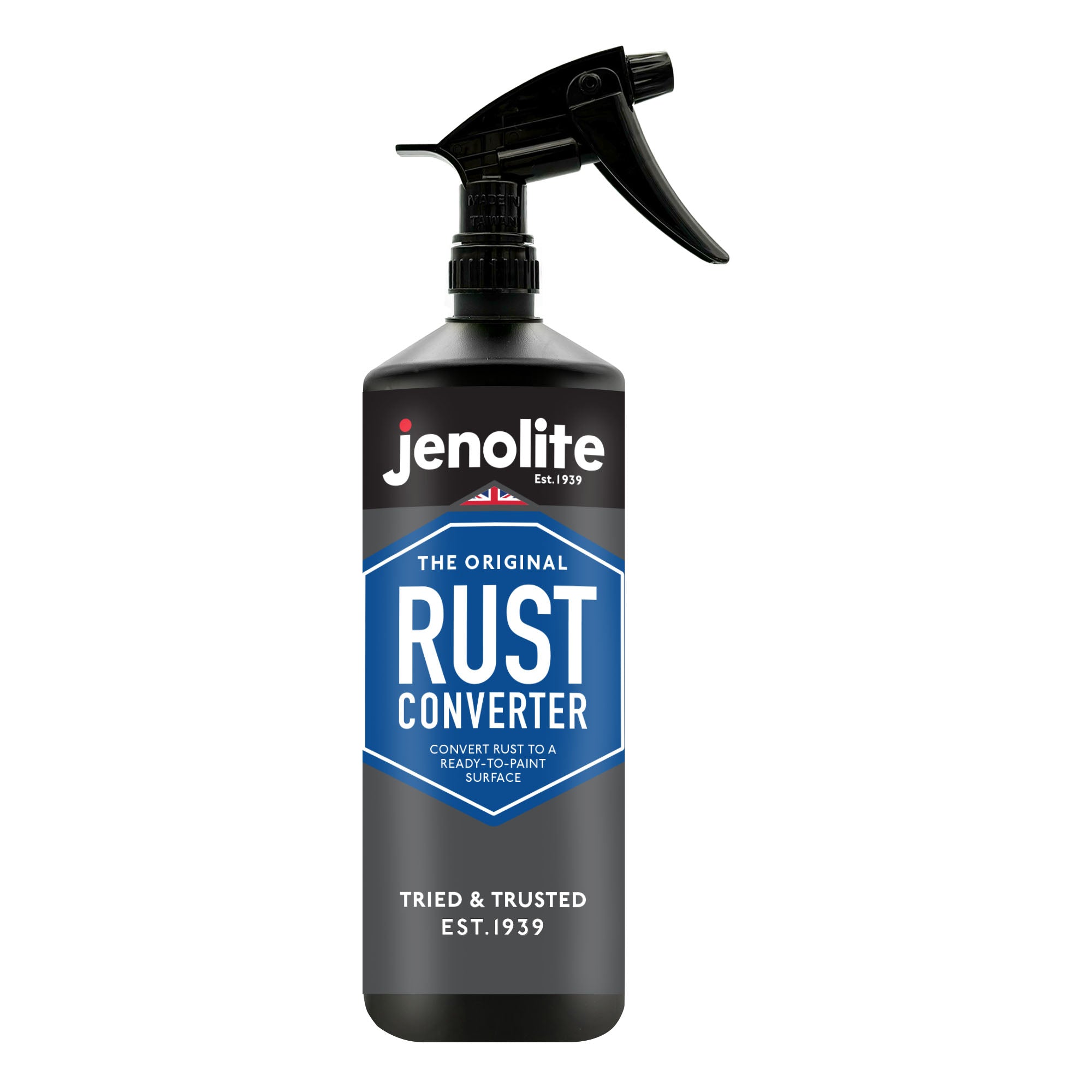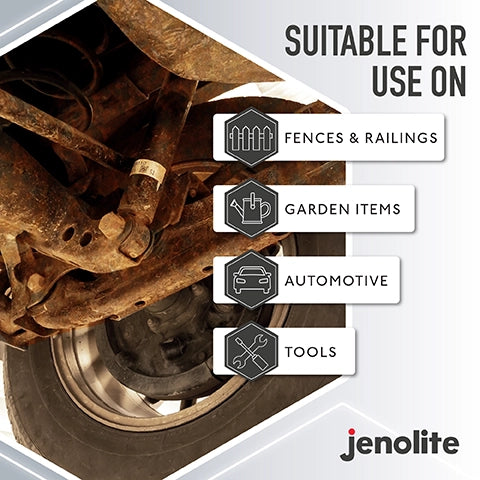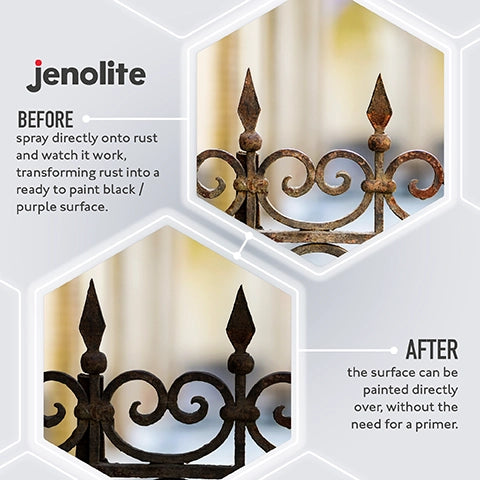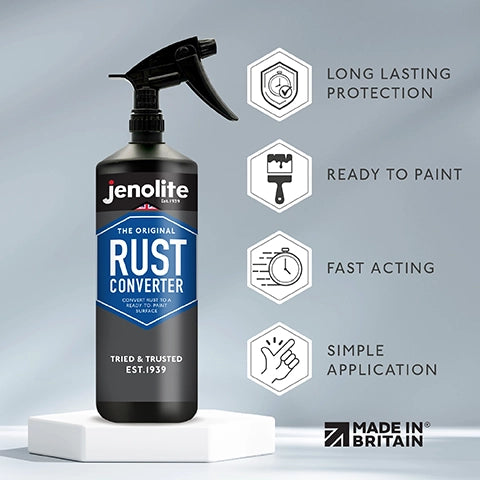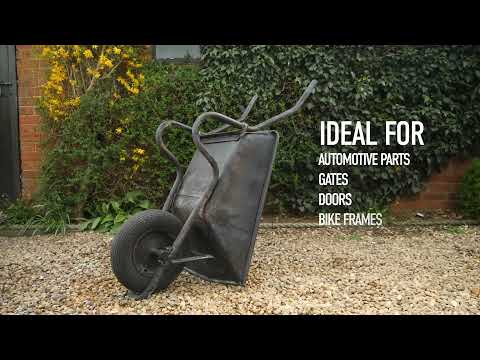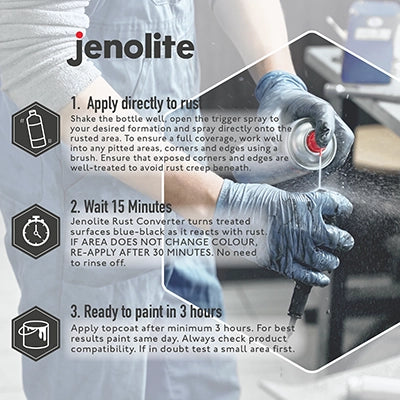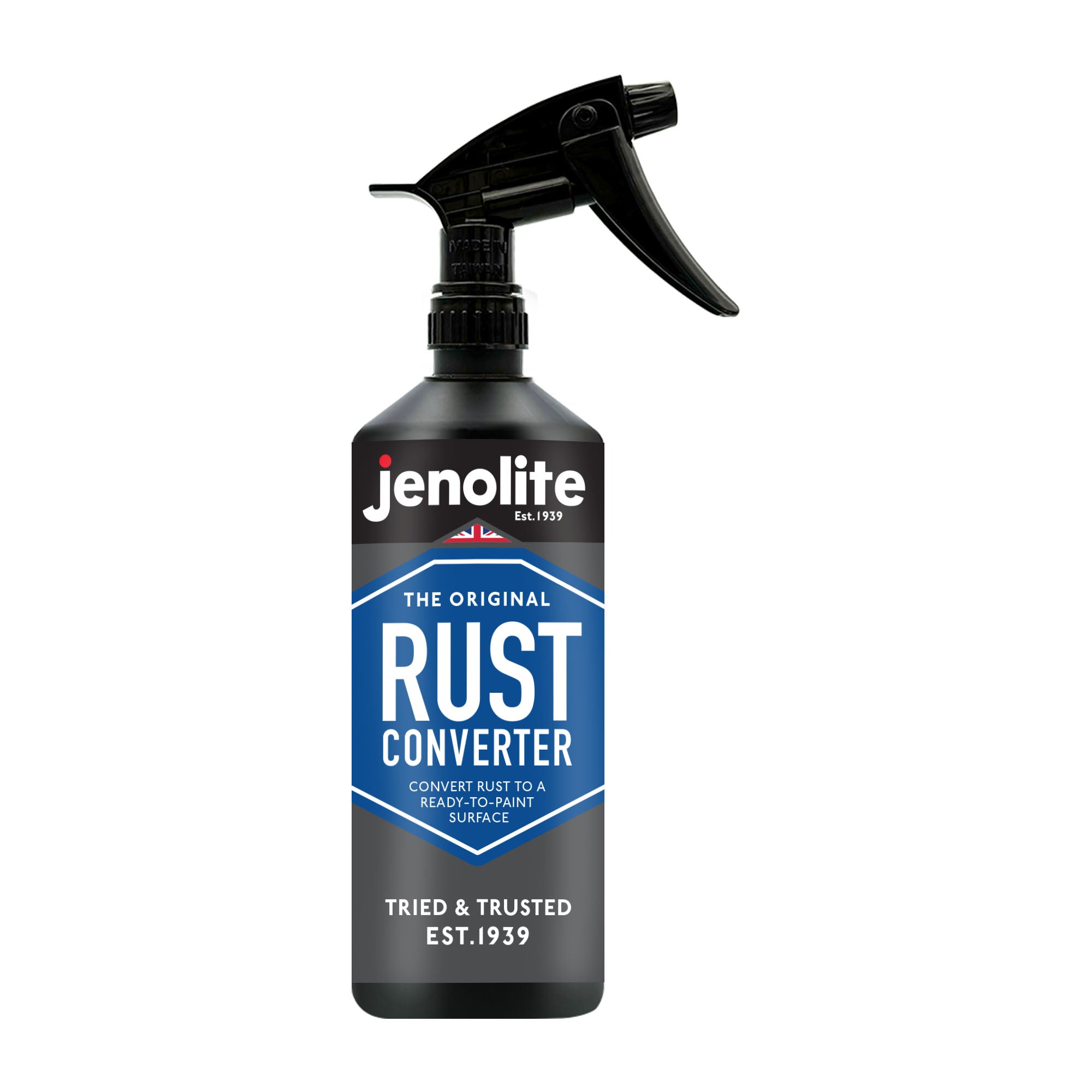Rust is a big problem for keys, as it misshapes and damages them to the point where they no longer work. Keys start to rust when exposed to moisture, and the rust then affects the way the key fits into a lock by dissolving the shape of the key. This causes the key to not fit correctly into the lock, as the jagged teeth part has been eroded, which also means that another copy can not be made. This is why we are going to show you in this blog post how to remove rust from keys, and how to make sure you are preventing your keys from rusting in the first place.
Clean the Key
The first step to take to restore your key is to wipe off any dirt, grime or debris that is currently on the key with a clean, lint-free cloth. We need to remove these things from the key as the rust remover liquid we are going to be using works much better when it is only reacting to rust, and not a combination of rust and dirt.
Remove the Rust from the Key
Now you have a clean key, you are ready to begin tackling the rust problem. Before you begin removing the rust, make sure to equip yourself with the correct protective equipment, including a good pair of rubber gloves and protective glasses. The chemicals being used in these rust removal processes can be very harmful to skin and eyes, so it is important to keep yourself protected.
To remove the rust from the keys, you will need to start by filling a container with a good amount of Jenolite’s Rust Remover Liquid, and fully submerge the rusty keys in the container.
The rust remover liquid is going to react with the rust on the keys, and fully remove it from both of the key faces, and the teeth. Leave the key submerged in the liquid for about 30 minutes to let it react, and then remove the key and wipe it clean with a dry, lint-free cloth.
You will also want to wash the key in hot, soapy water to make sure all of the rust removal liquid is off of the key, so it does not harm your hands when using it in the future.
Preventing Rust Appearing on Keys
The final step is focused on ensuring that your keys do not rust in the future, and by following our two expert tips, this should be a problem you can avoid:
- Clean the lock the key is going in to, as this could be rusting the key every time you are using it.
- If your keys get wet, make sure to dry them with a clean cloth before putting them away in a drawer or key holder. A wet key reacting with the air over a period of time will cause rust to appear.
We hope that this guide has been helpful in showing you how to remove rust from keys, and how to make sure once it has been removed, it doesn’t come back. If you did find this guide useful, feel free to check out our full range of how-to guides on rust removal, including removing rust from coins, bikes and barbecues.

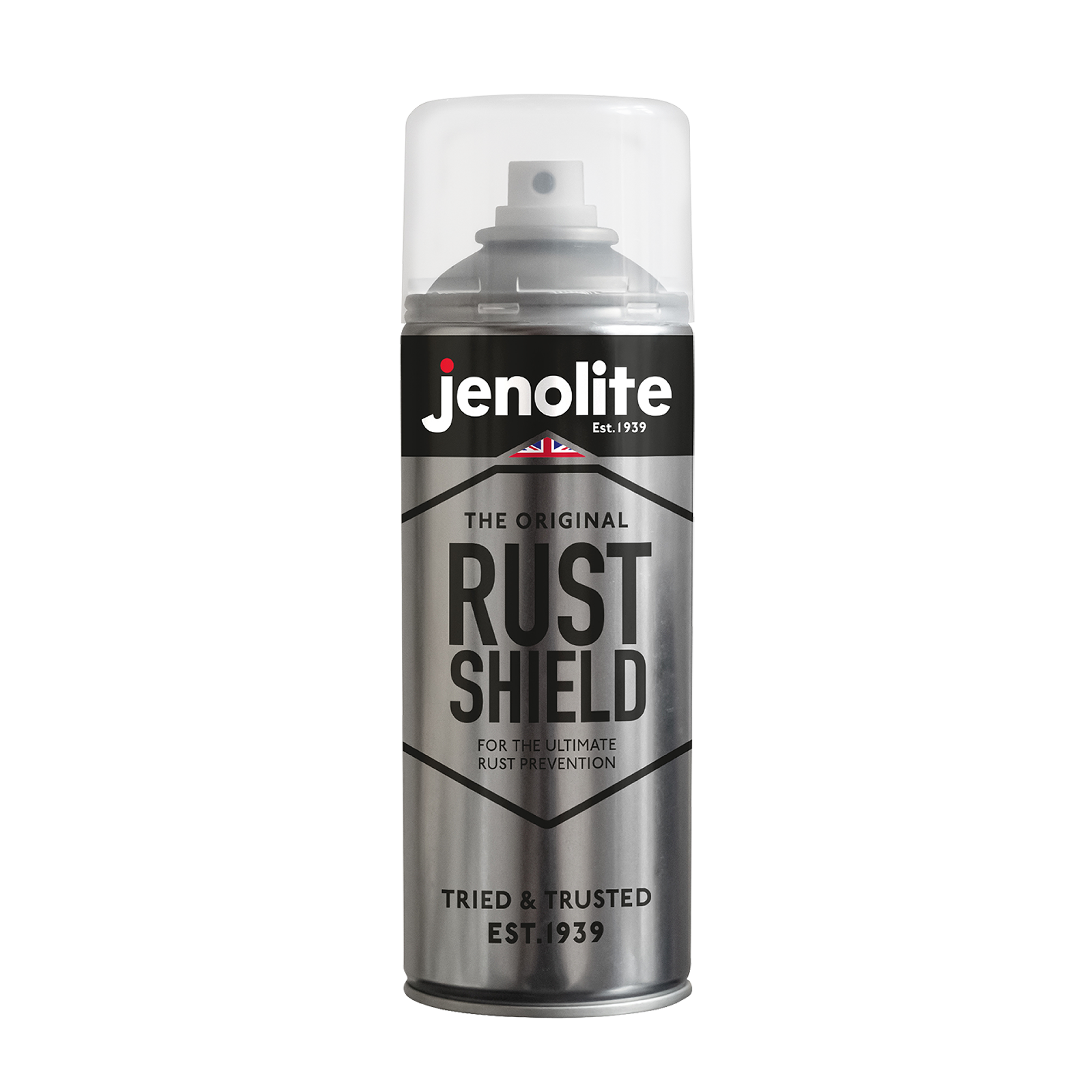
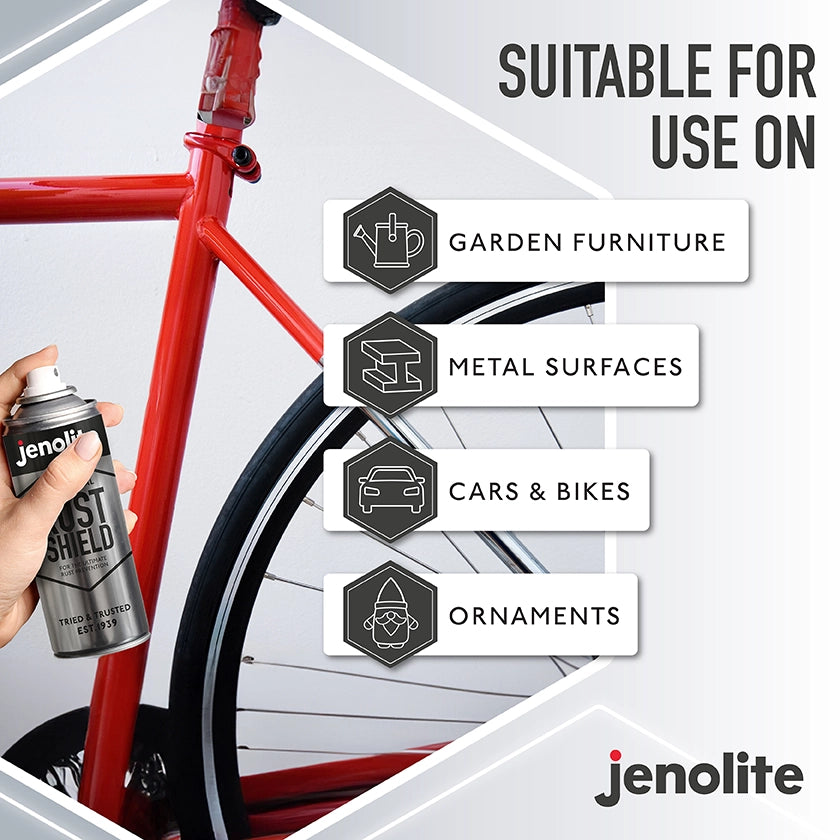
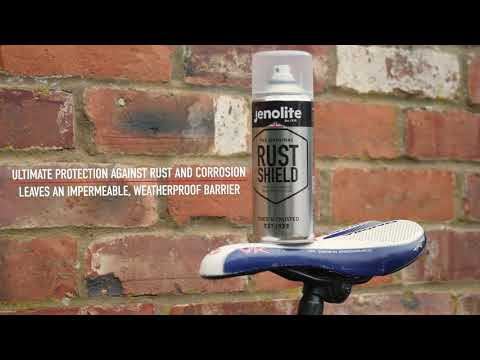
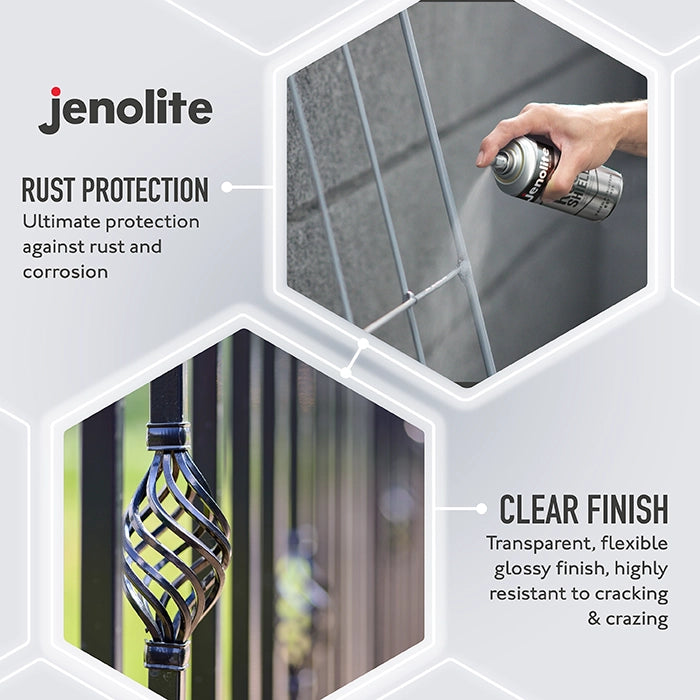
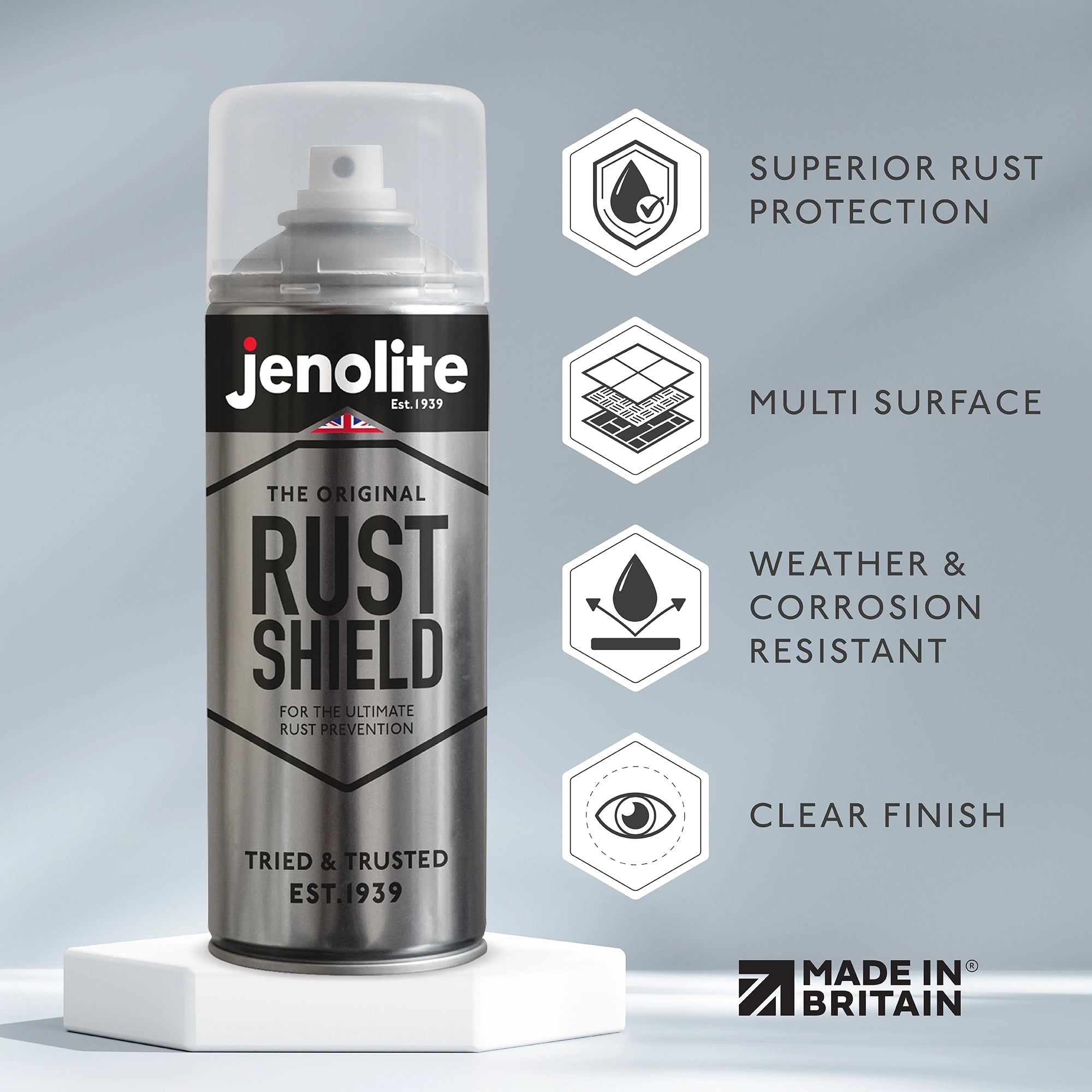
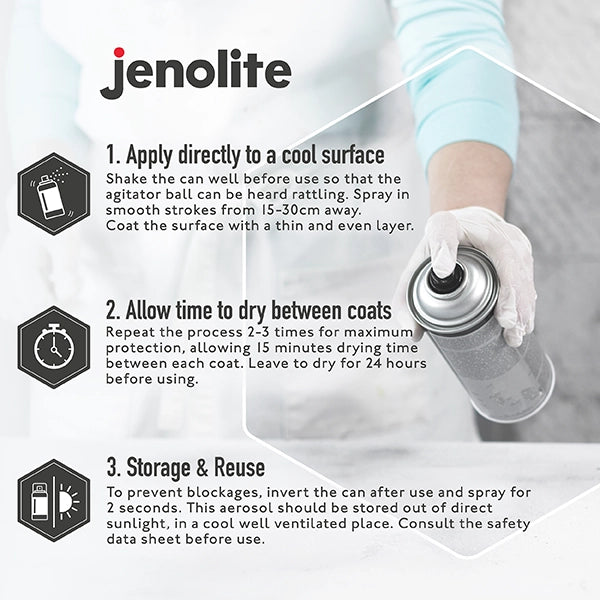






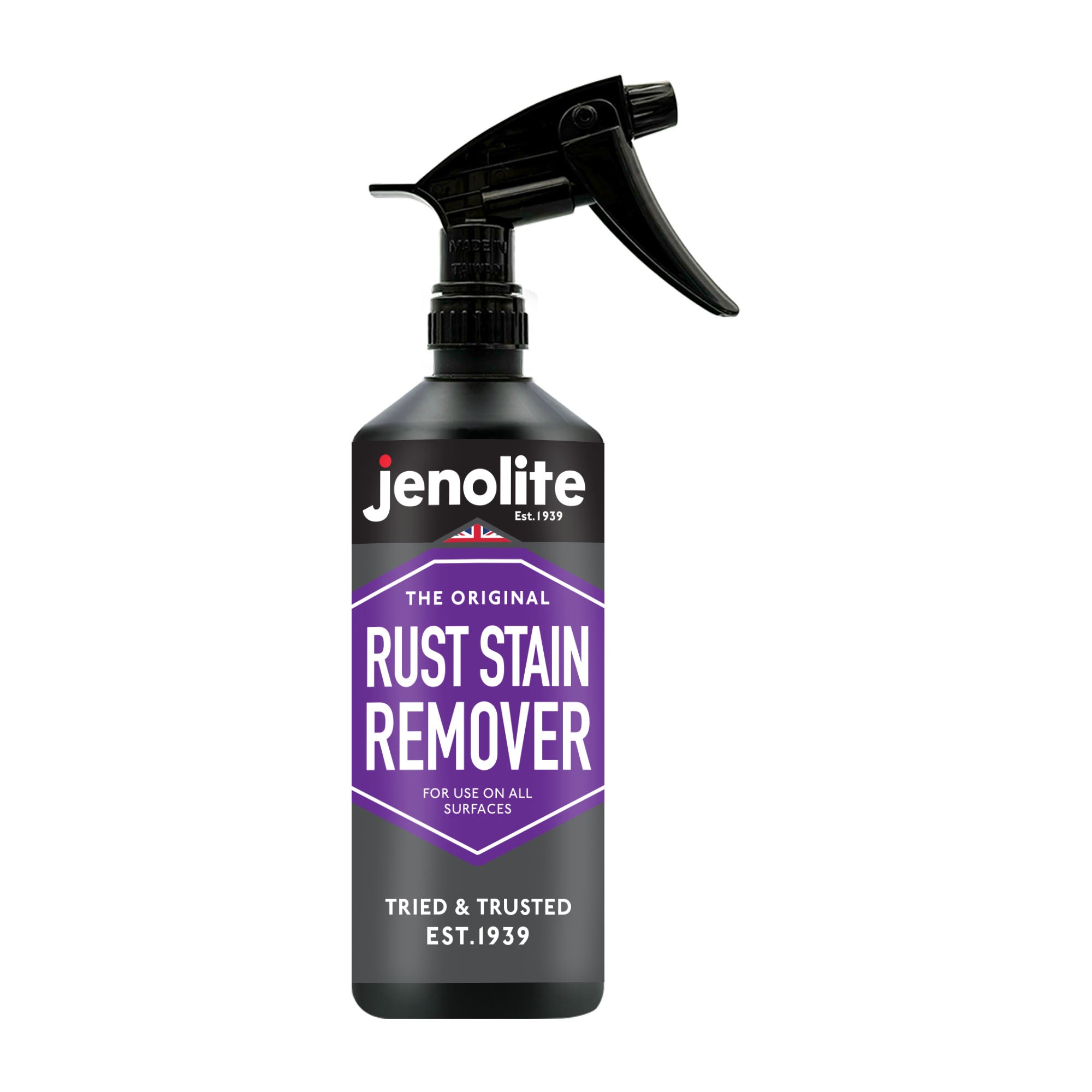
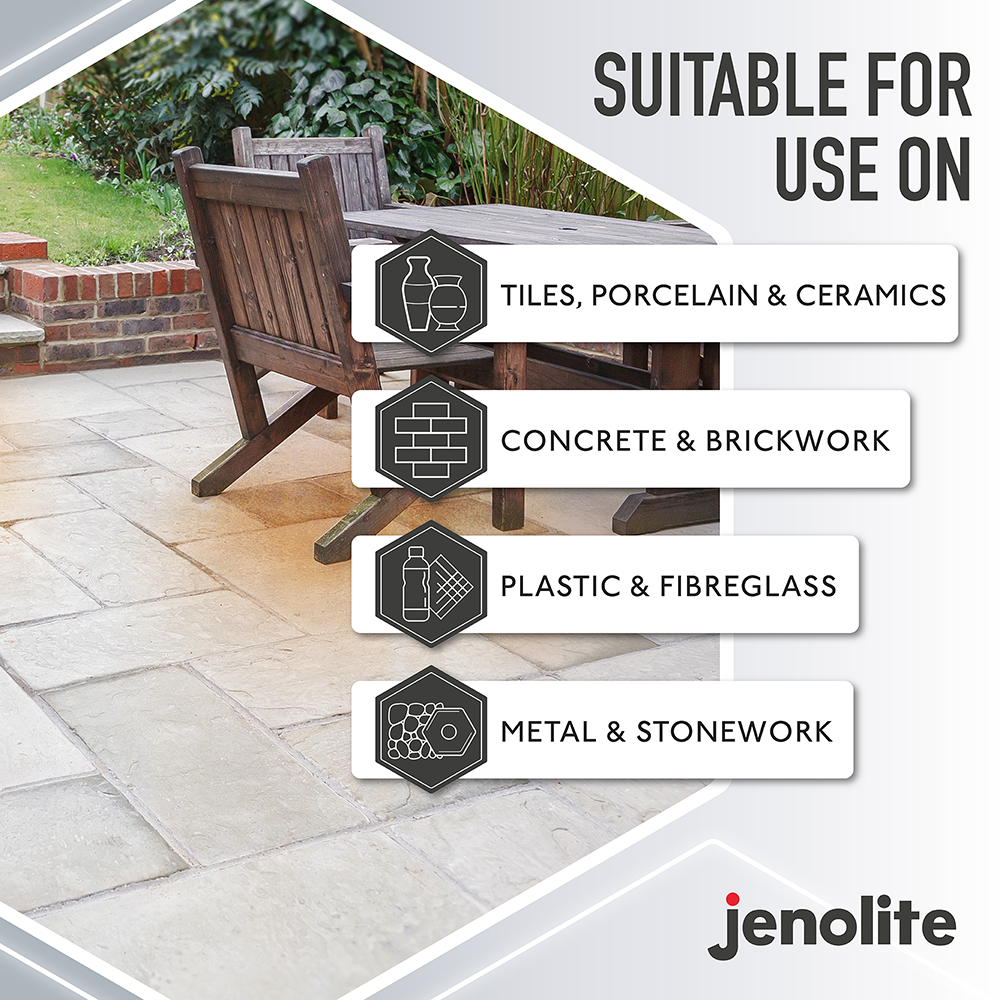
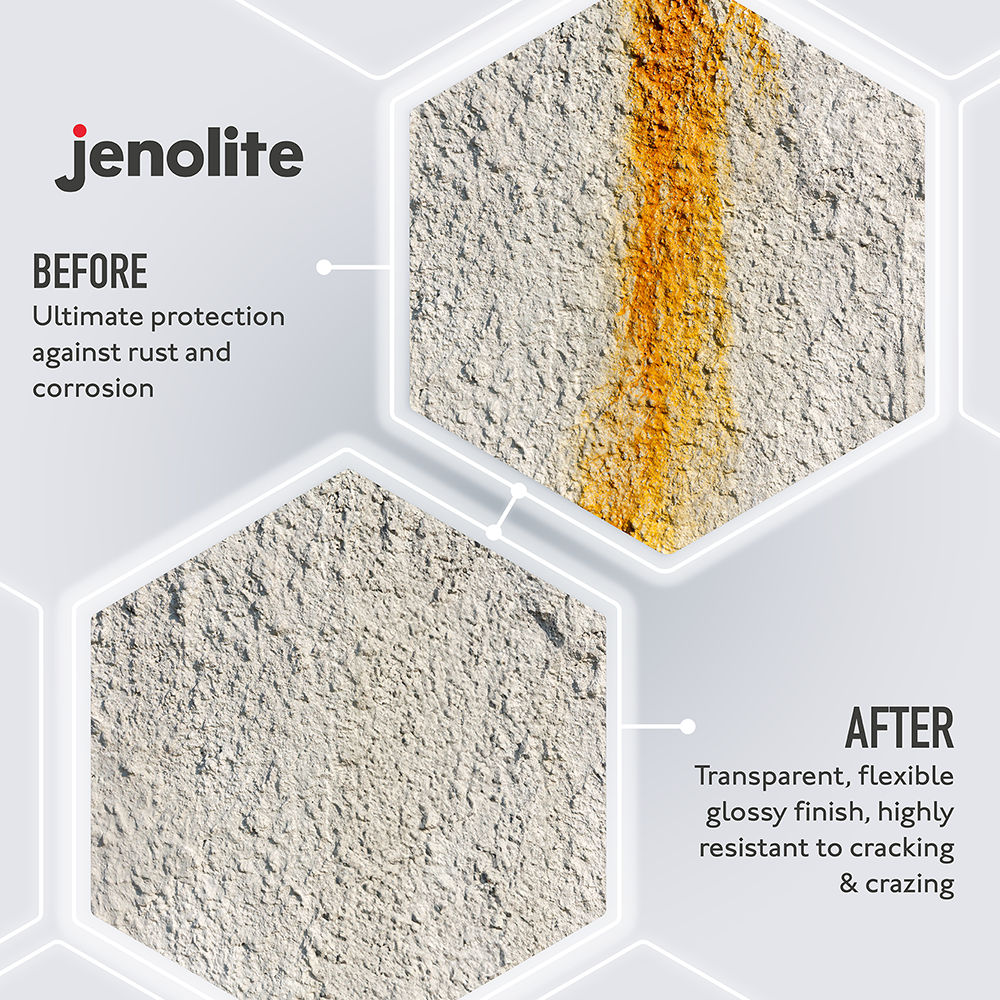
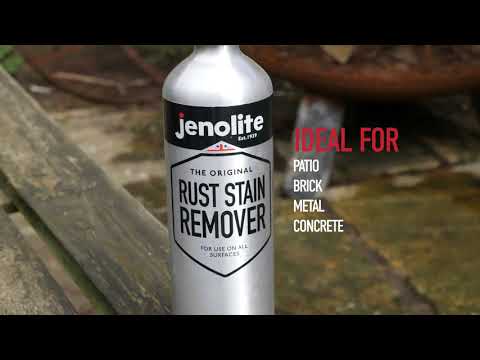
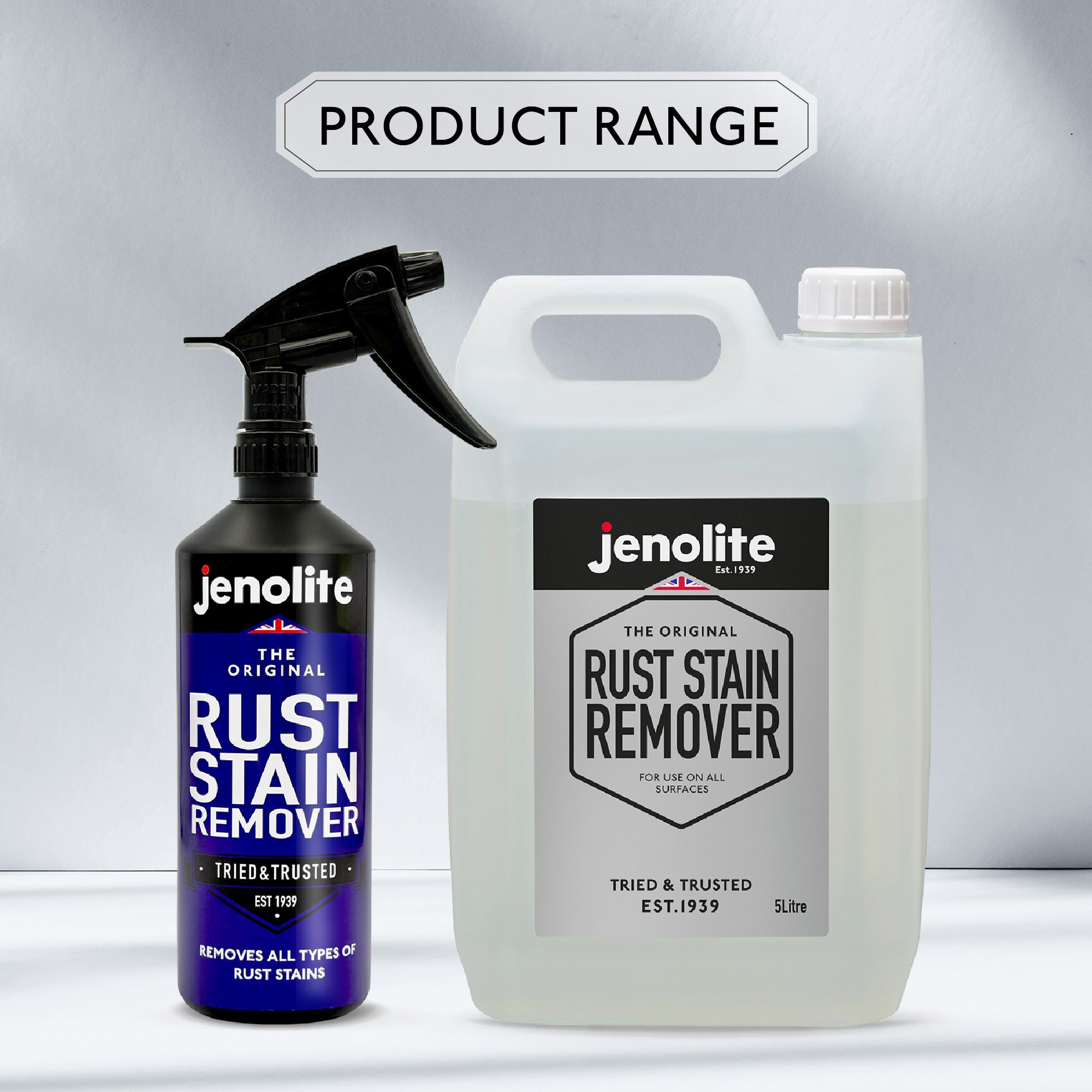
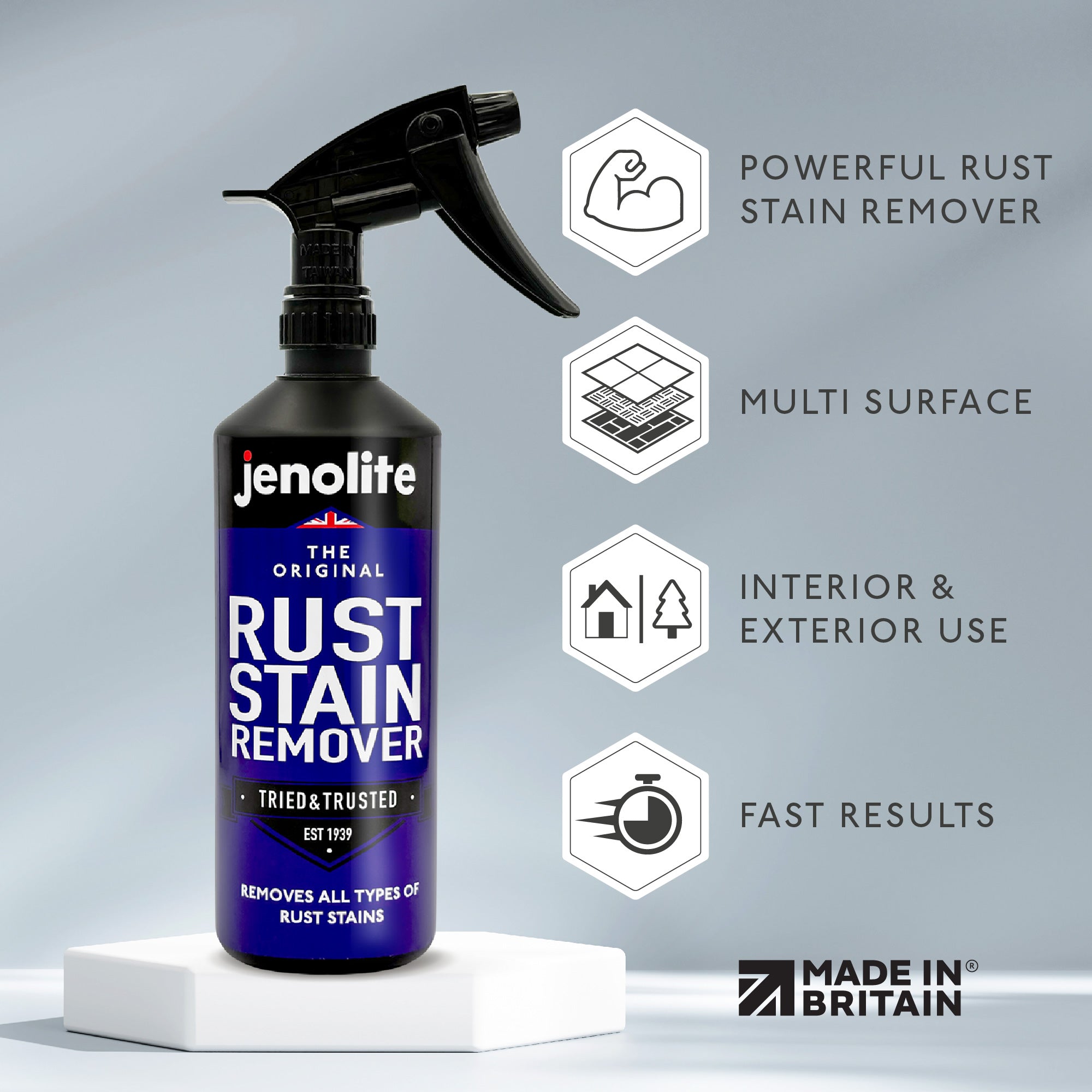
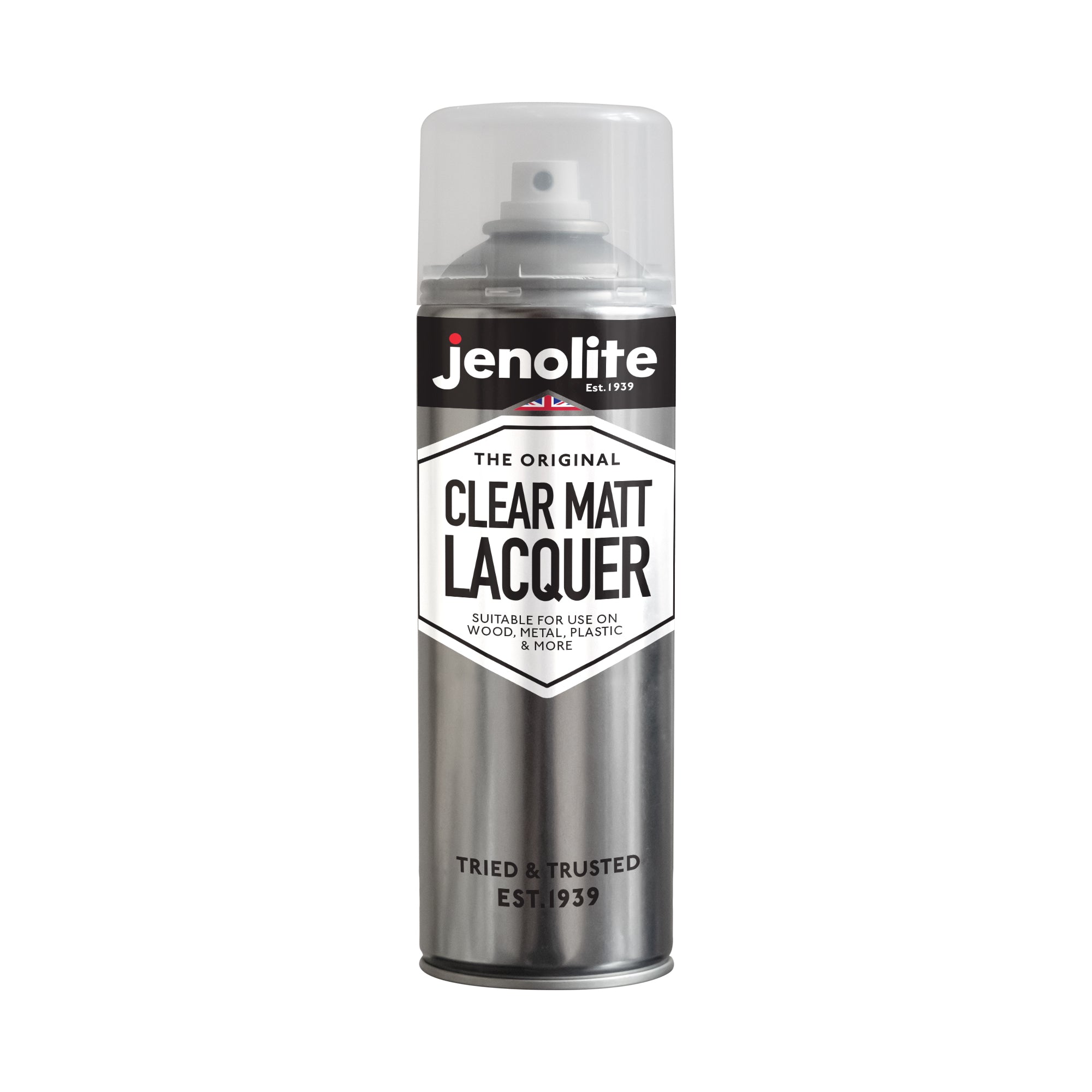
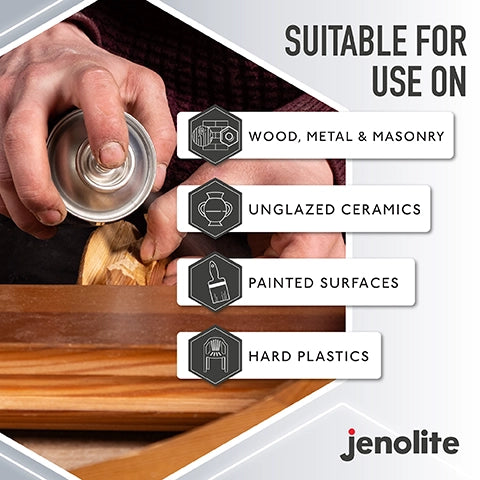
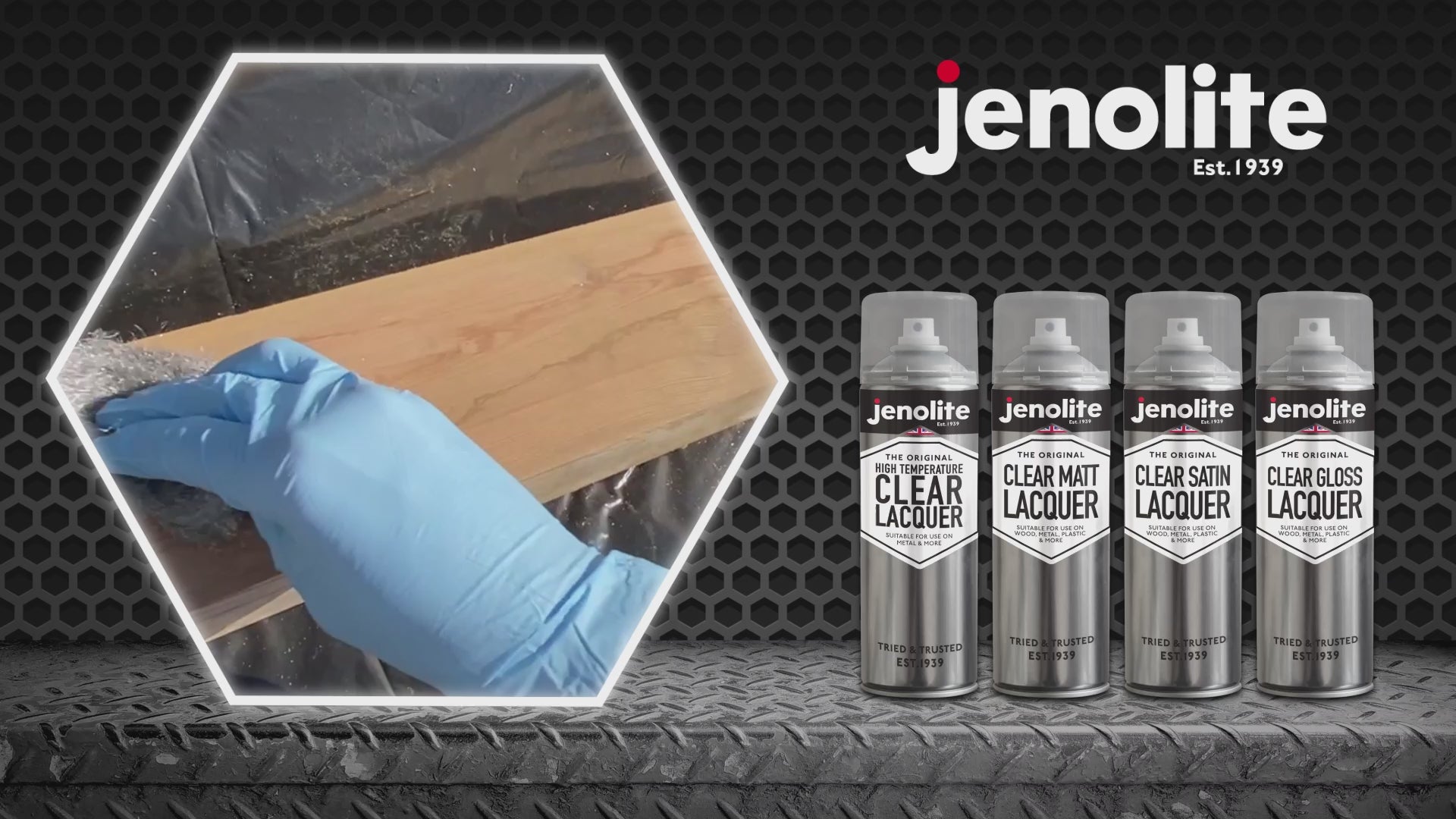
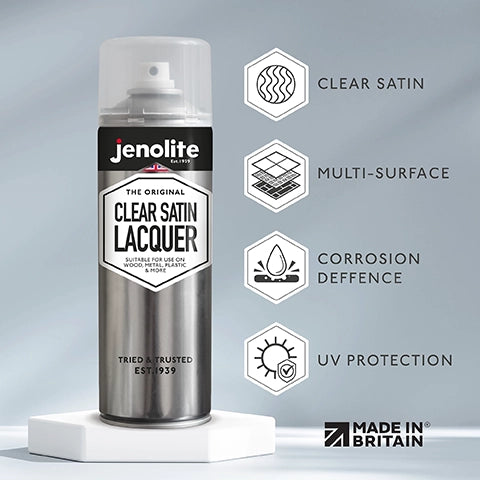
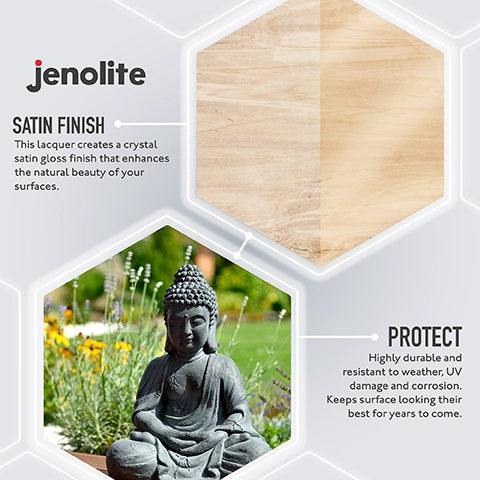
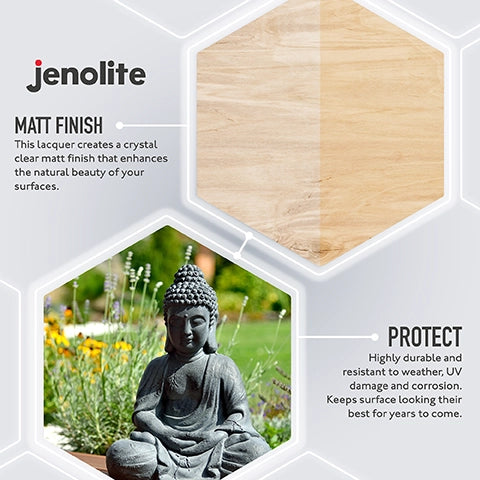
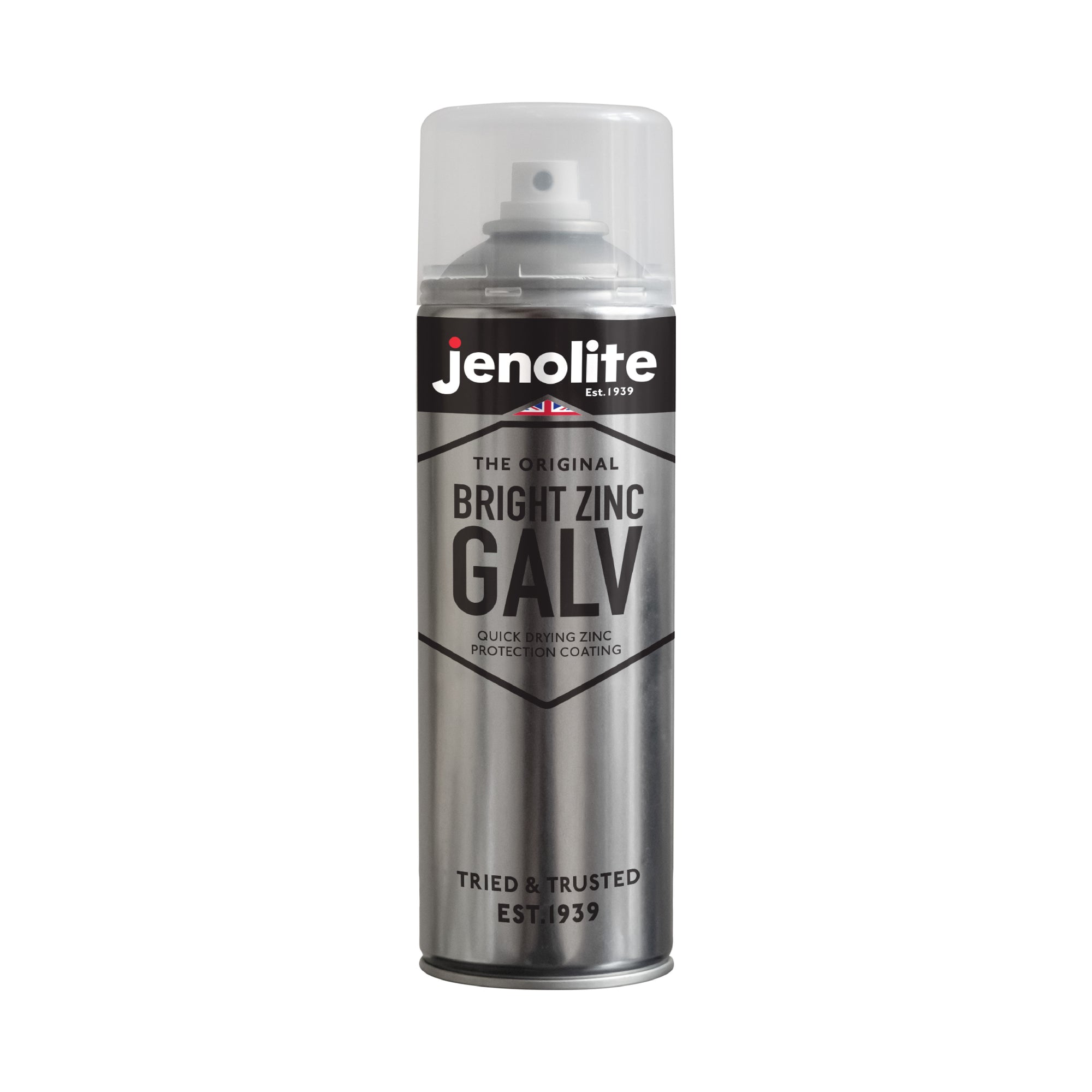
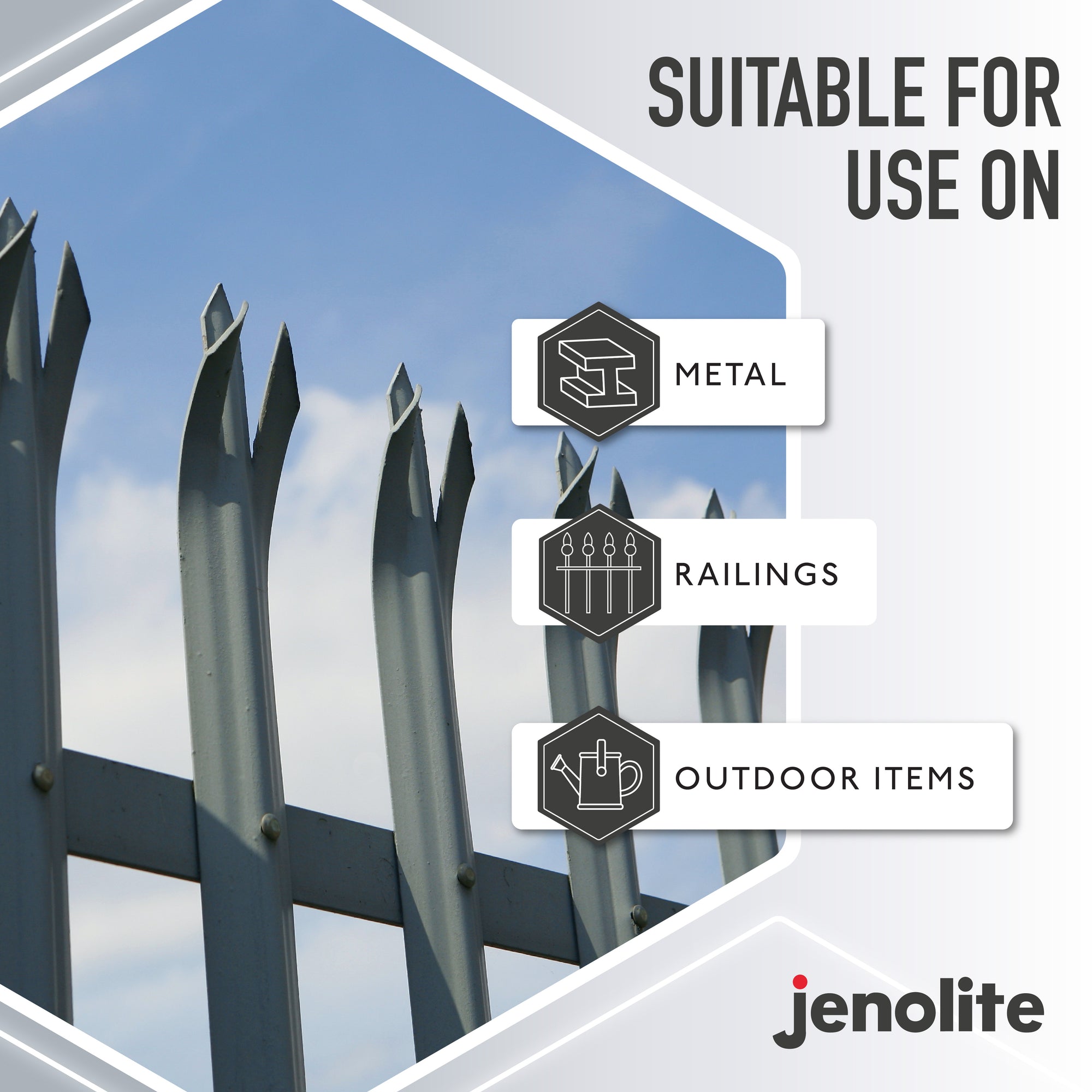
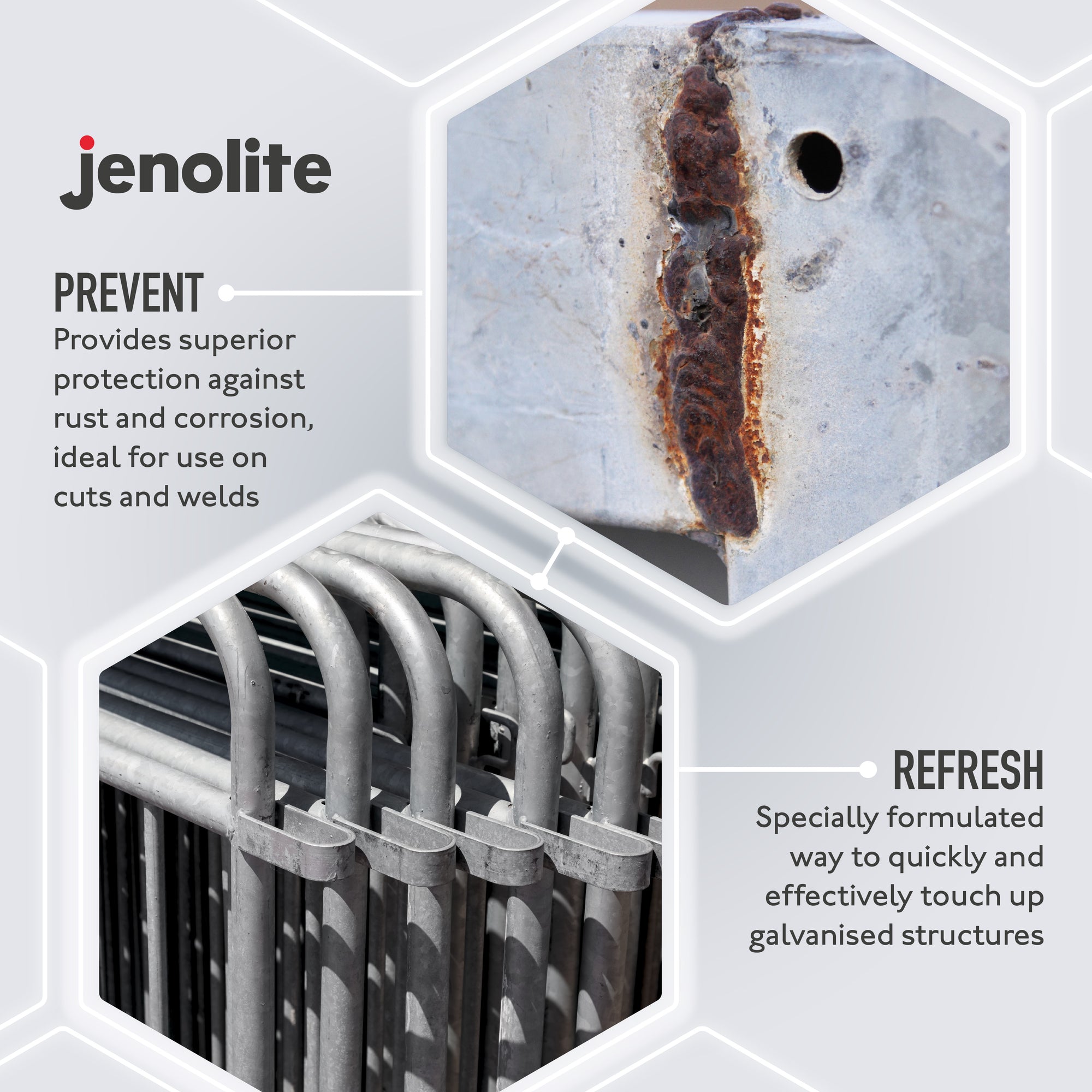
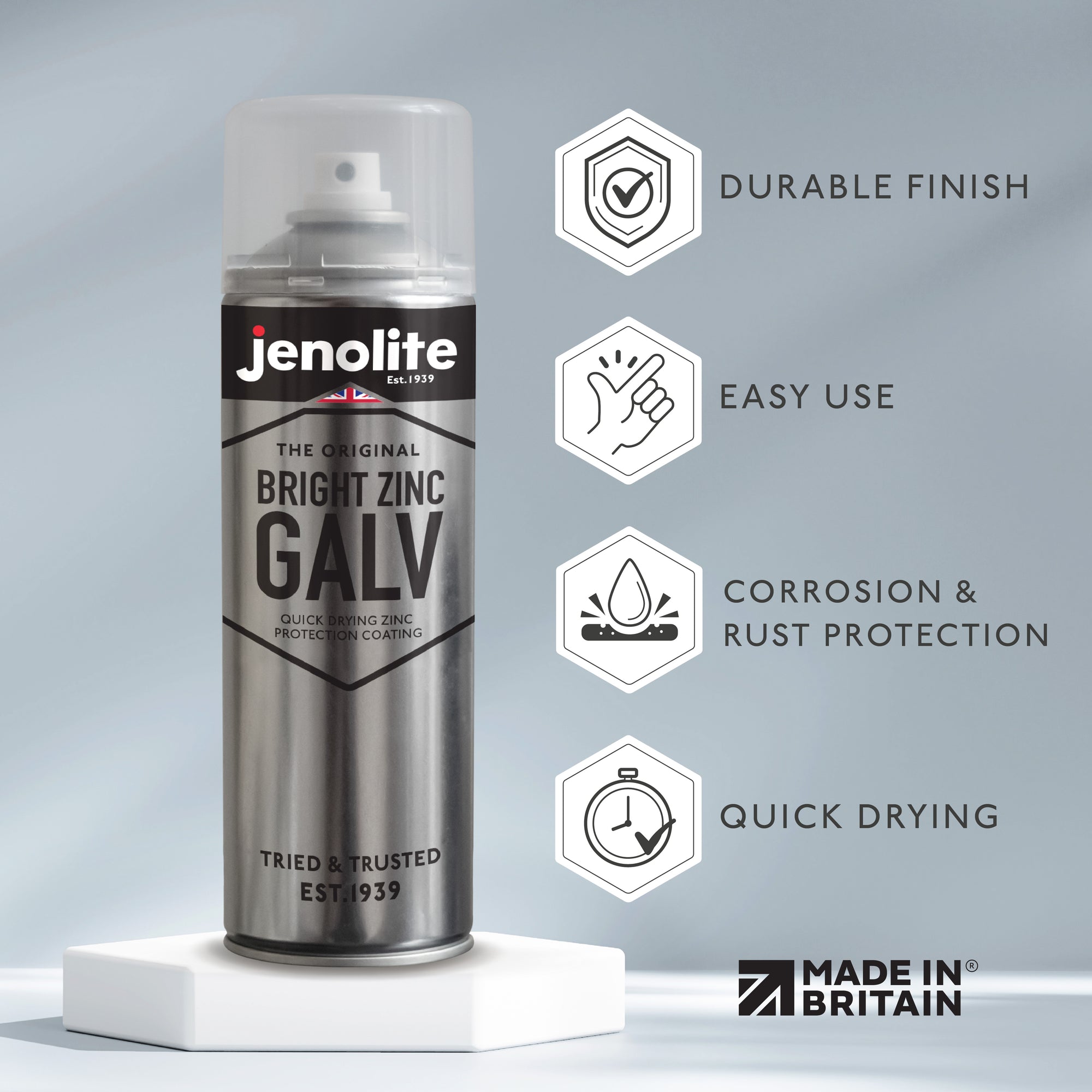
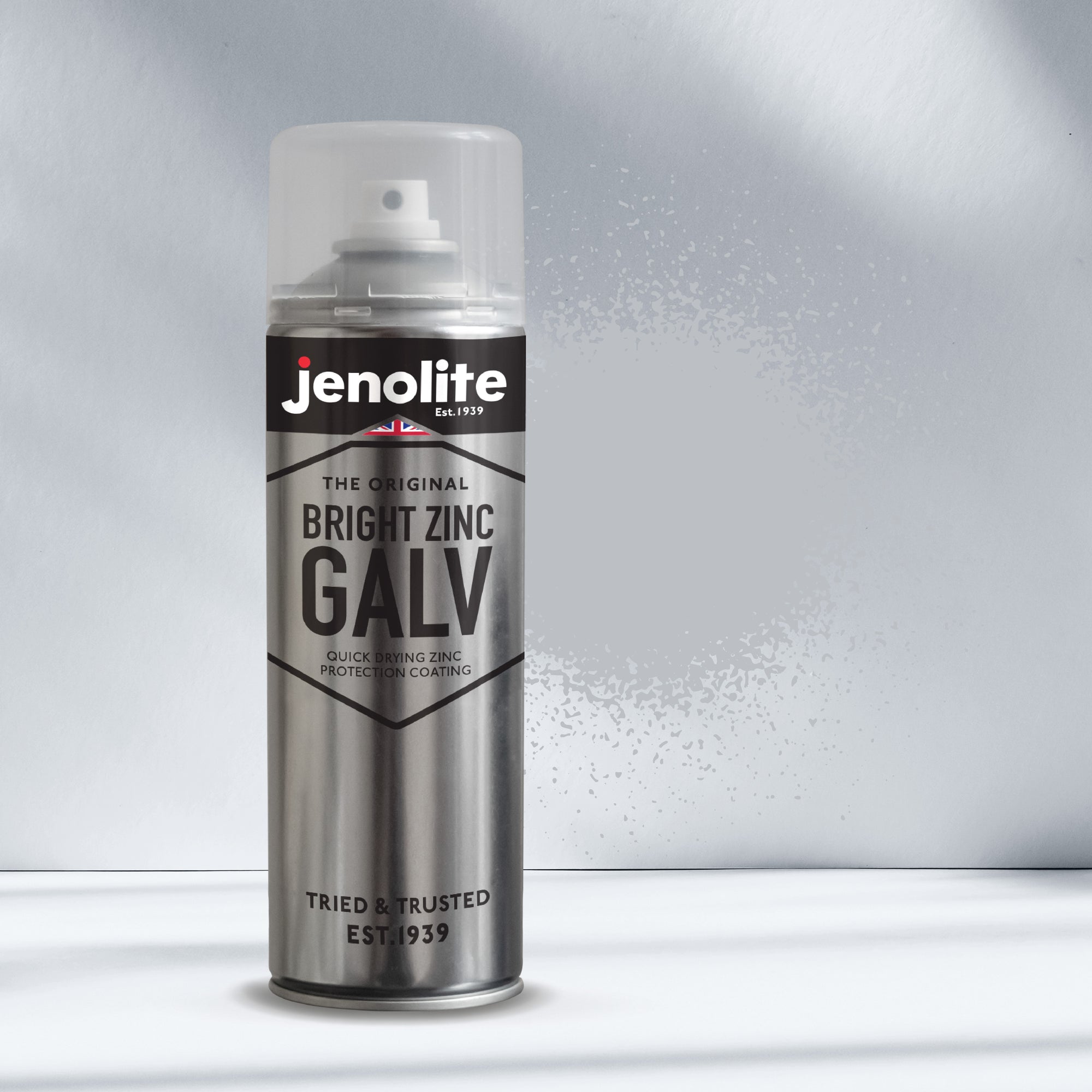
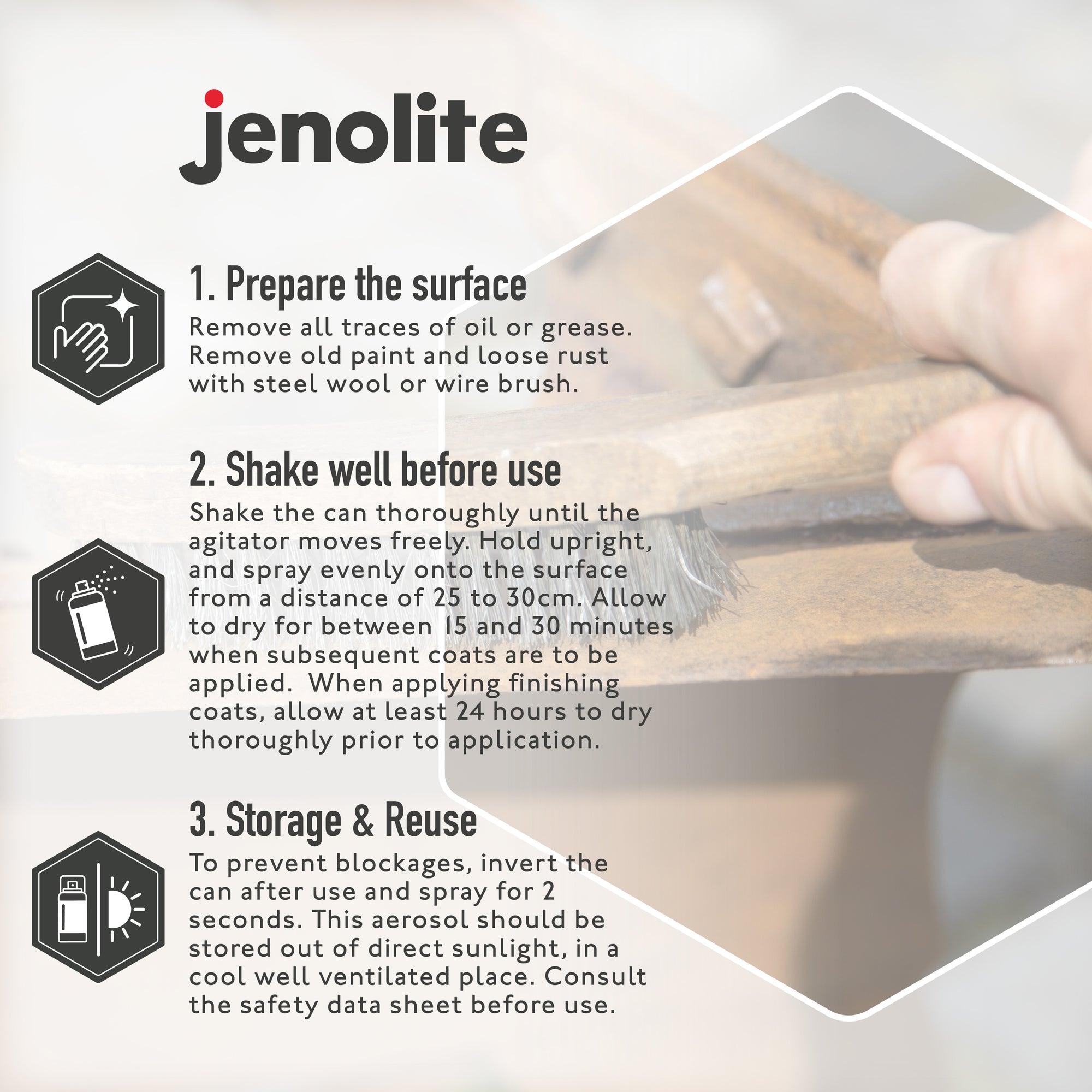
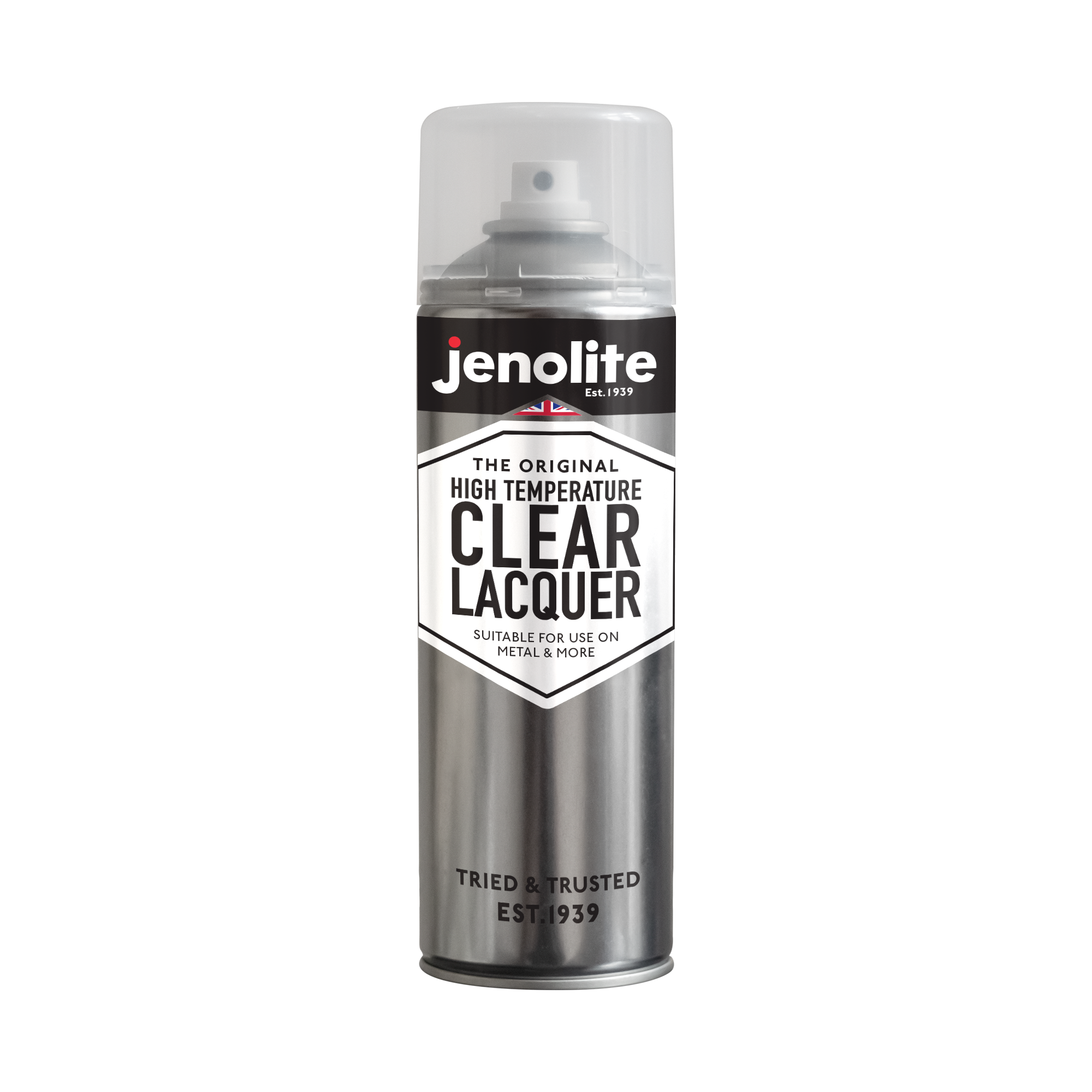
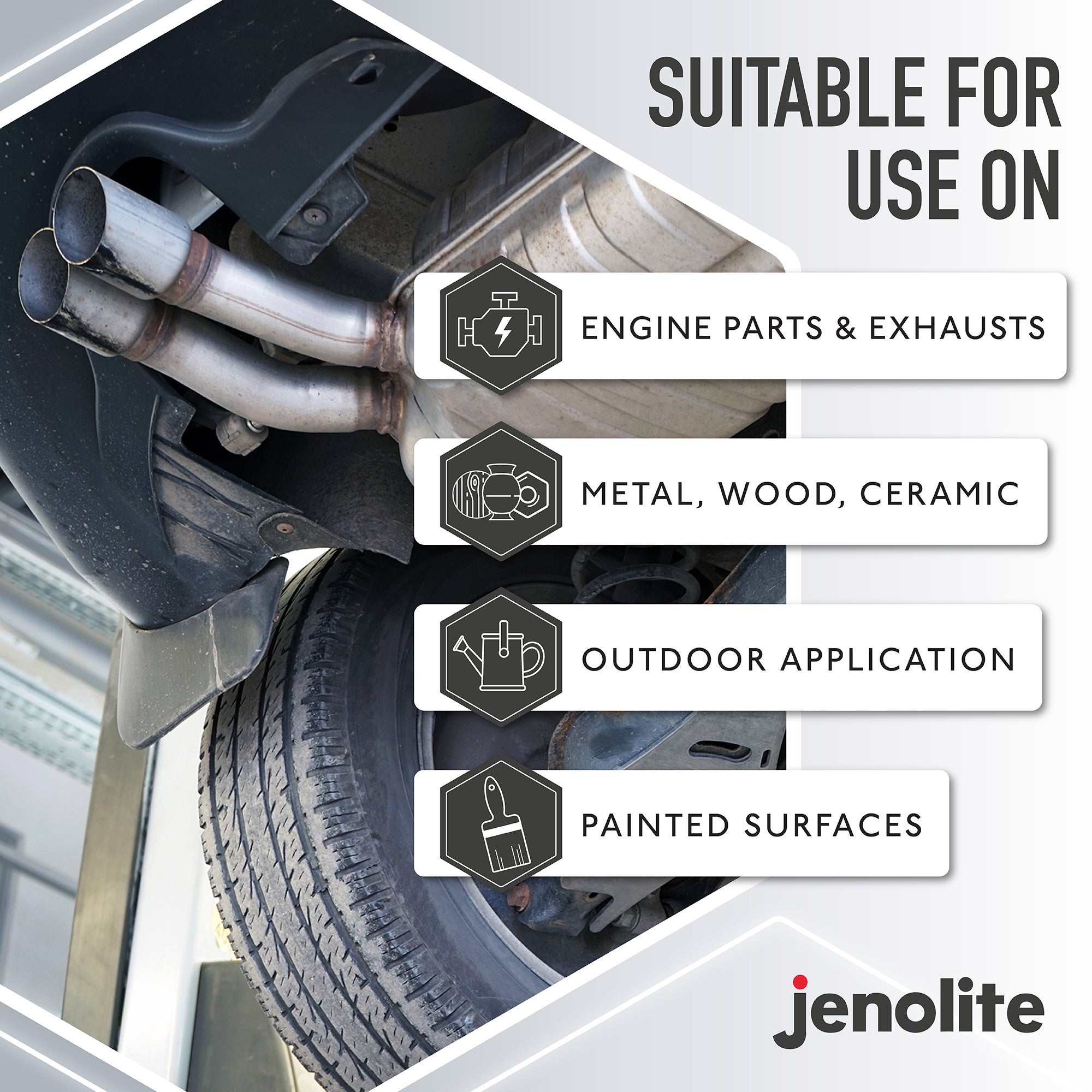
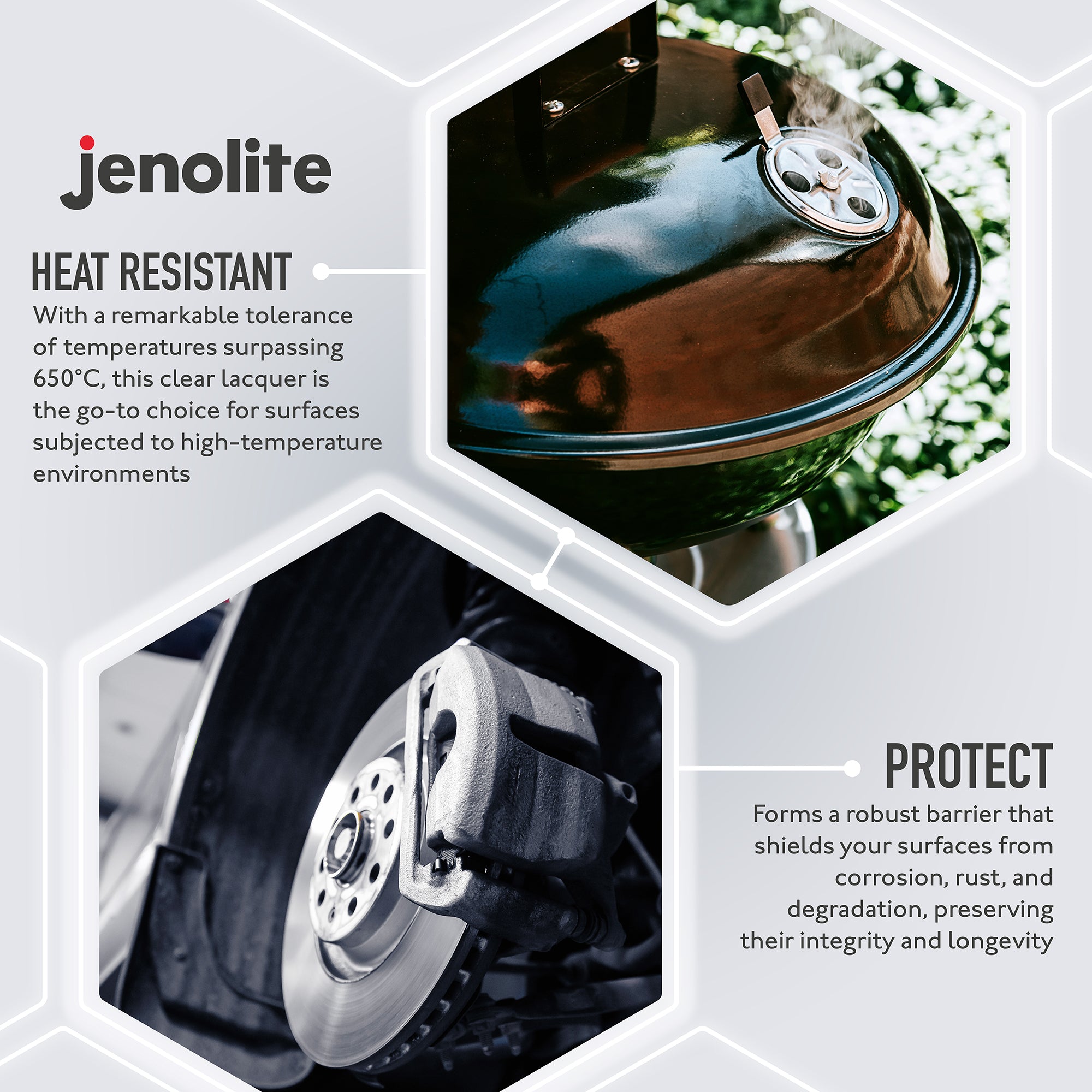
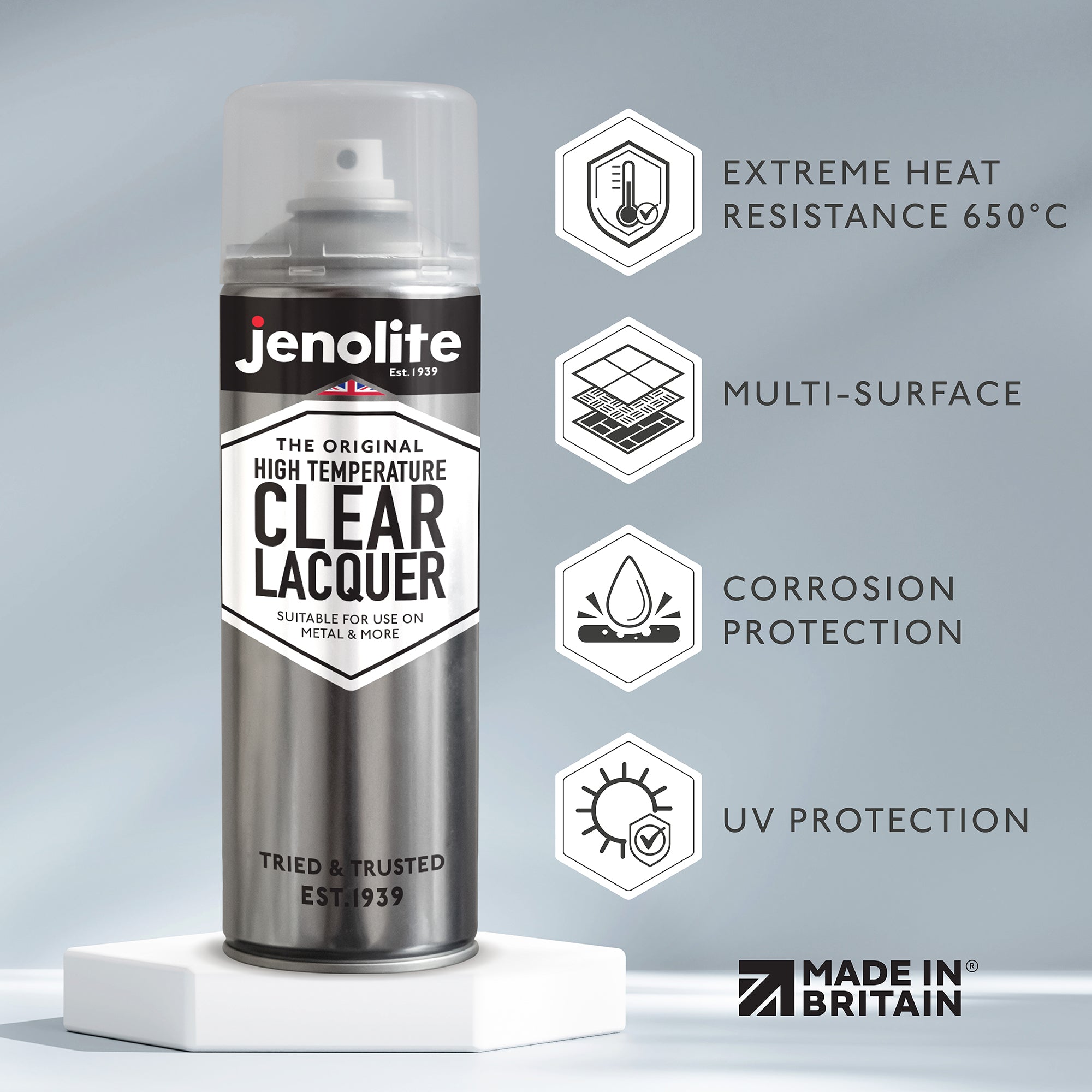
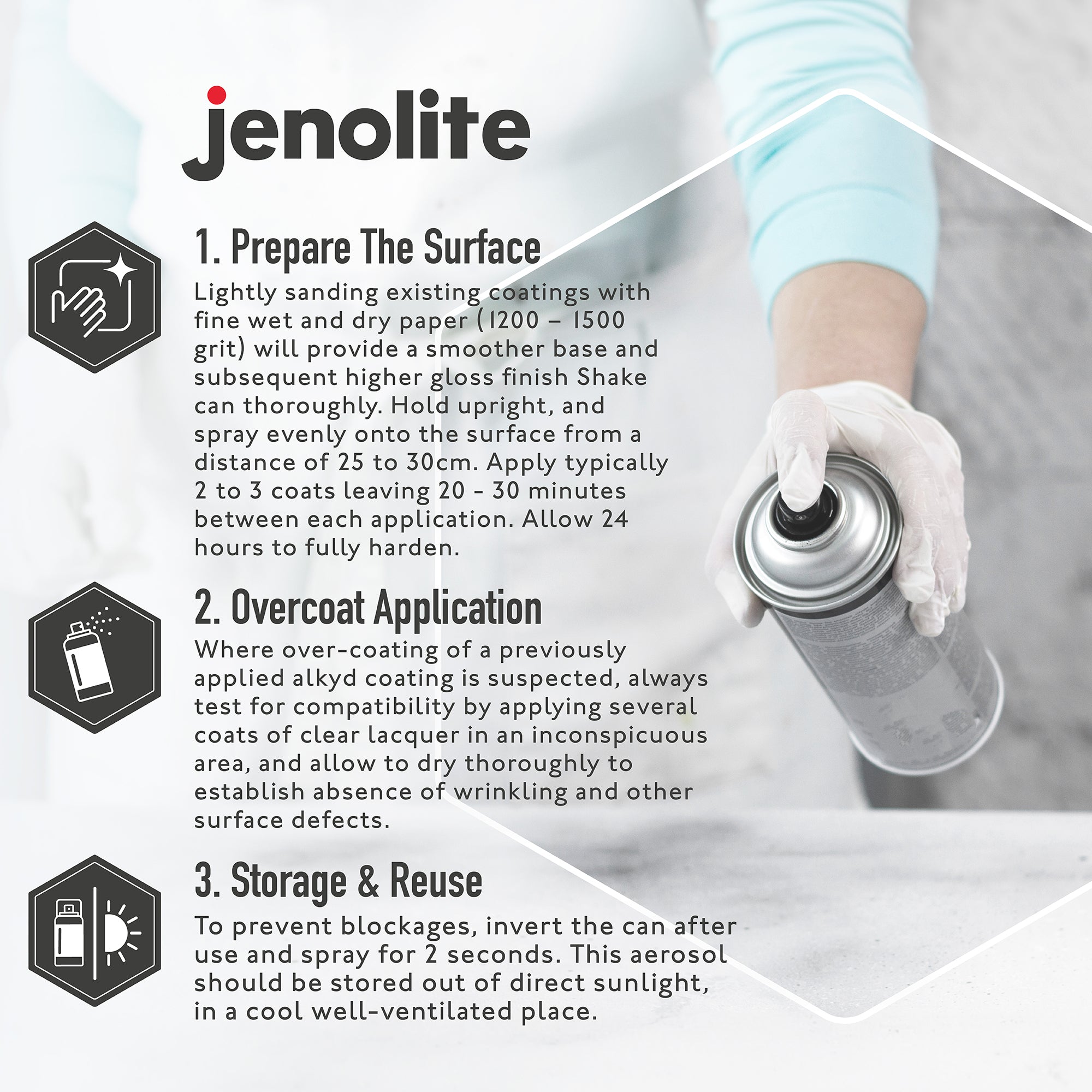
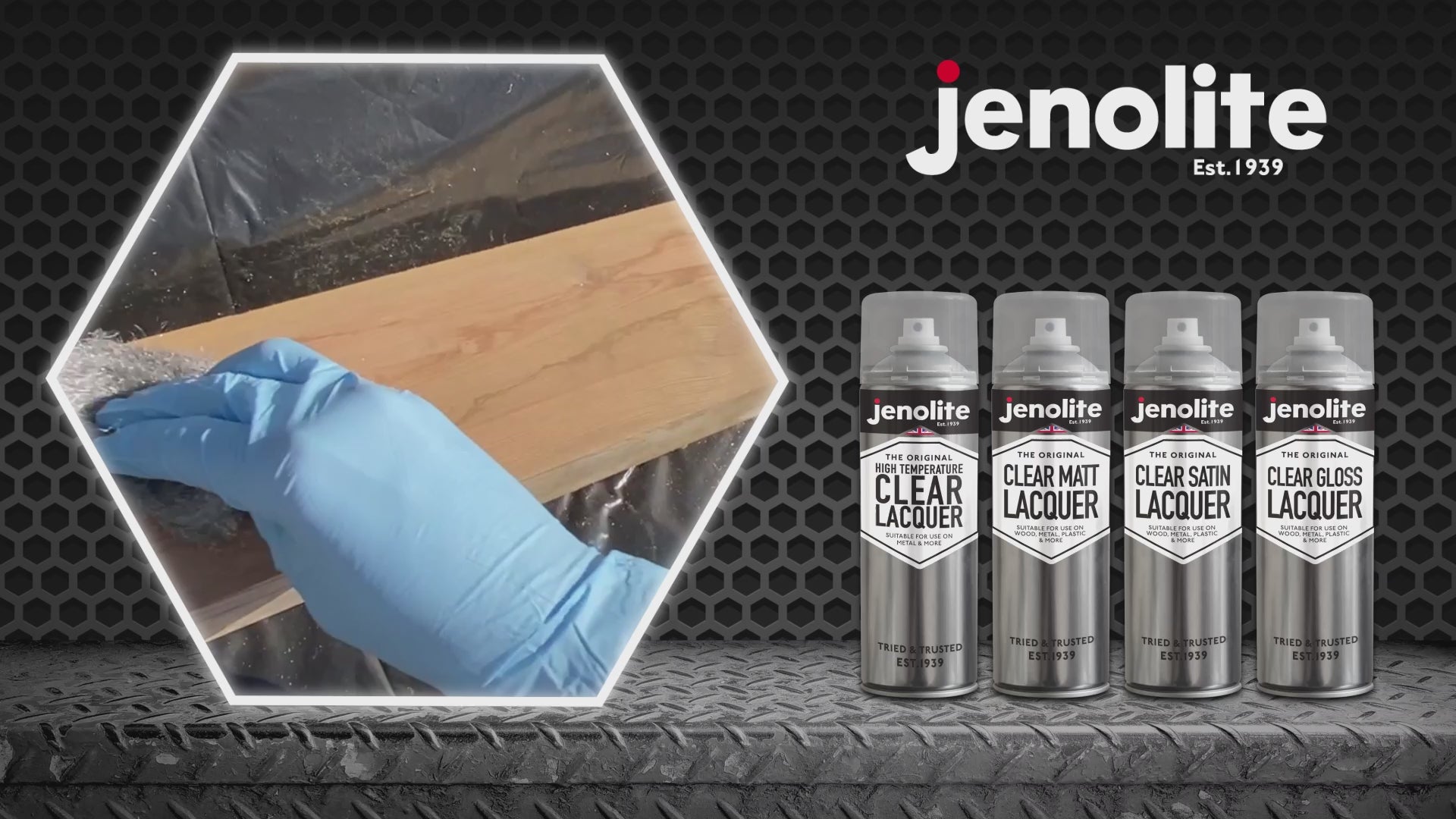
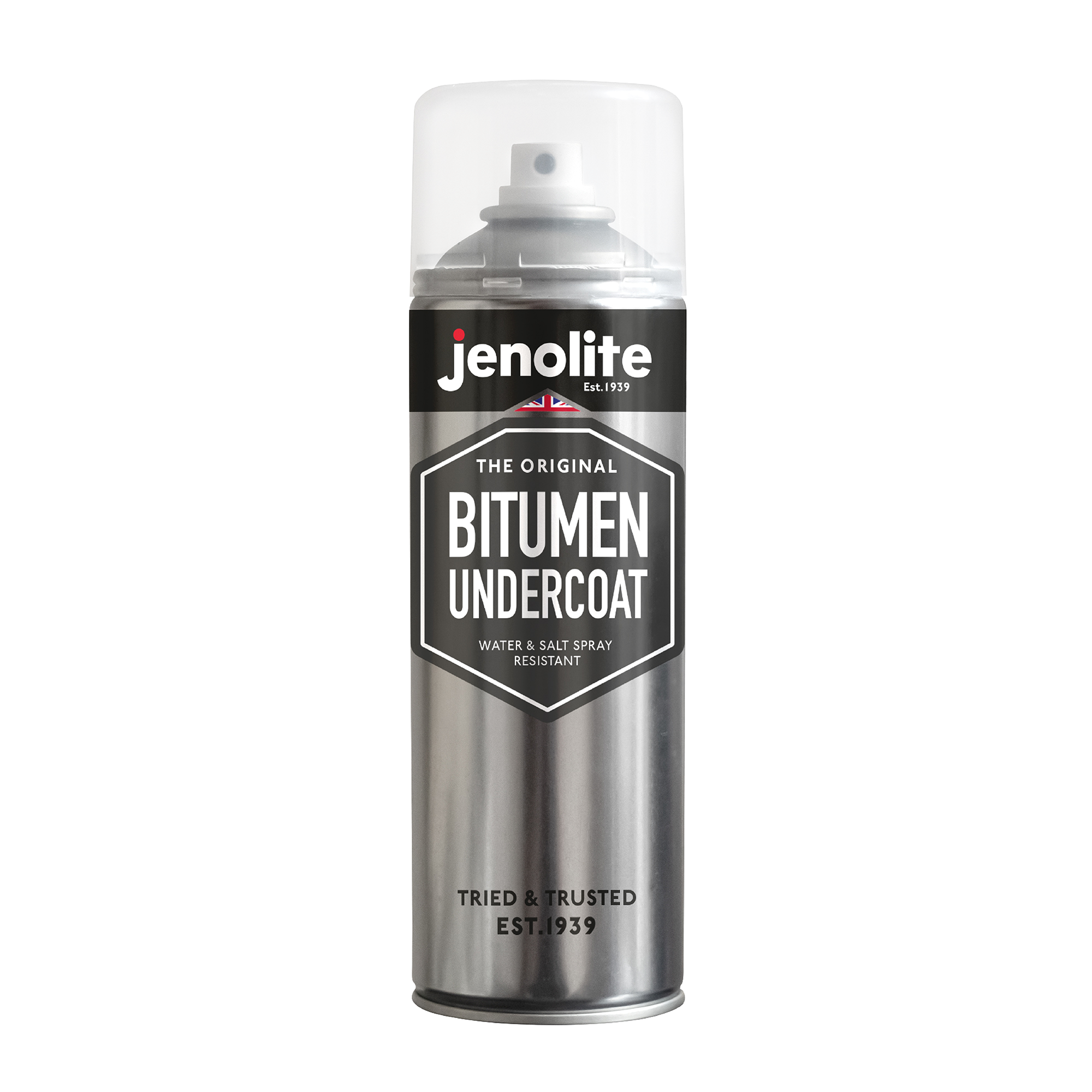
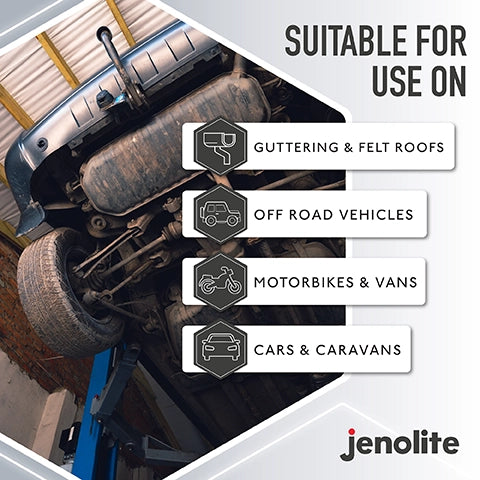
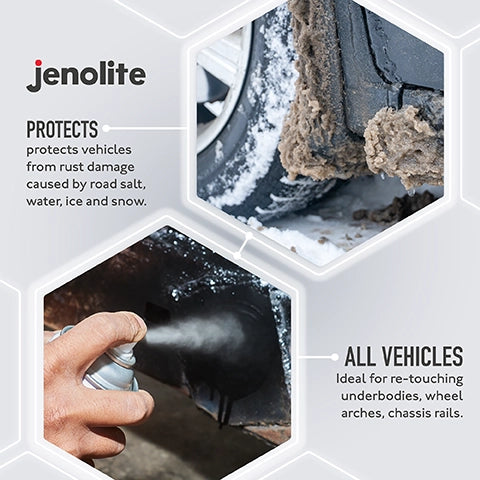
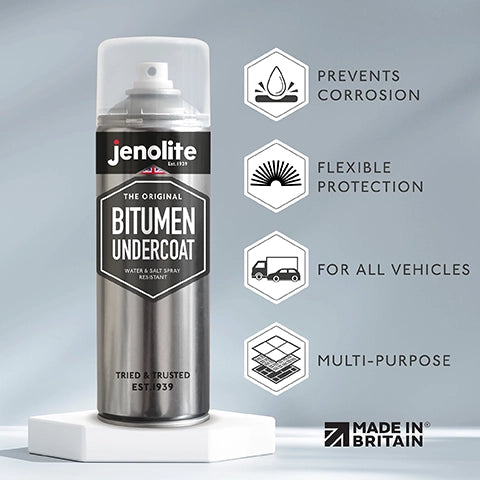
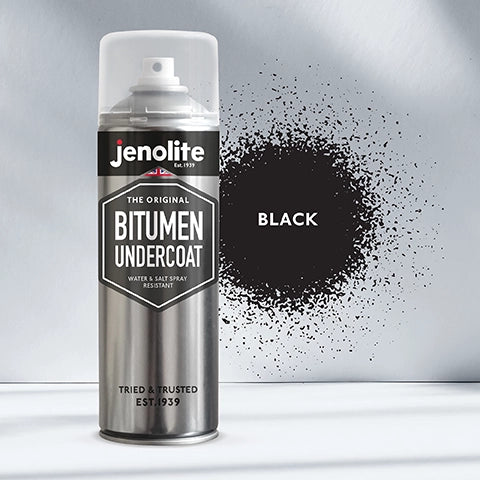
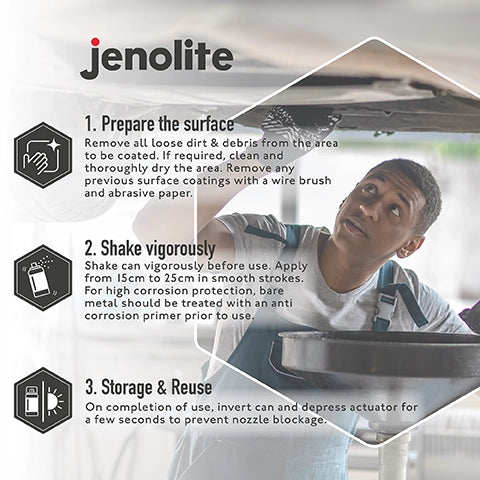
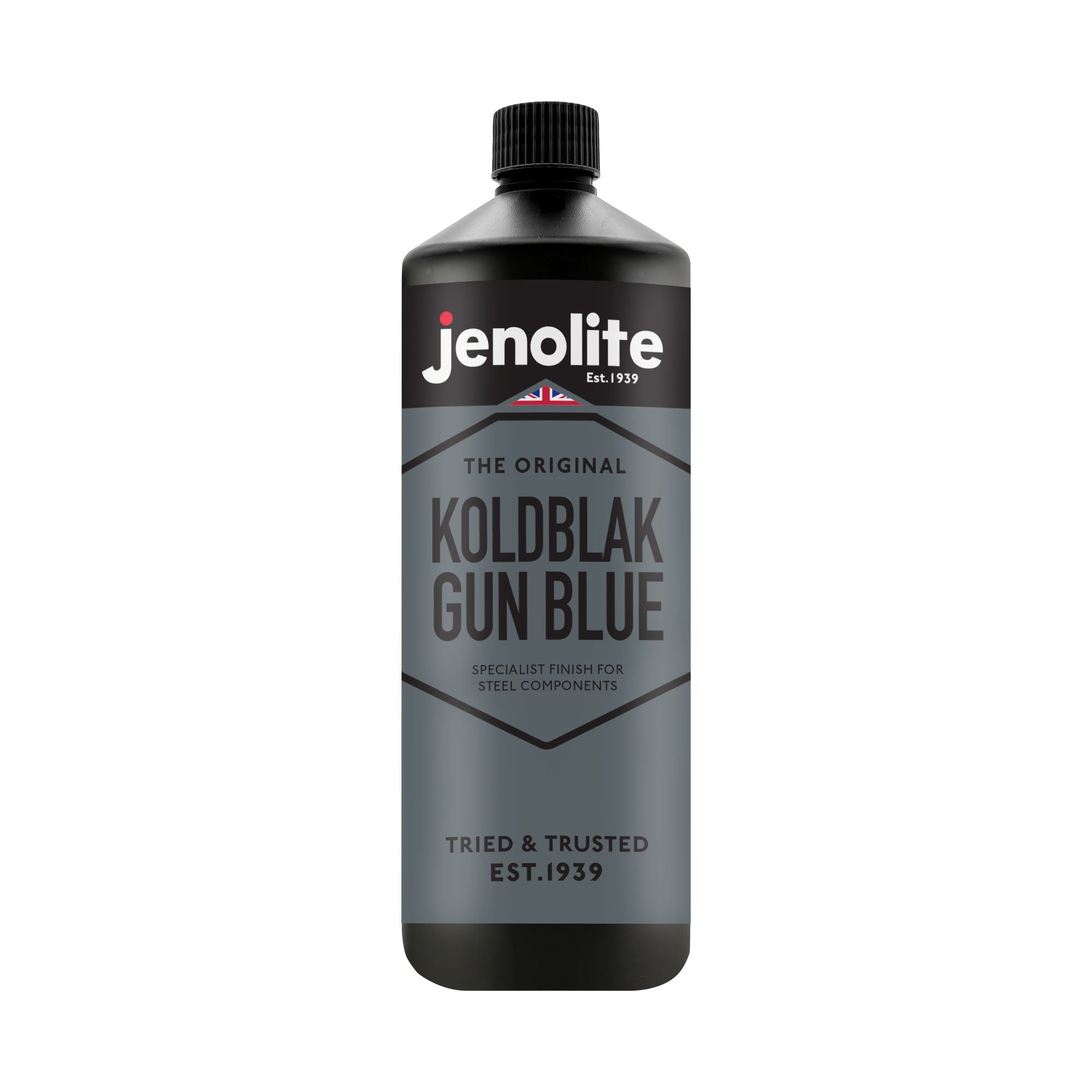

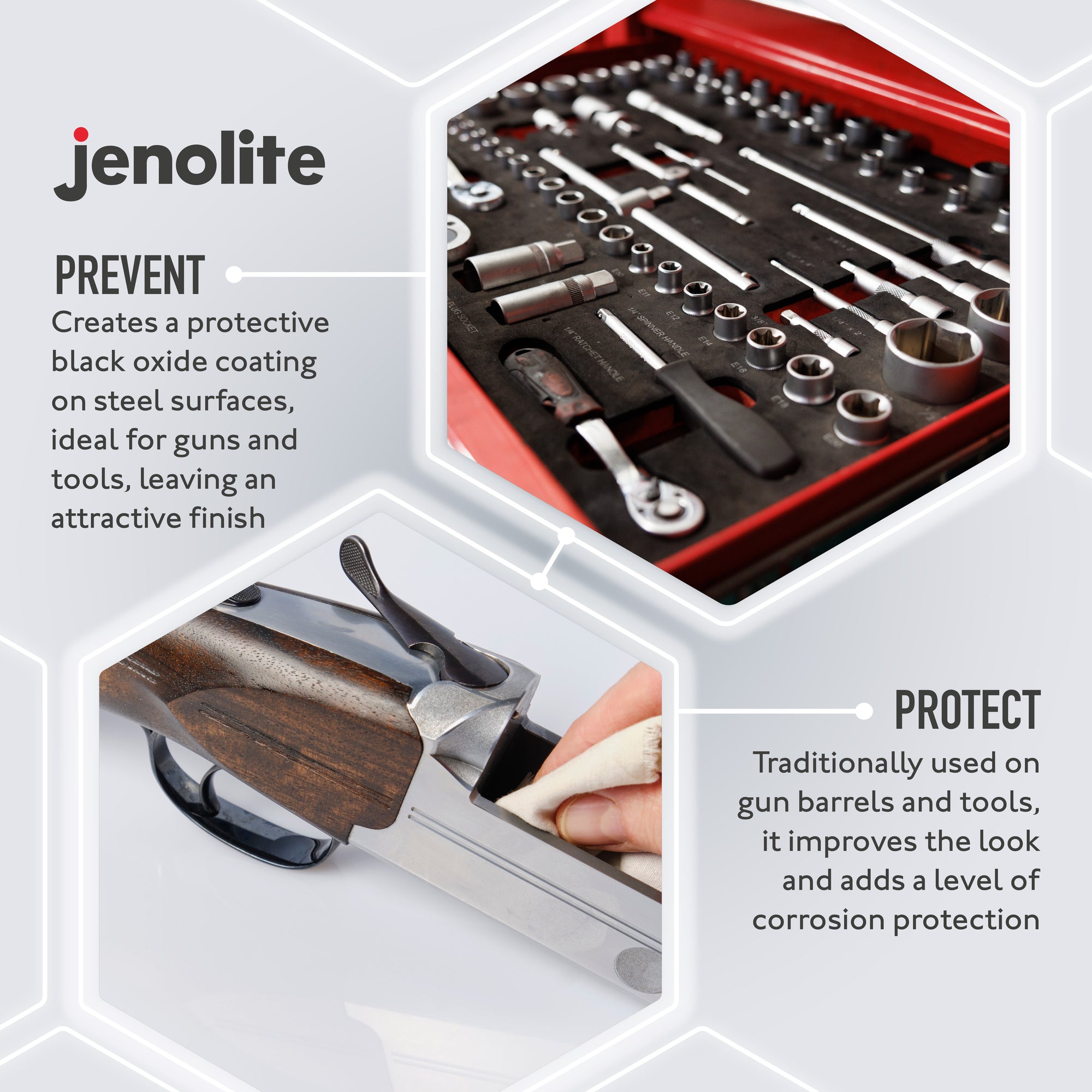
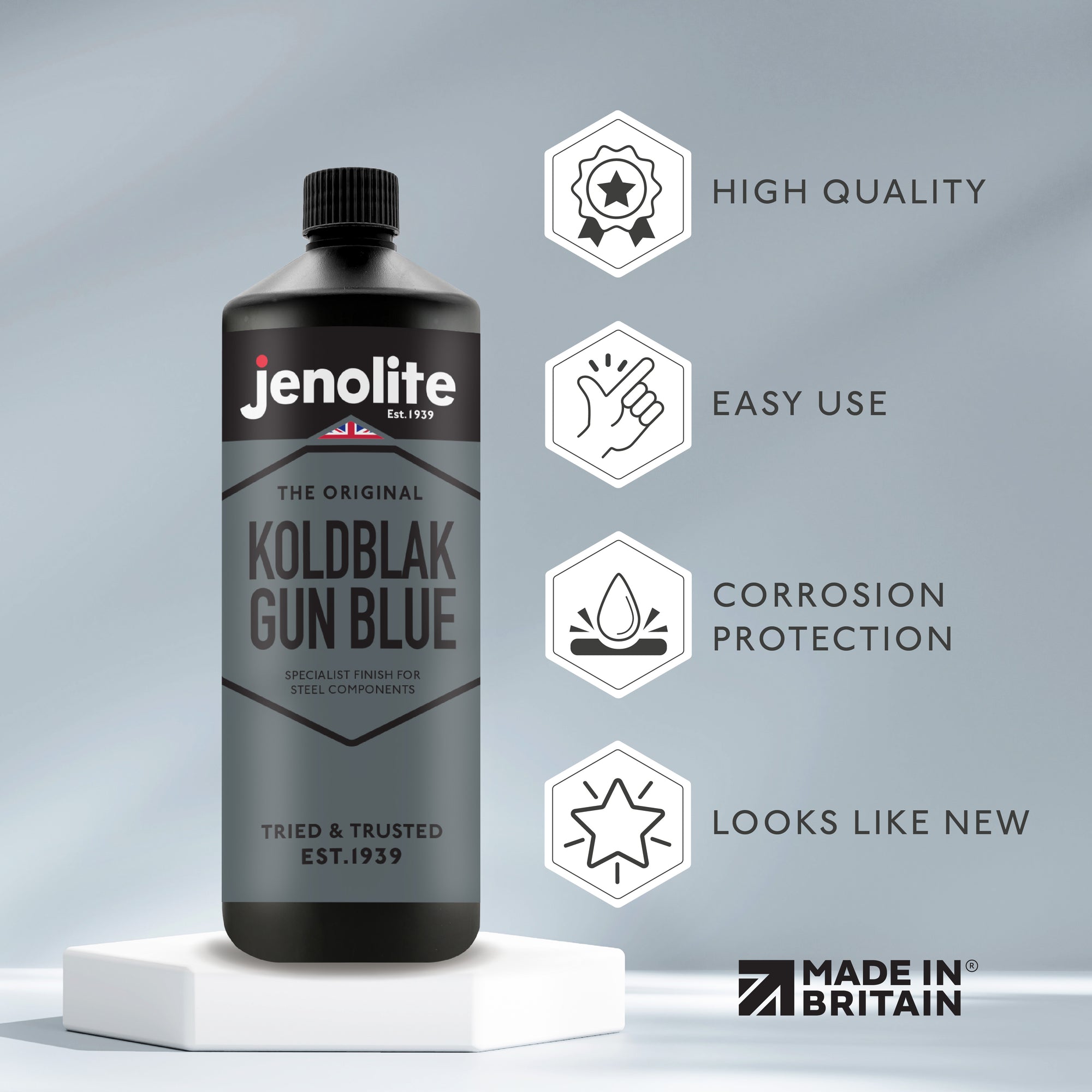
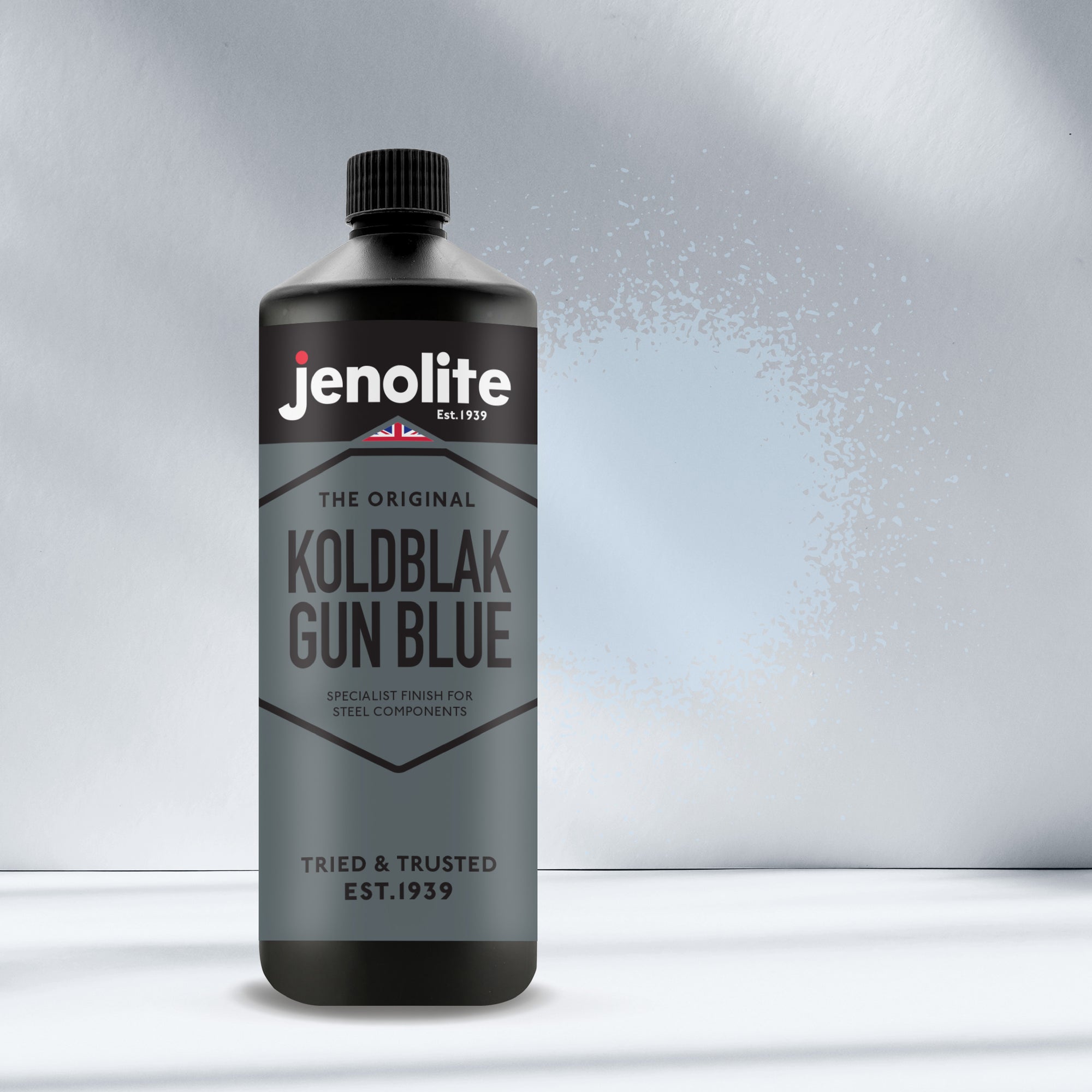
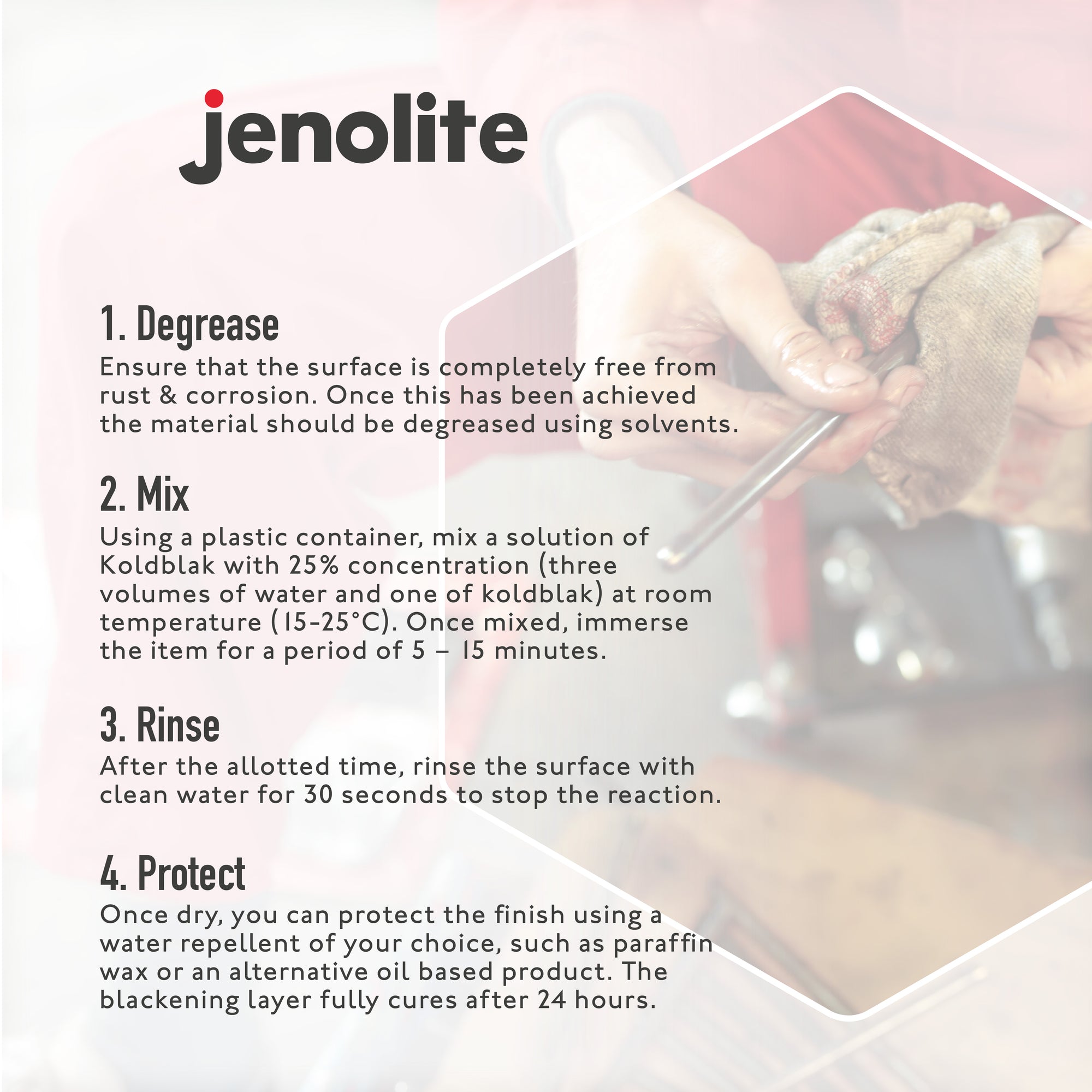
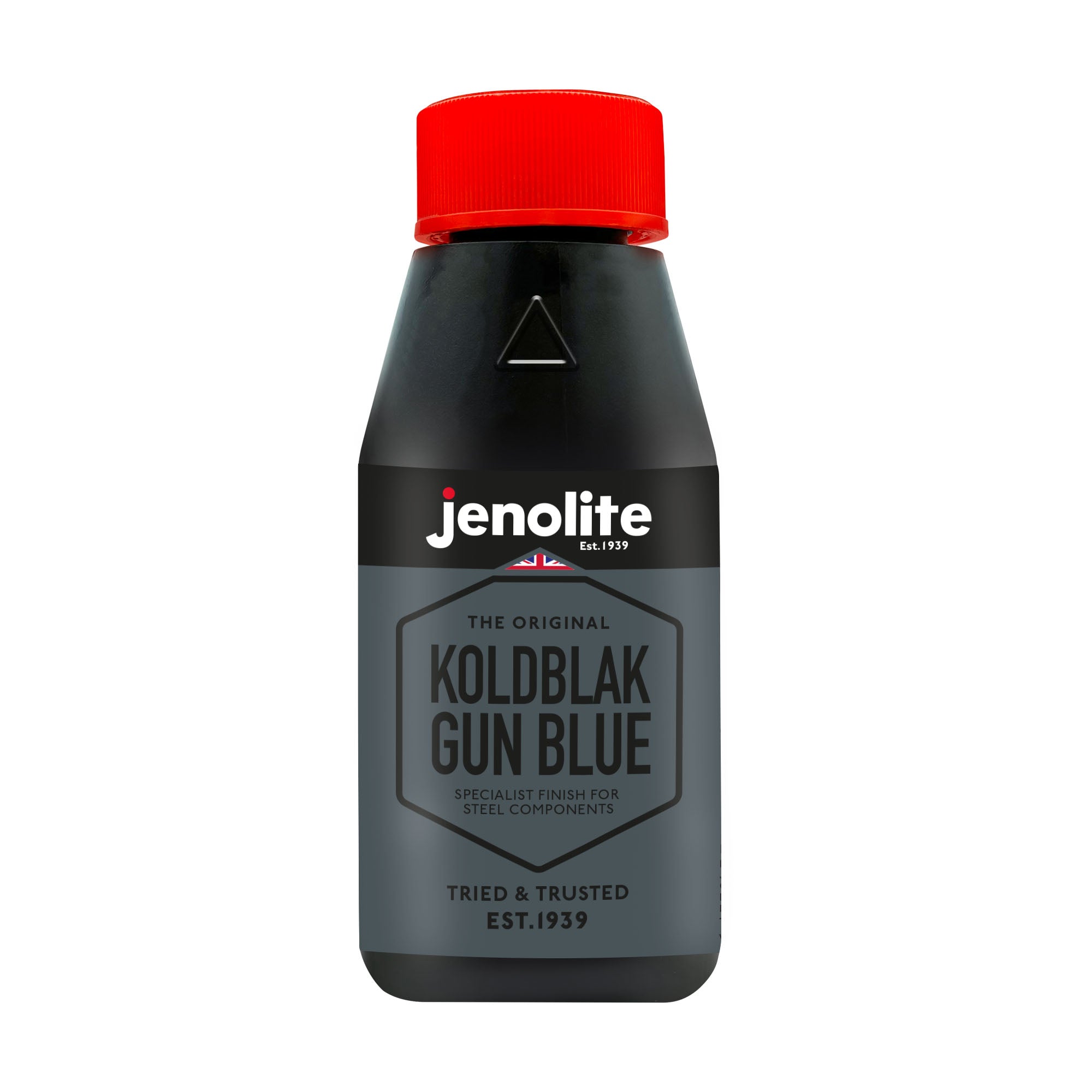
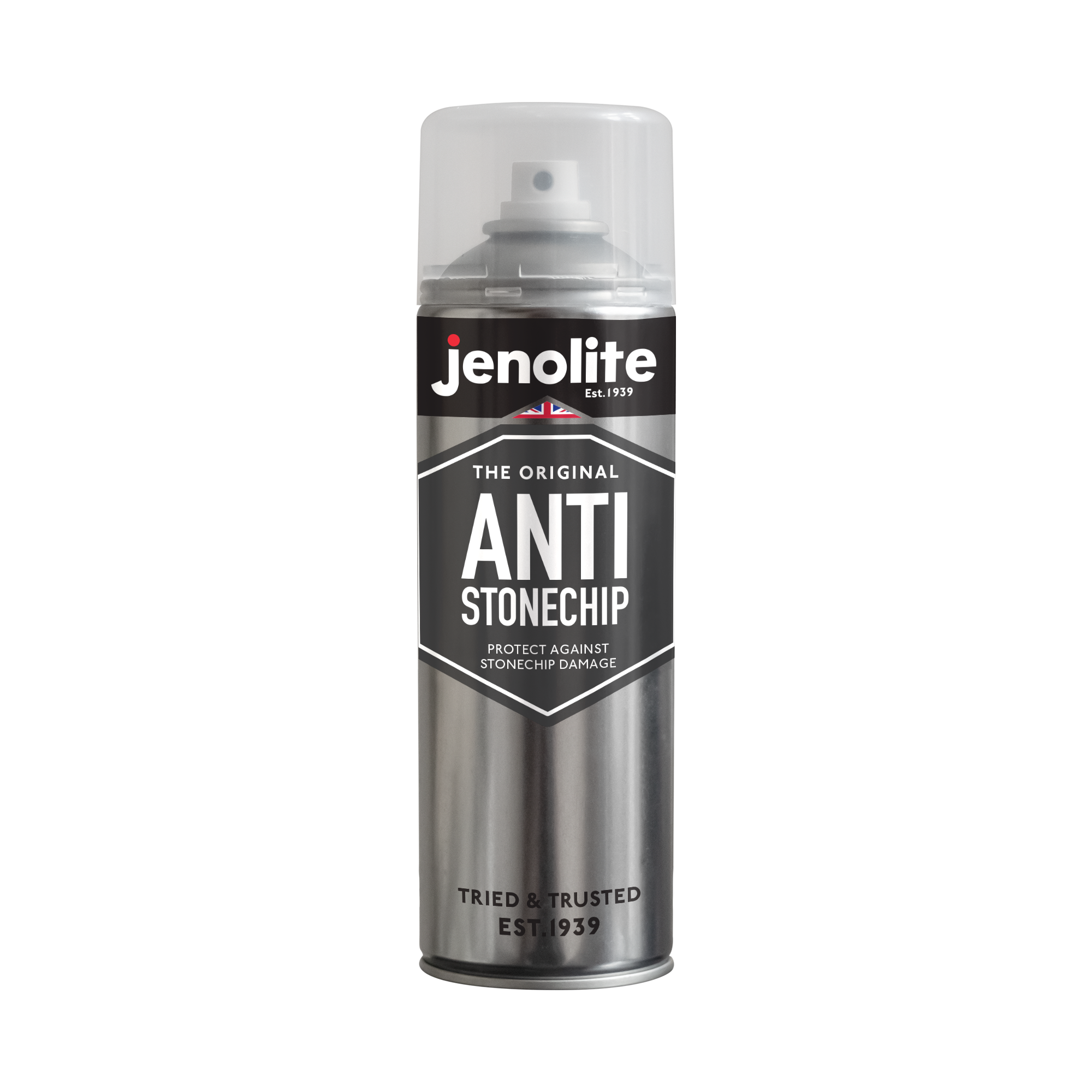
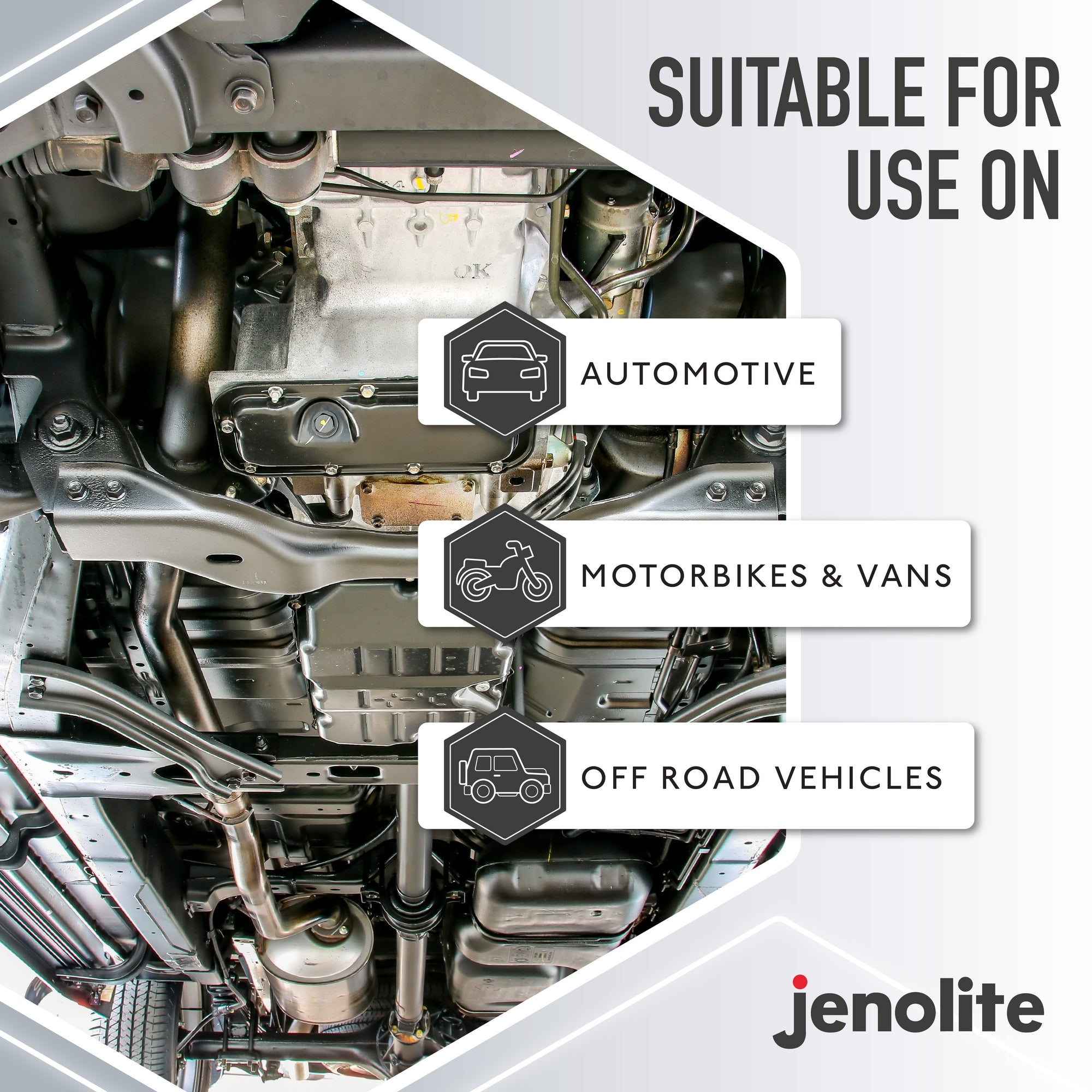
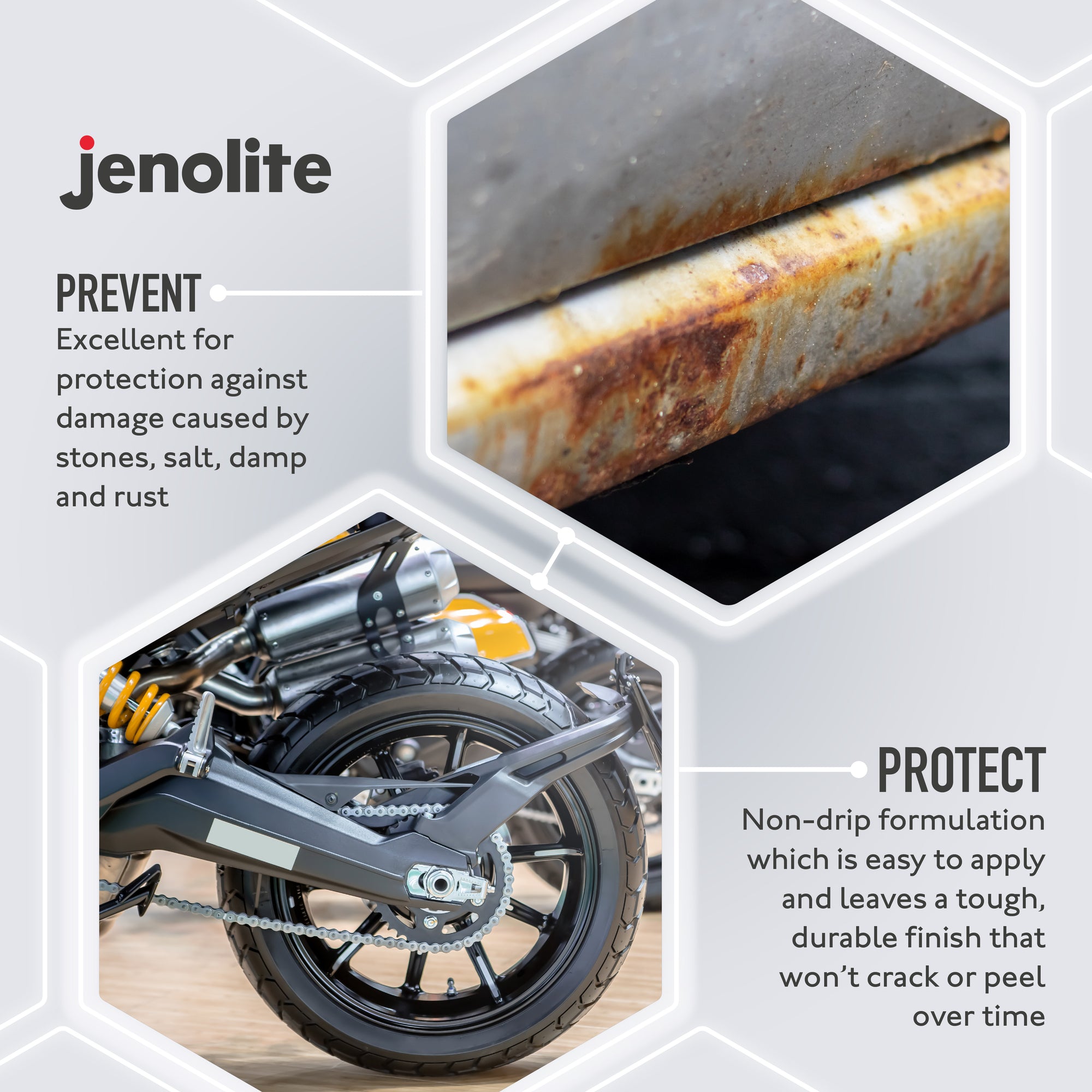
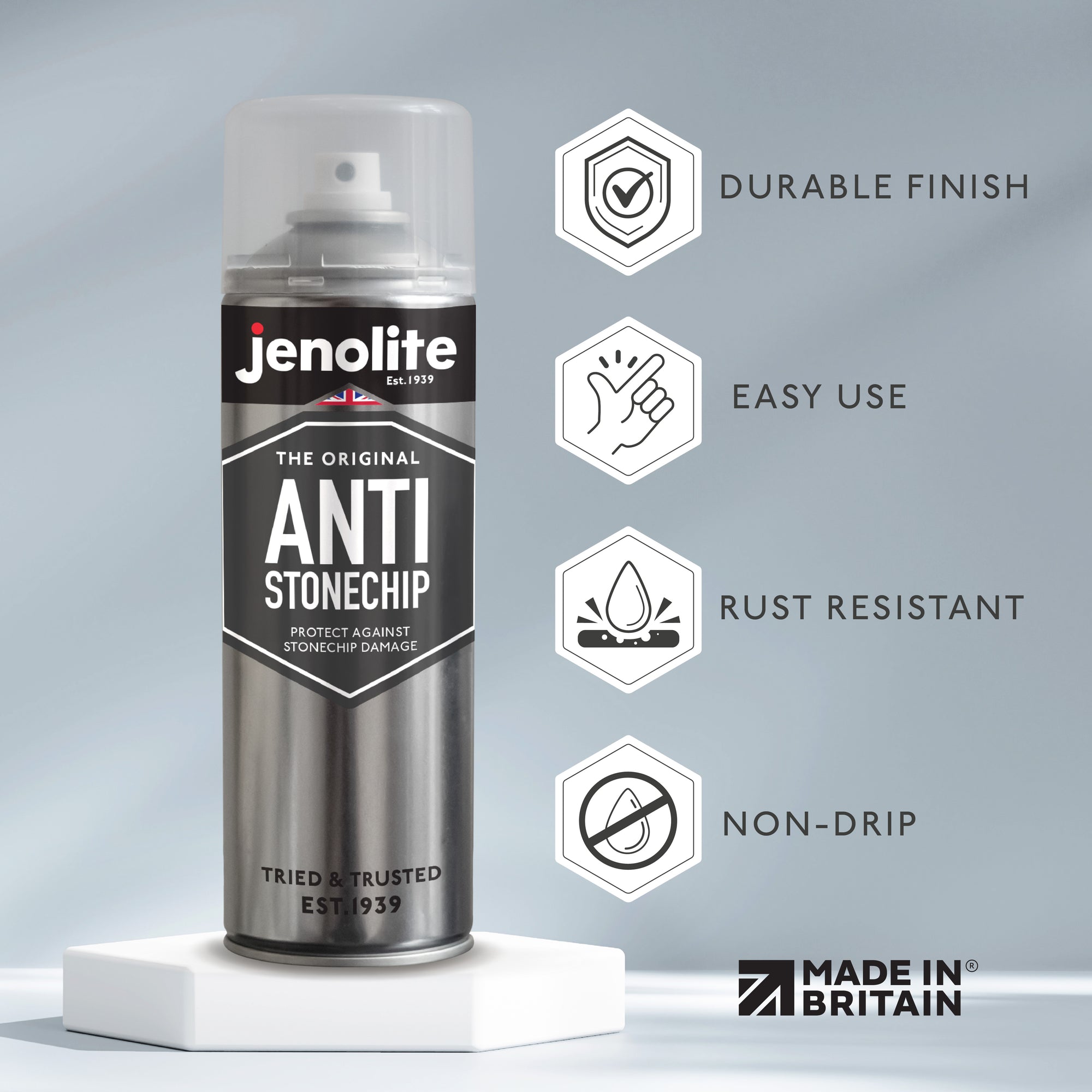
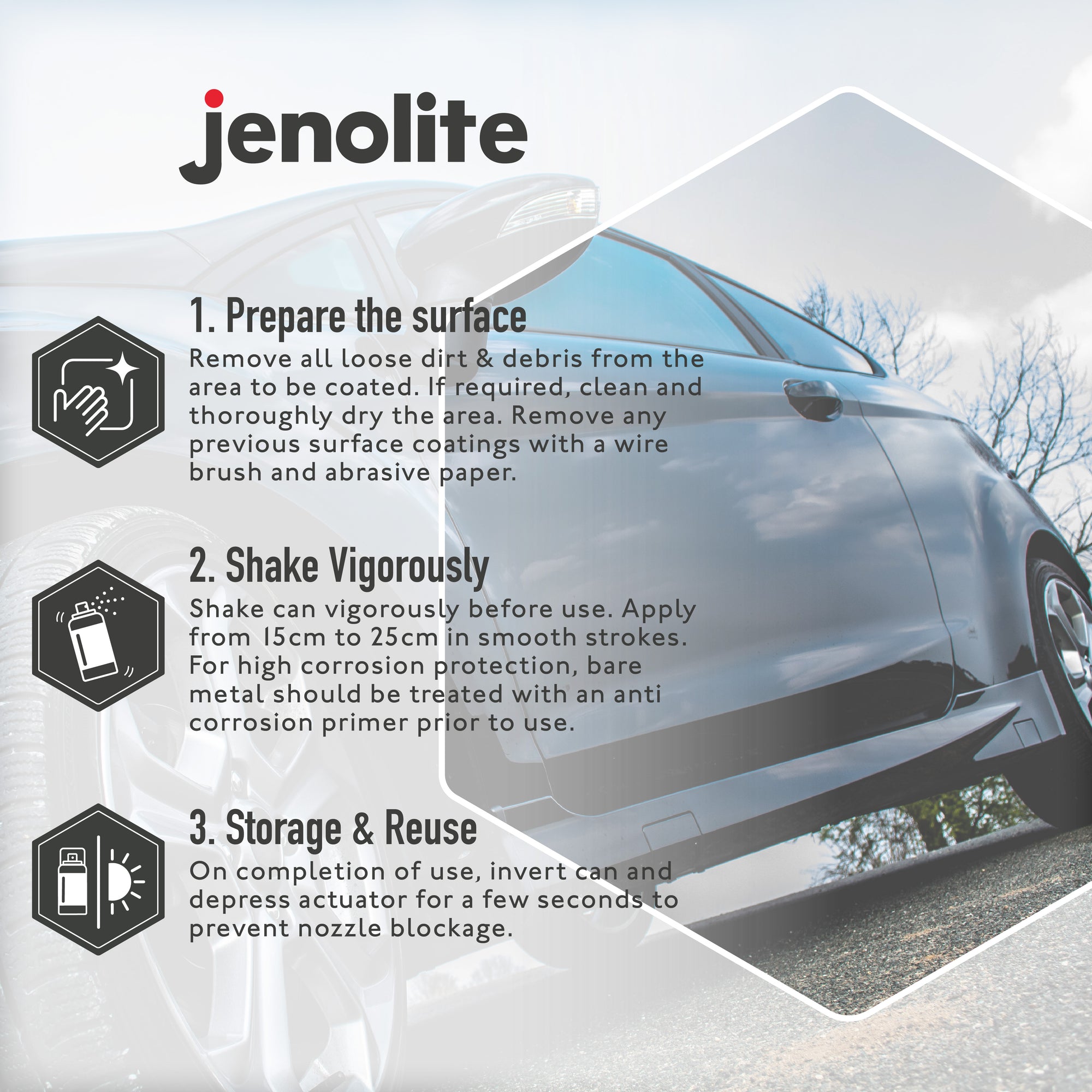
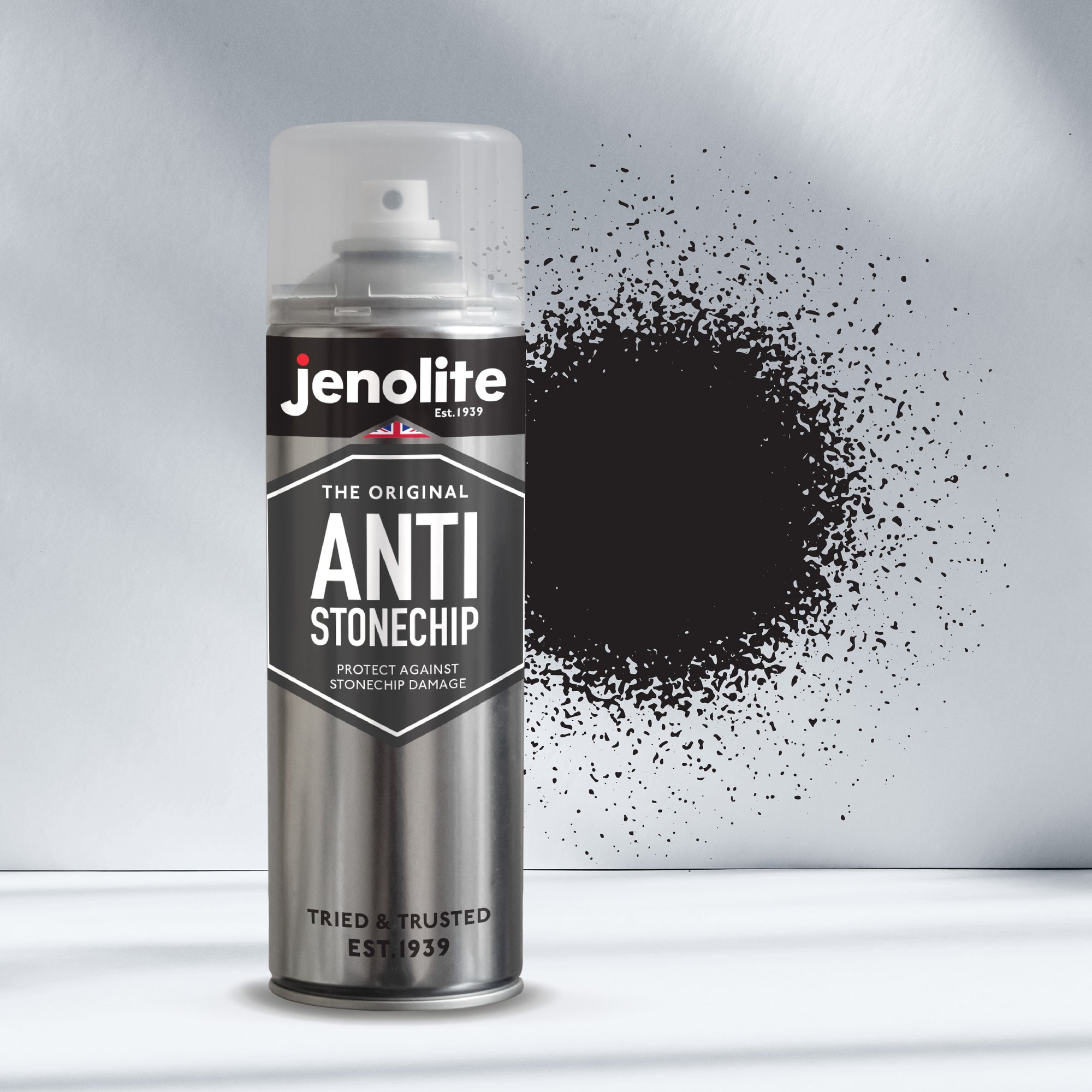
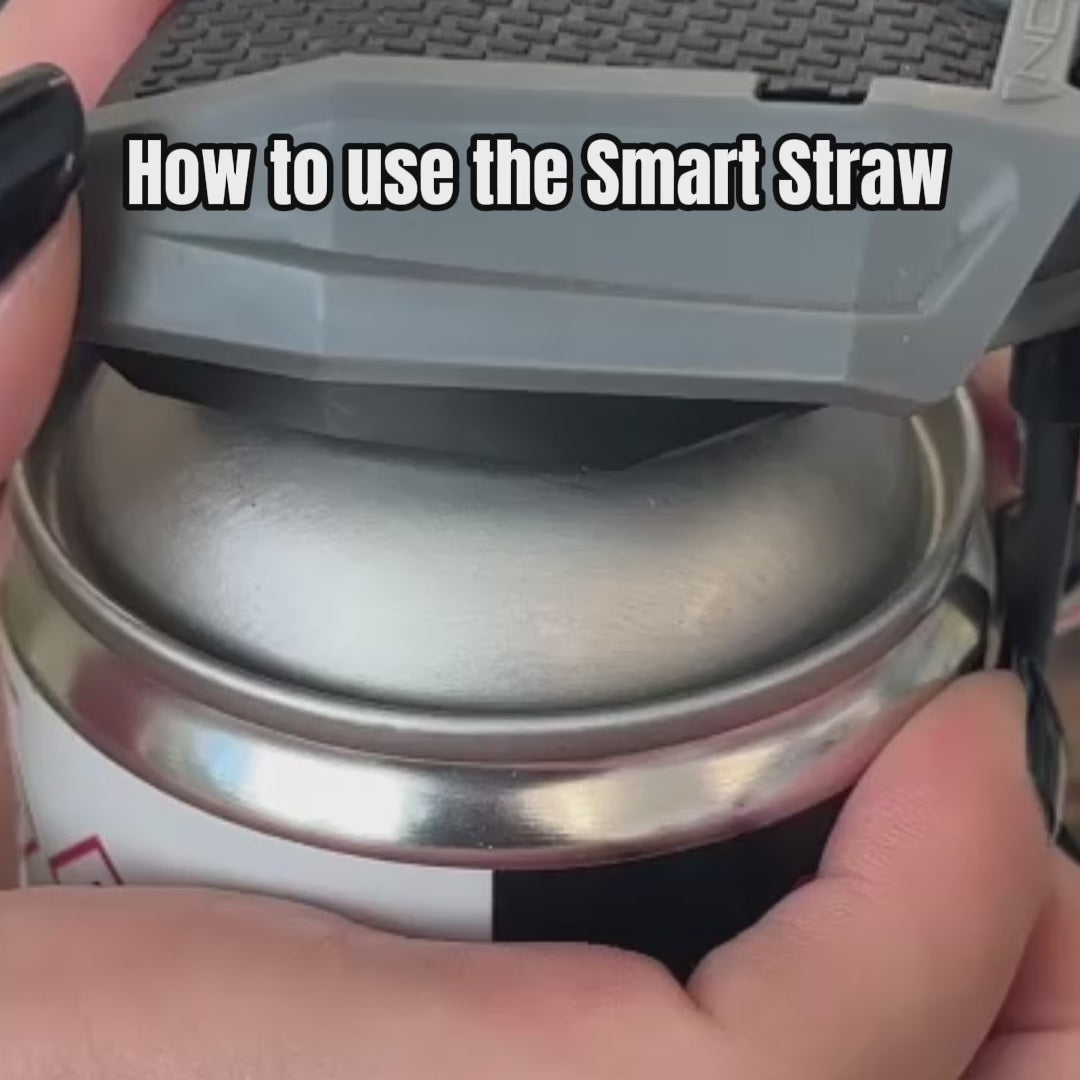
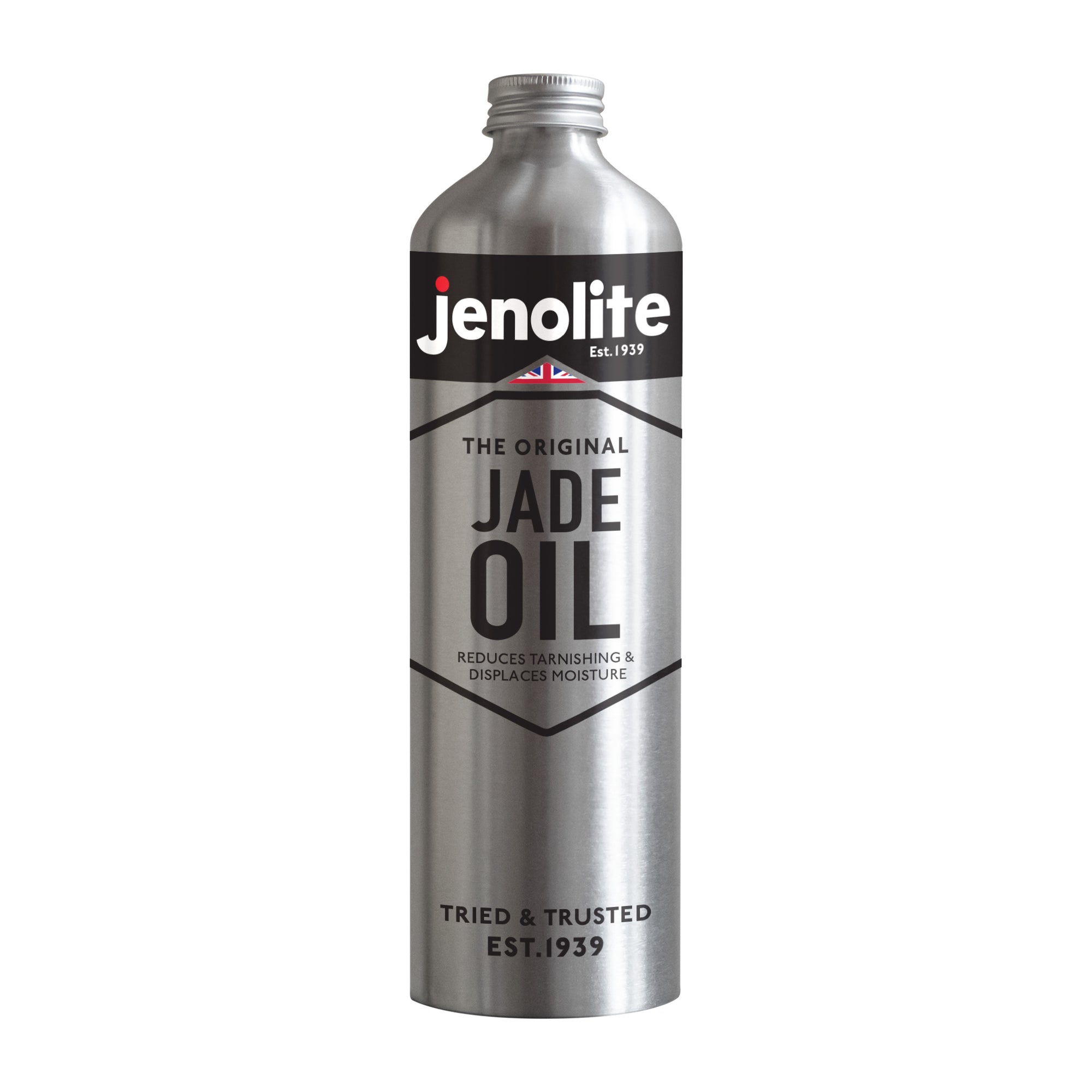
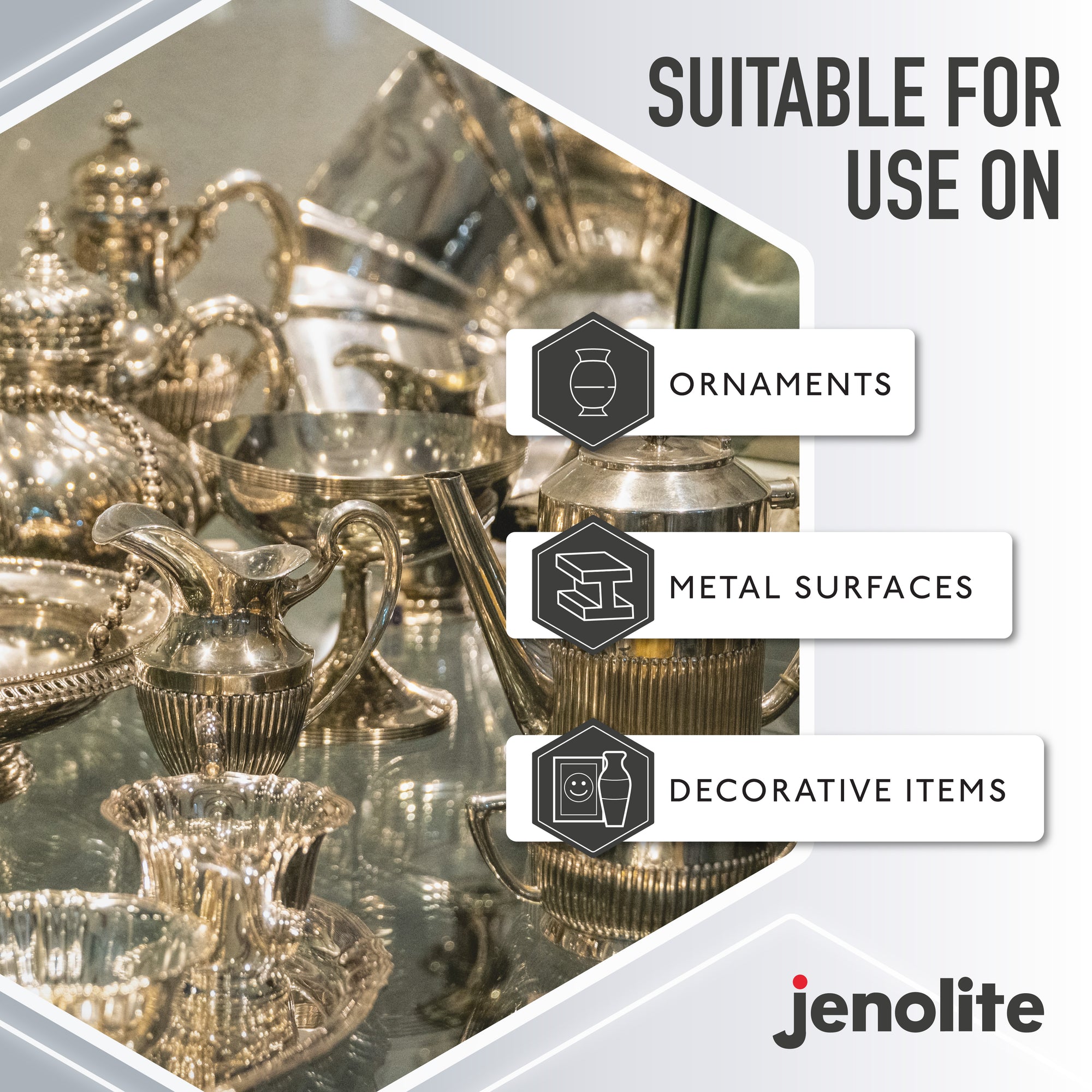
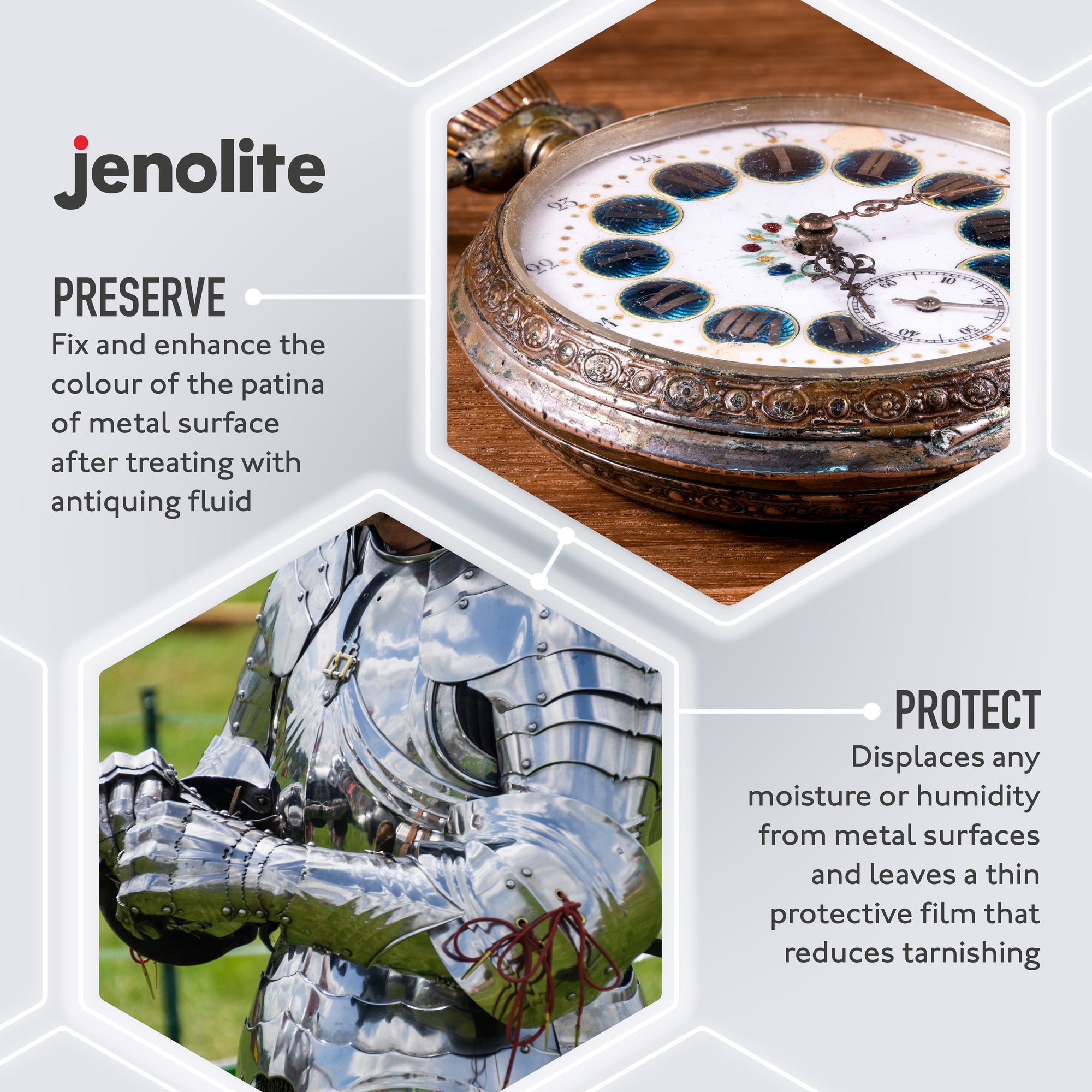
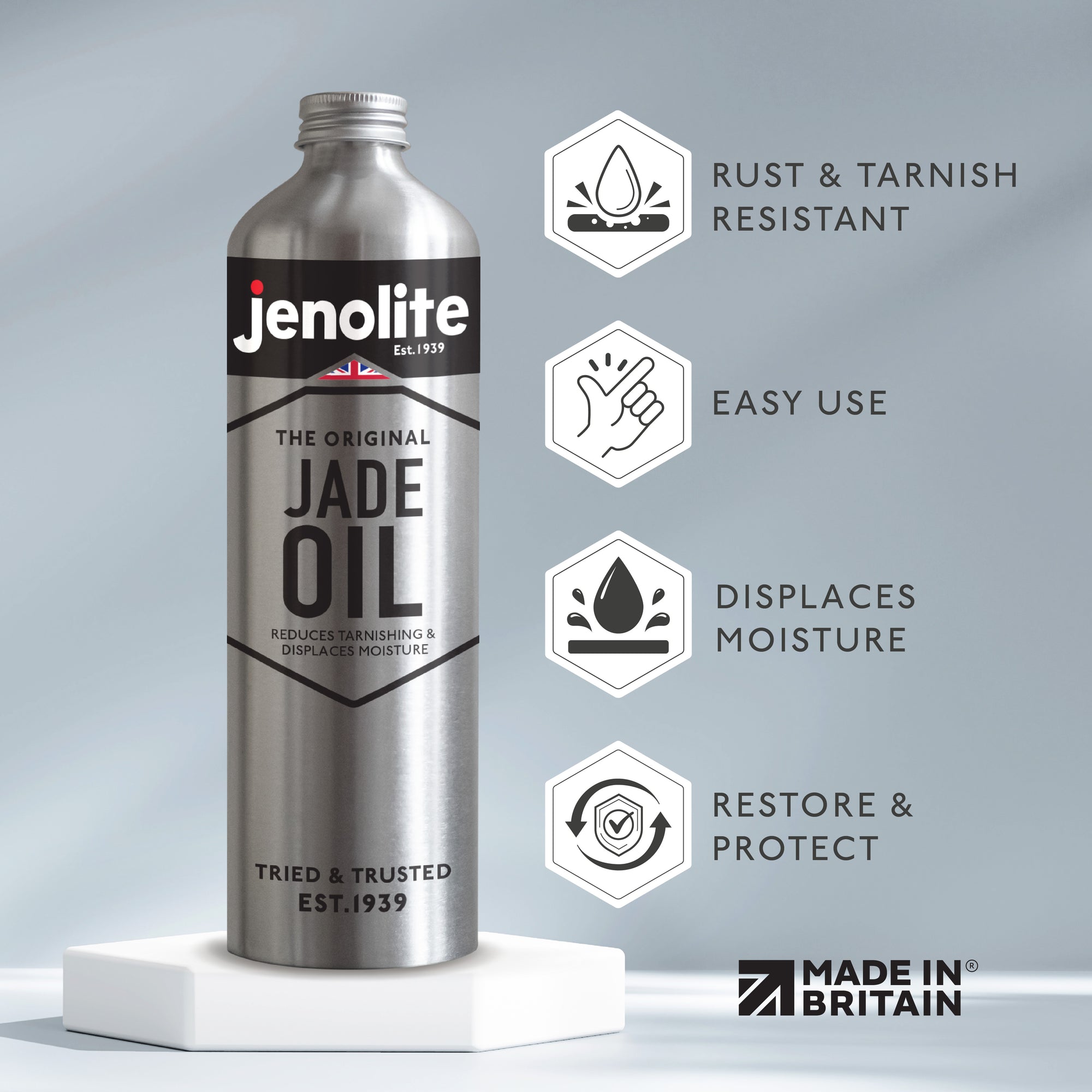
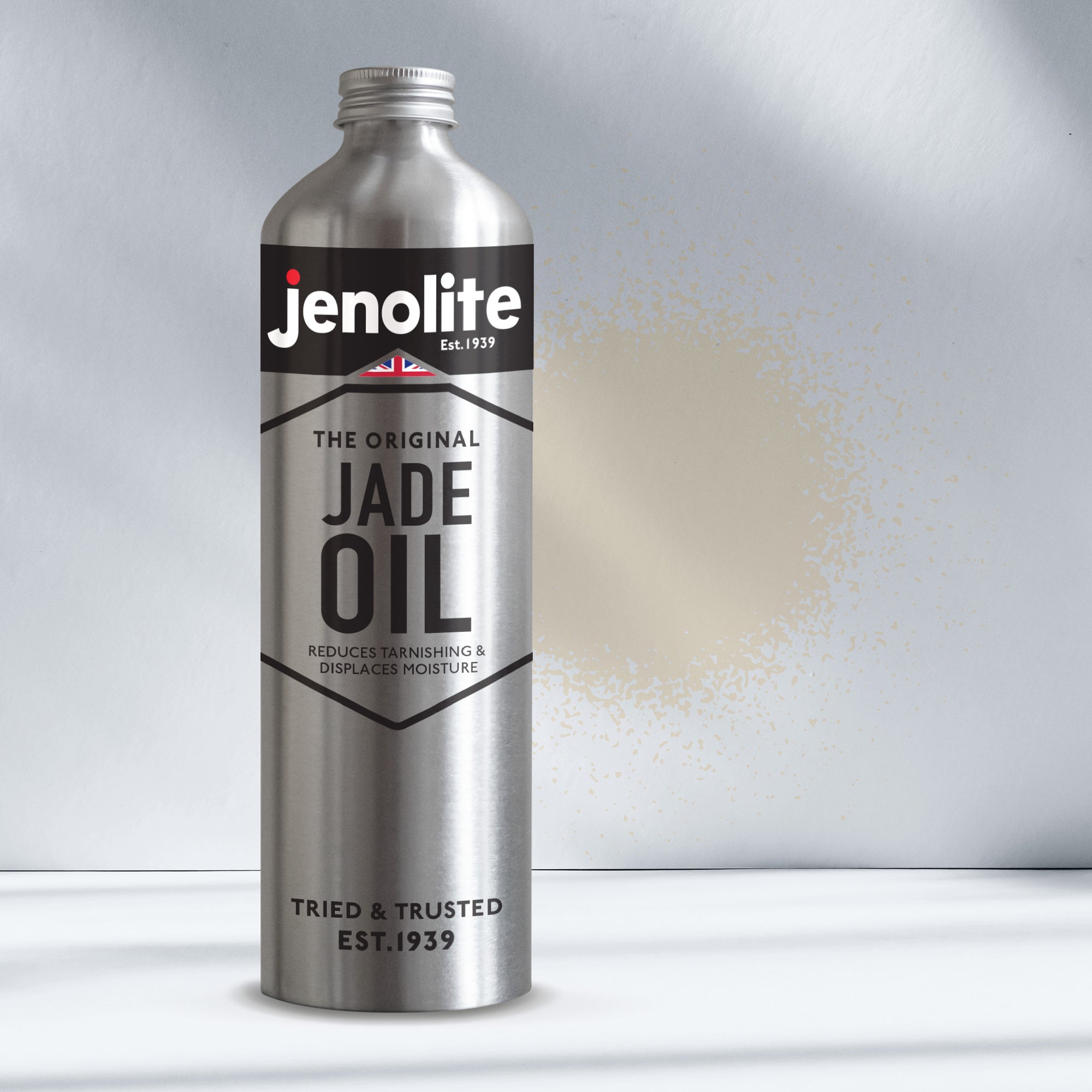
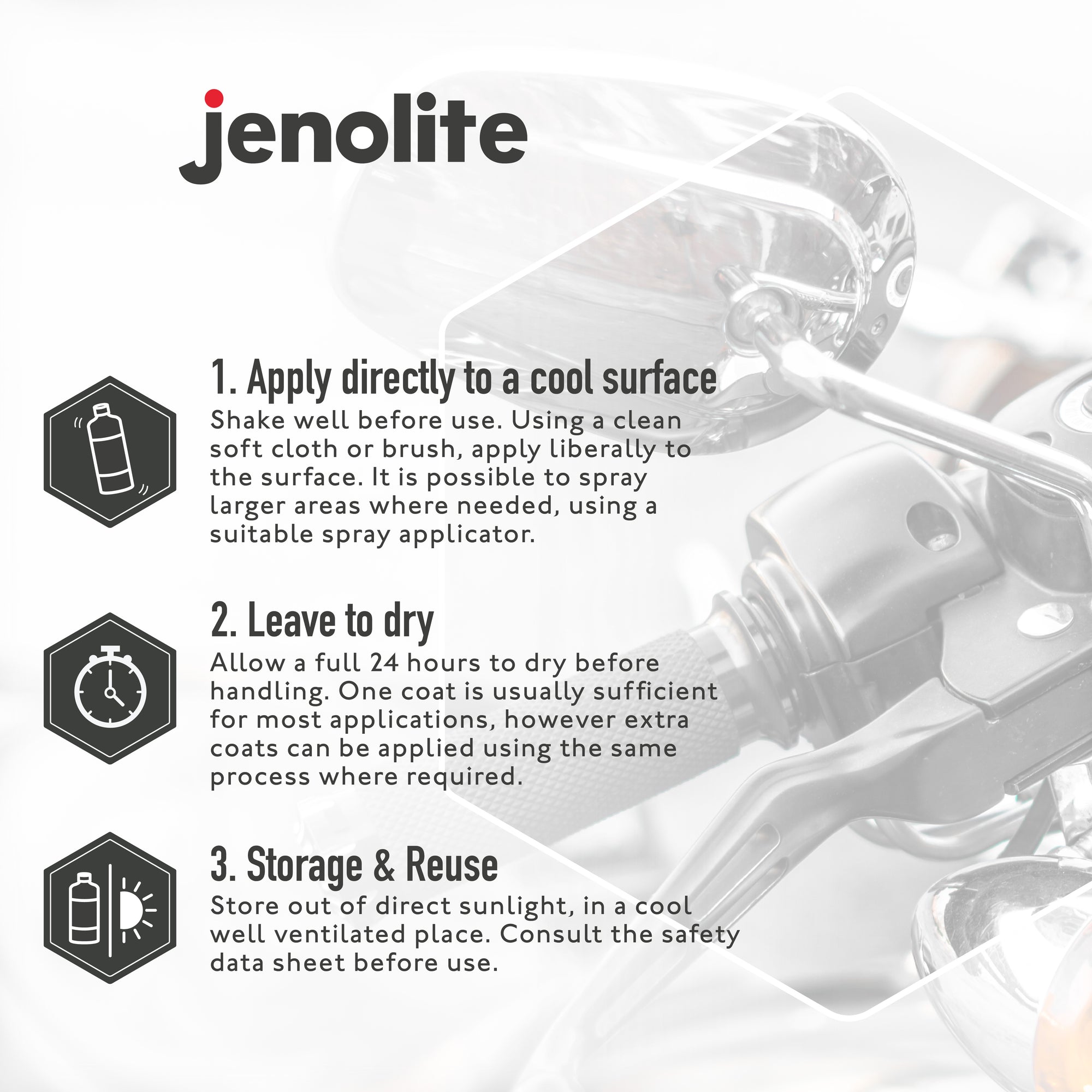







![Rust Remover vs Rust Converter: Which To Use? | [UPDATE 2024] A comprehensive guide](http://www.jenolite.com/cdn/shop/articles/Rust_Remover___Converter.webp?v=1706616225&width=2000)
